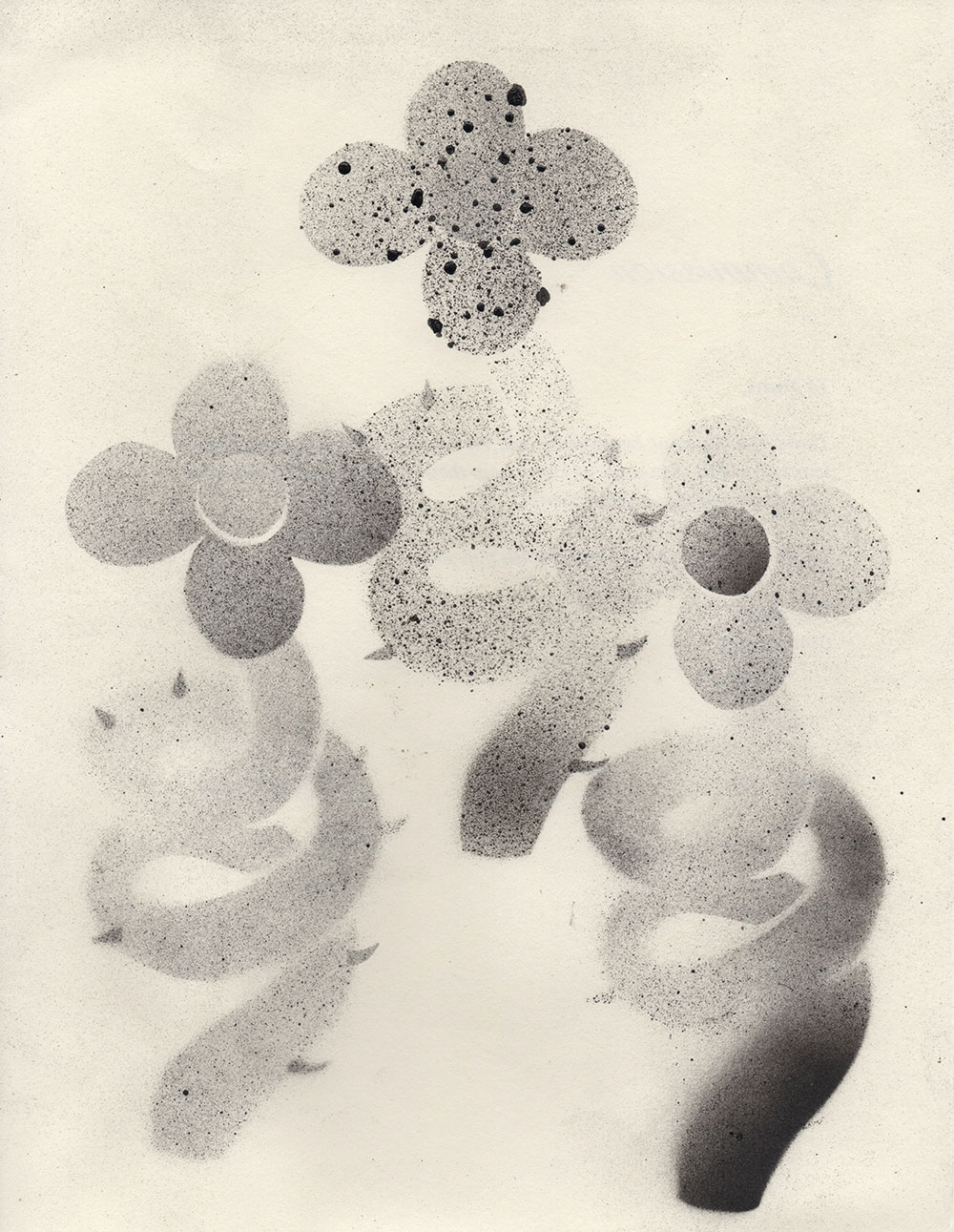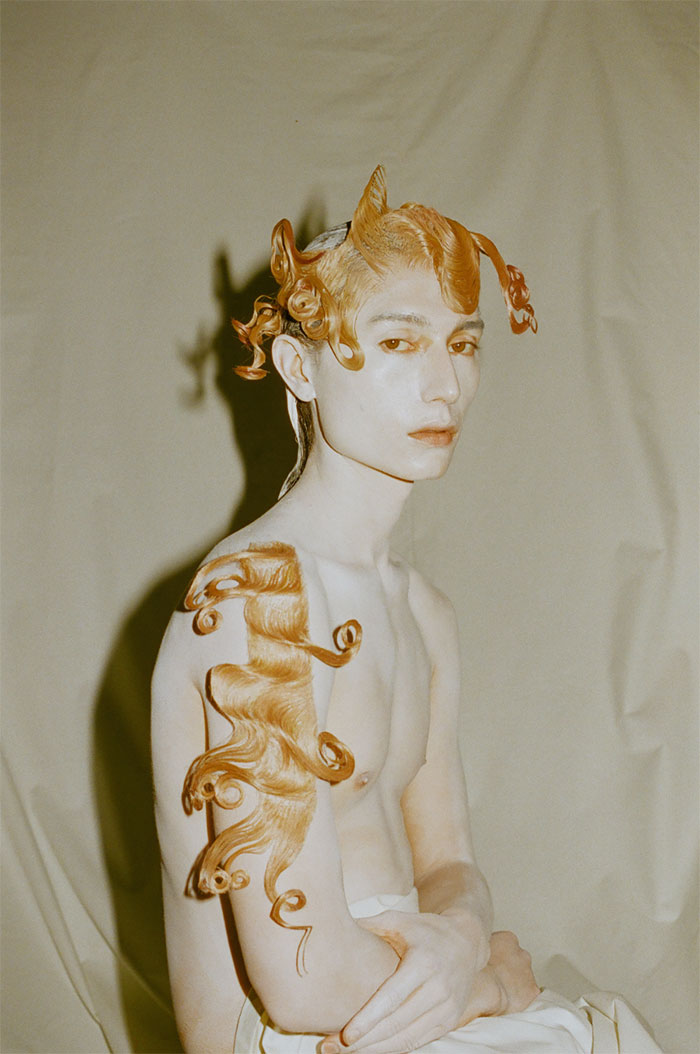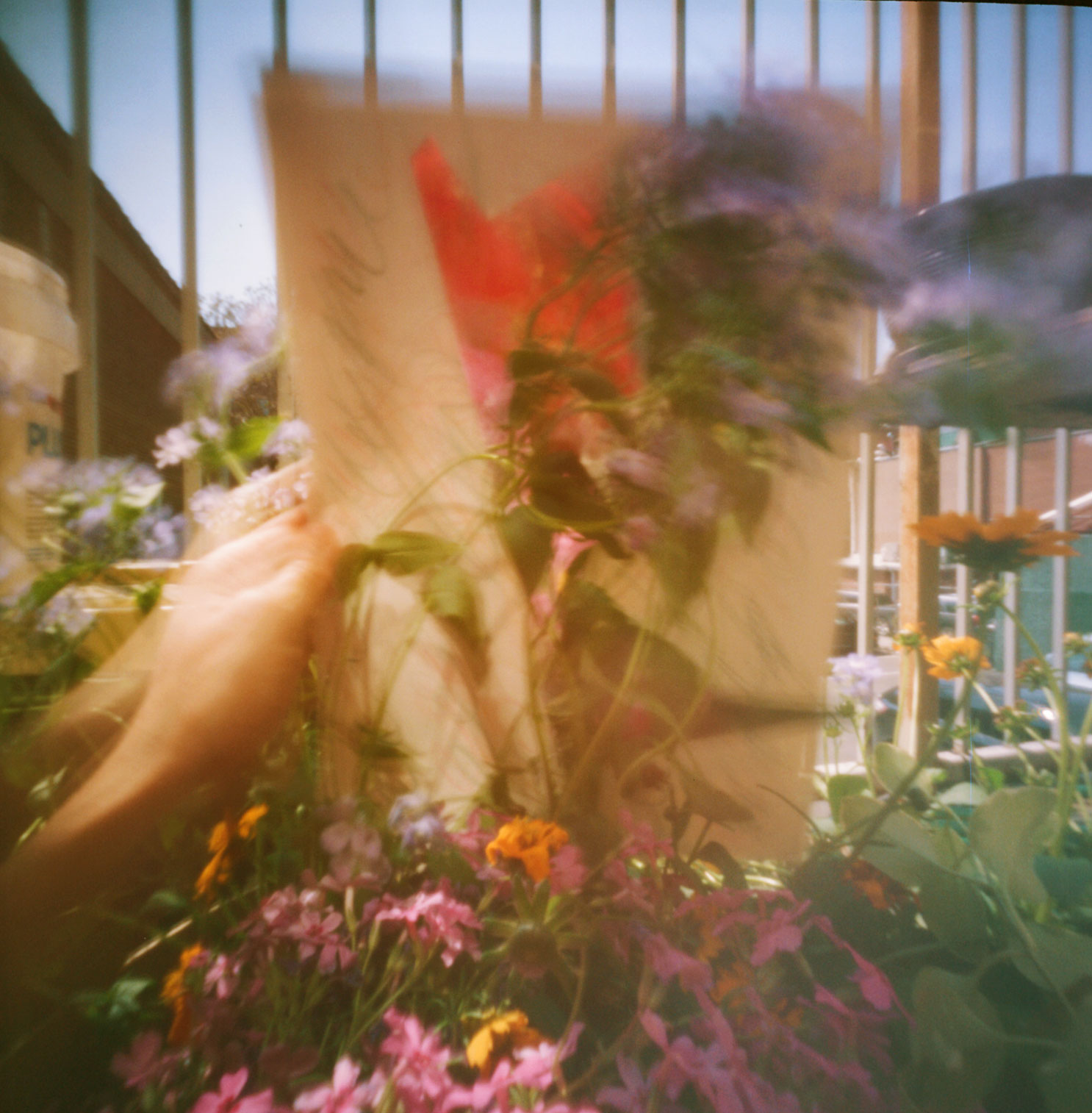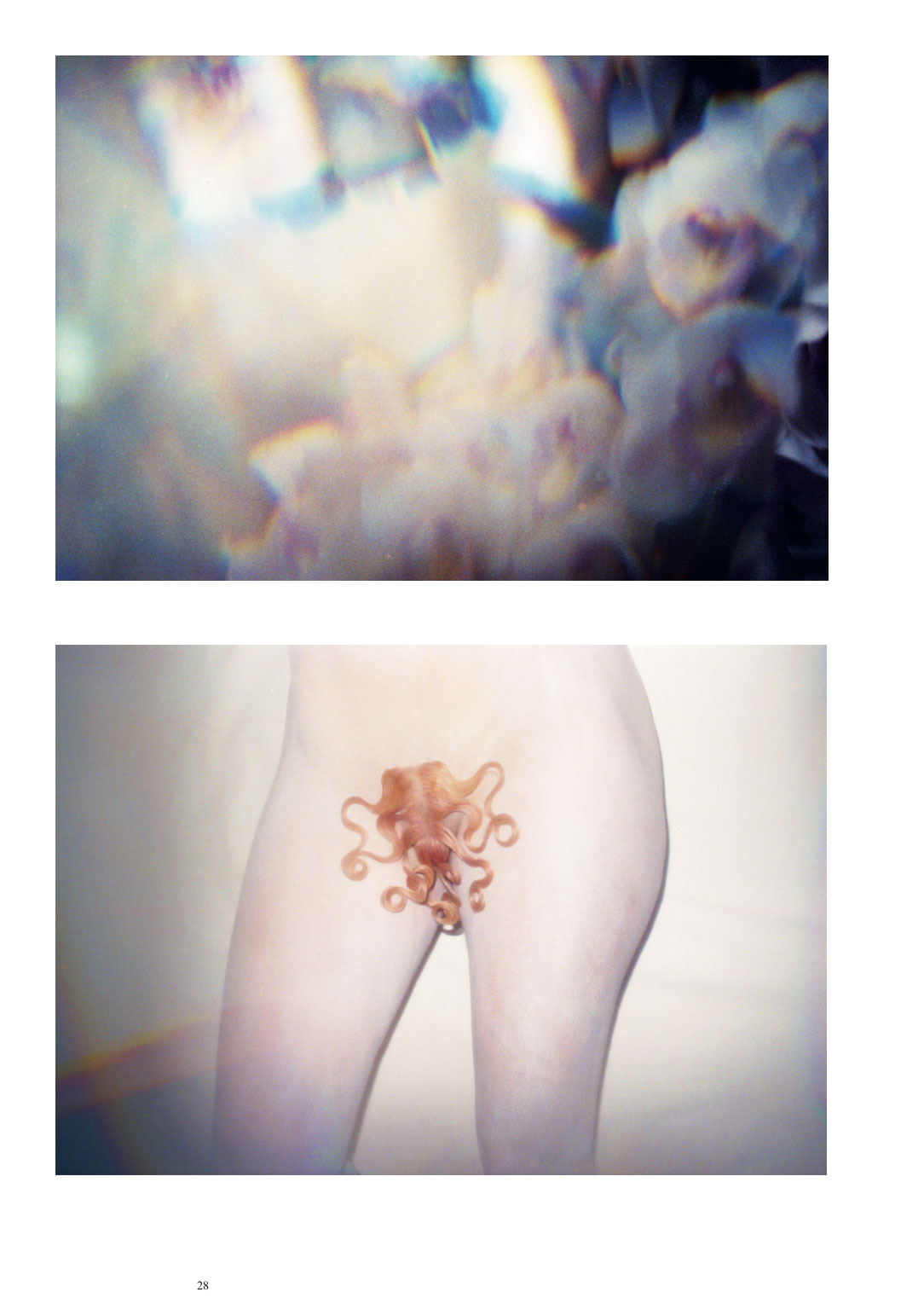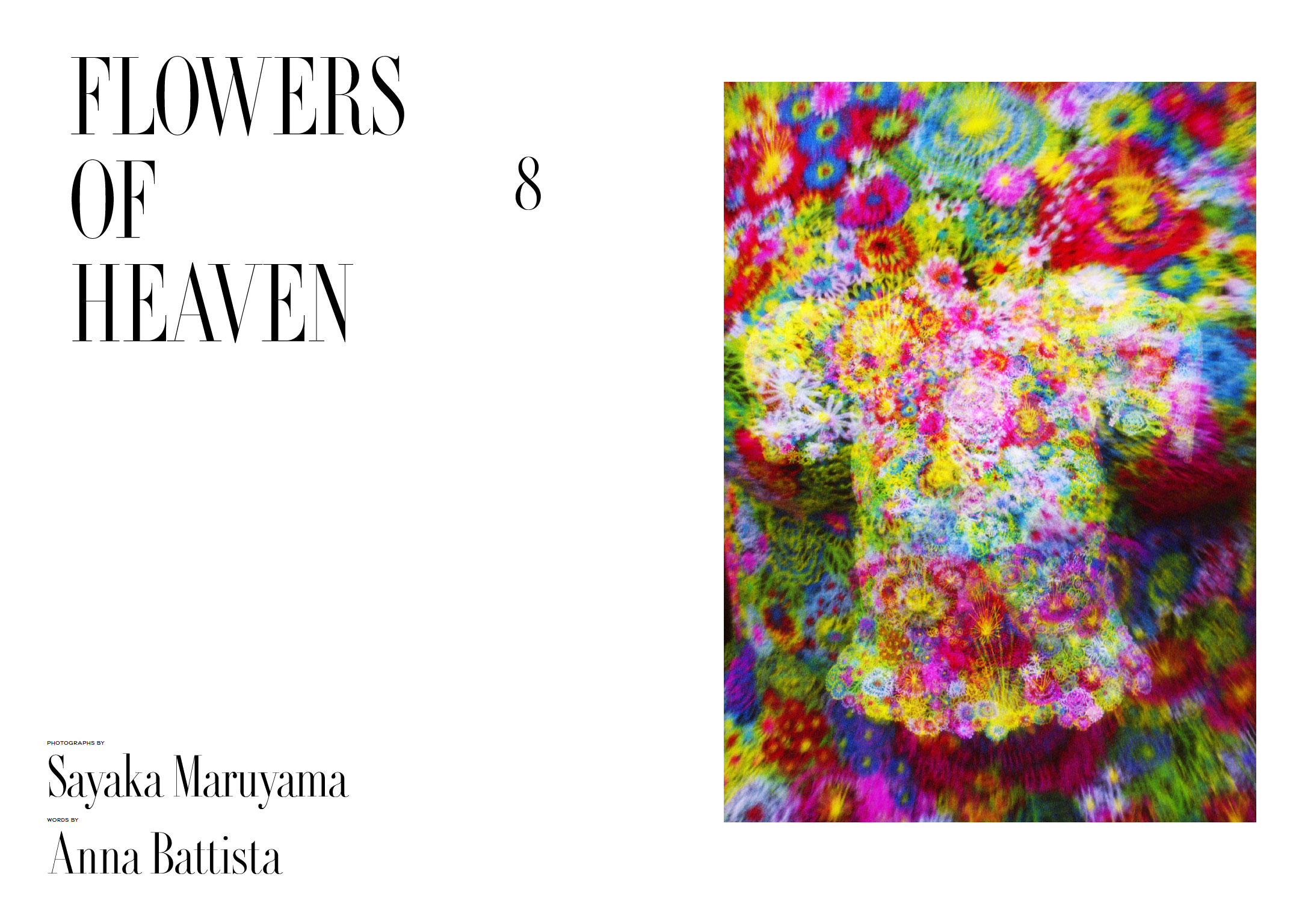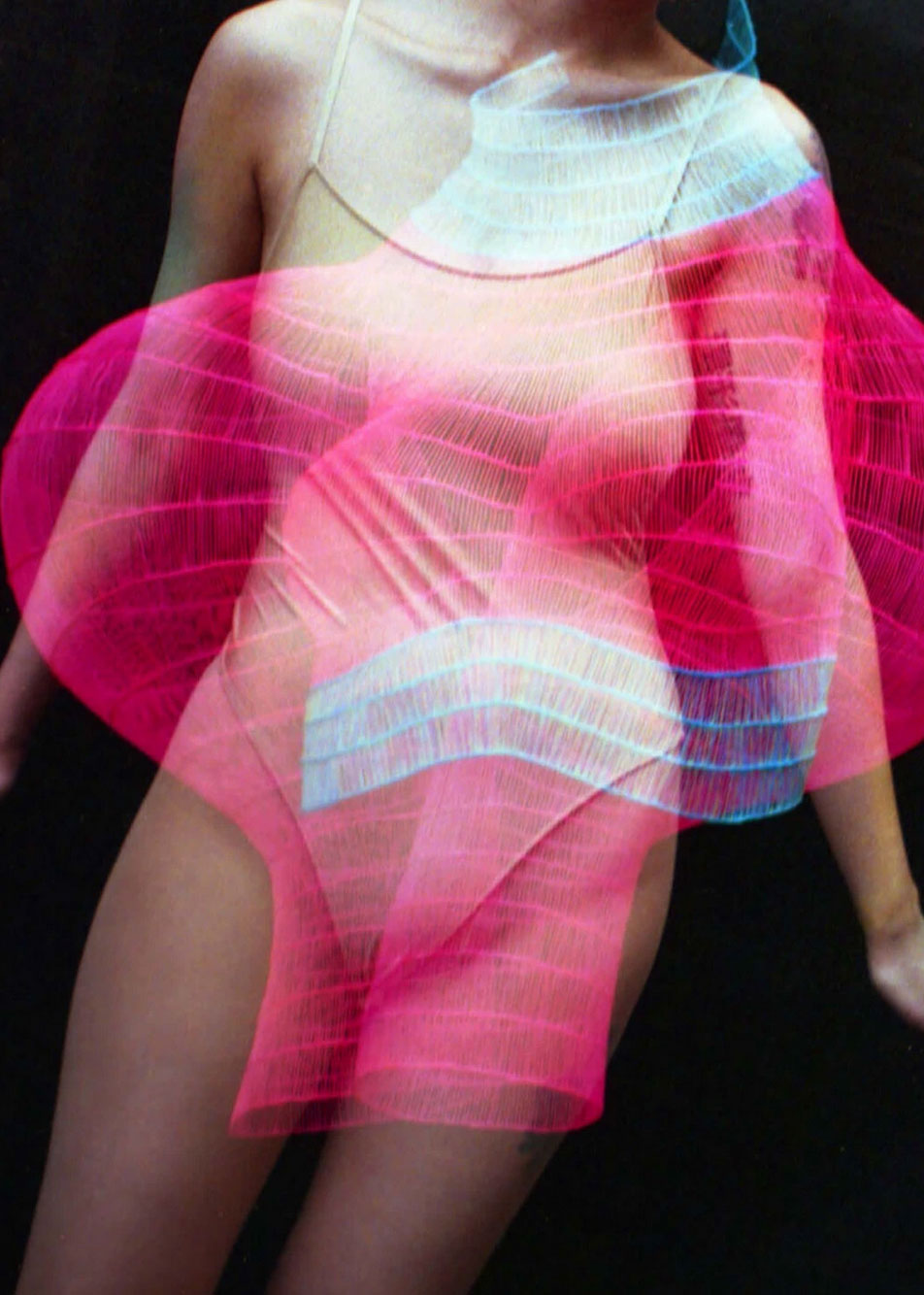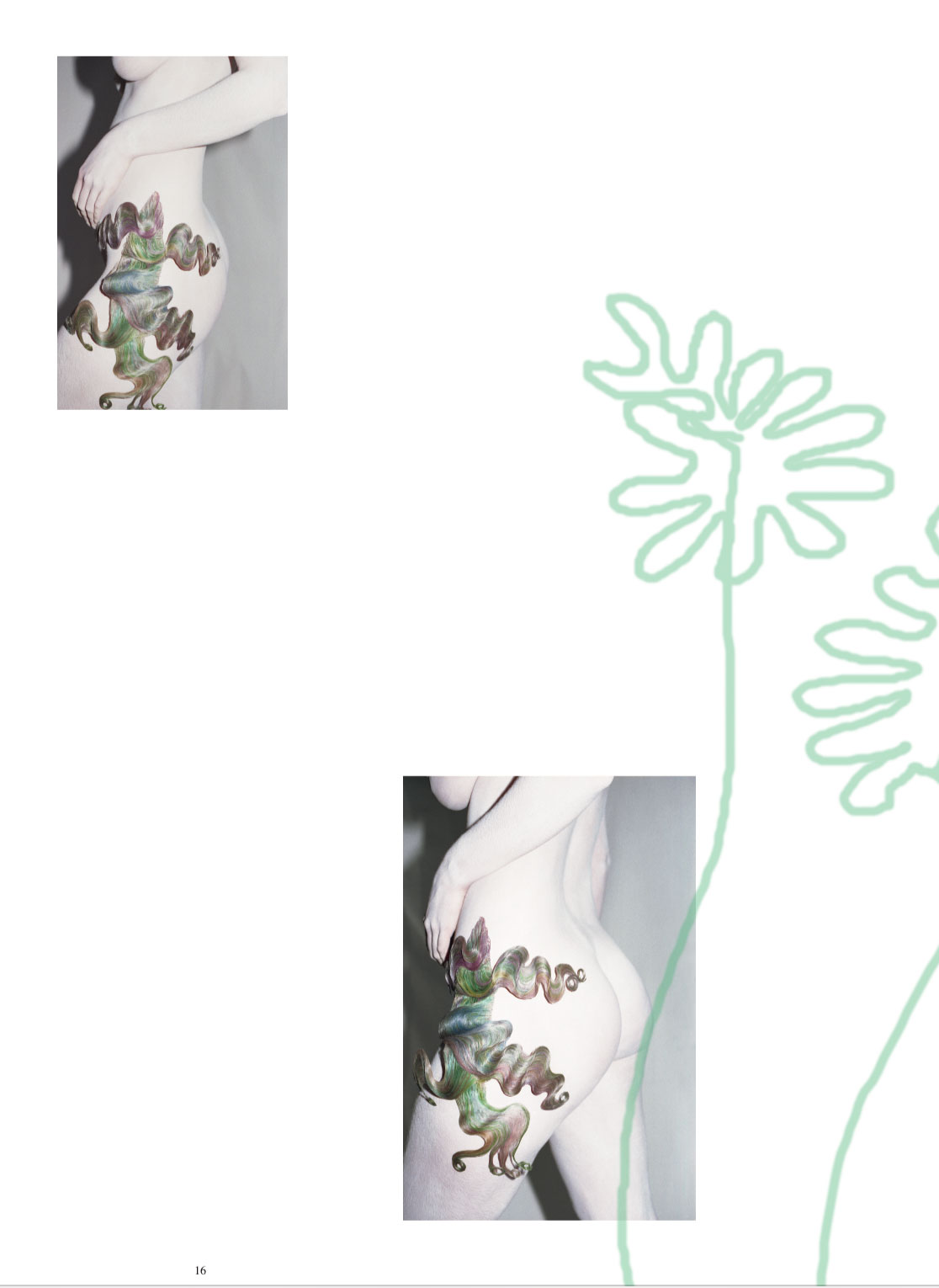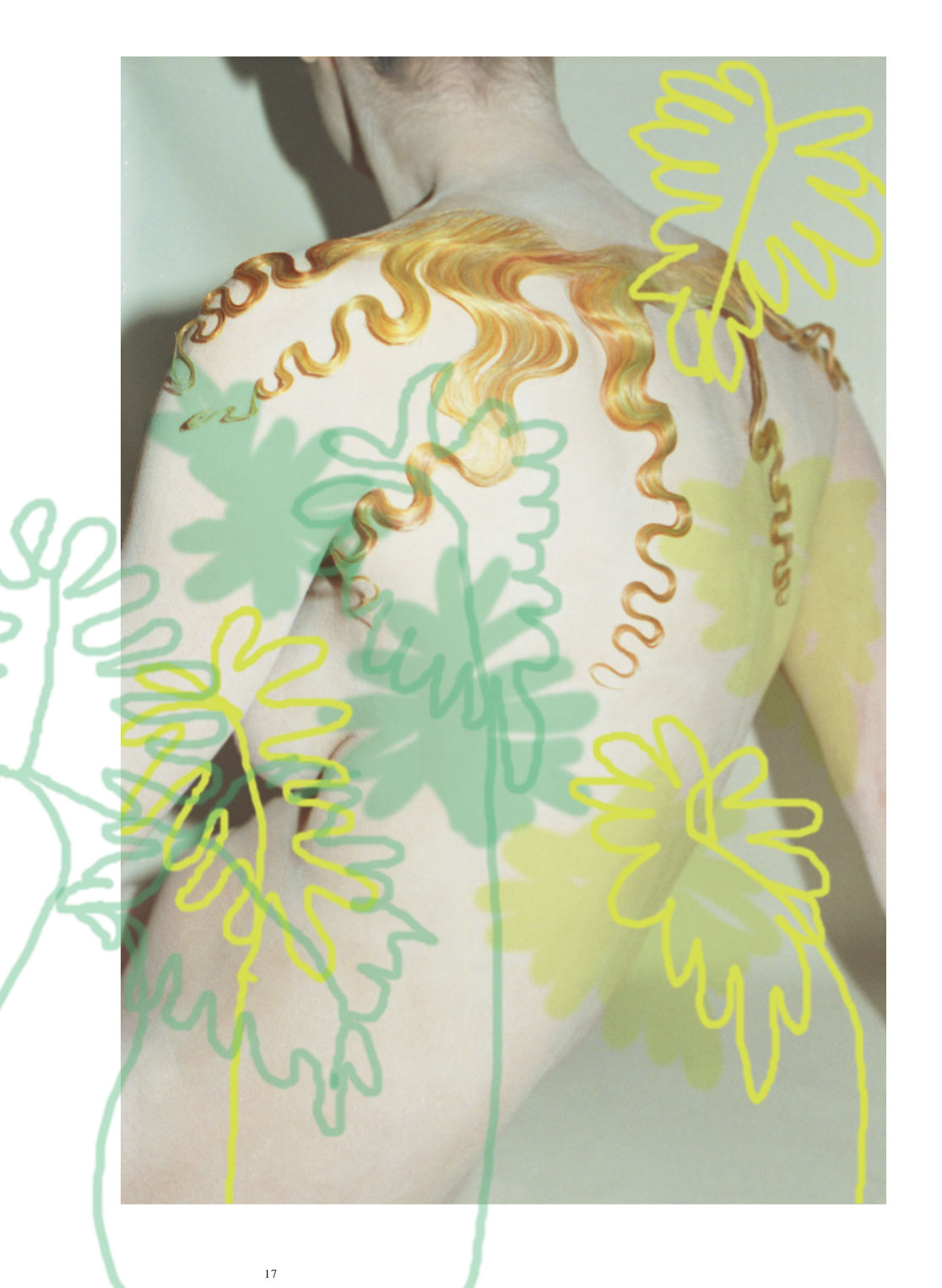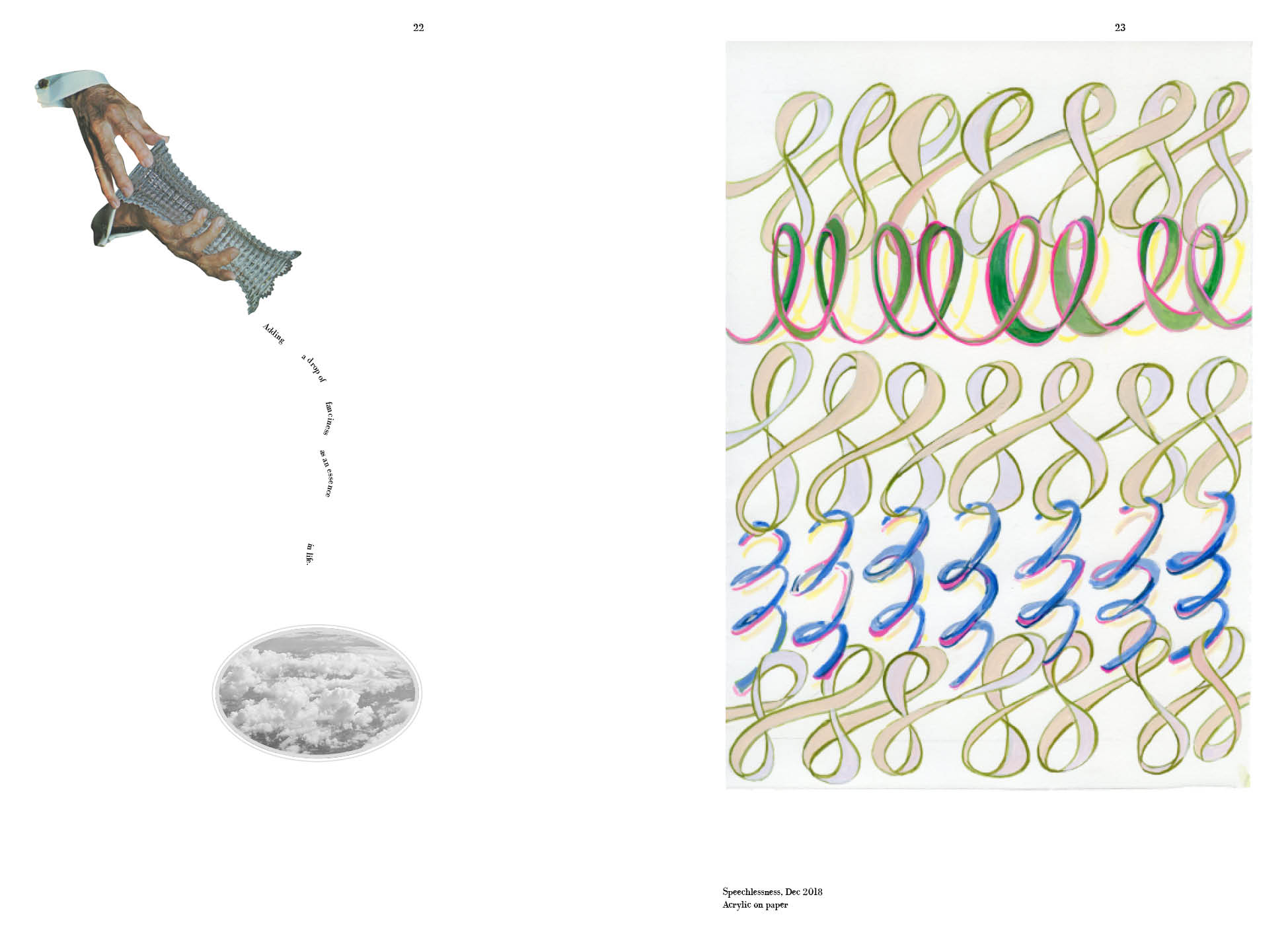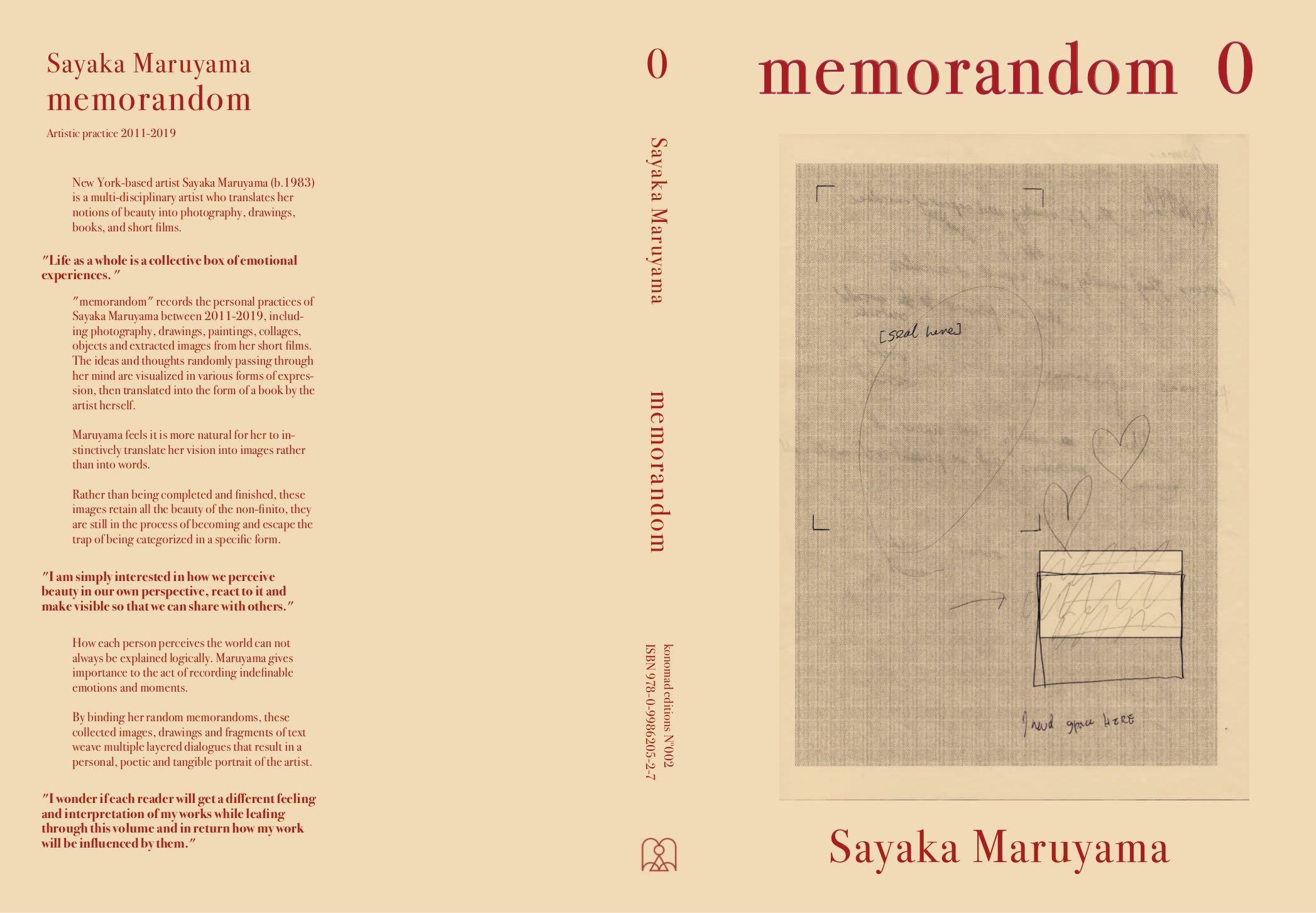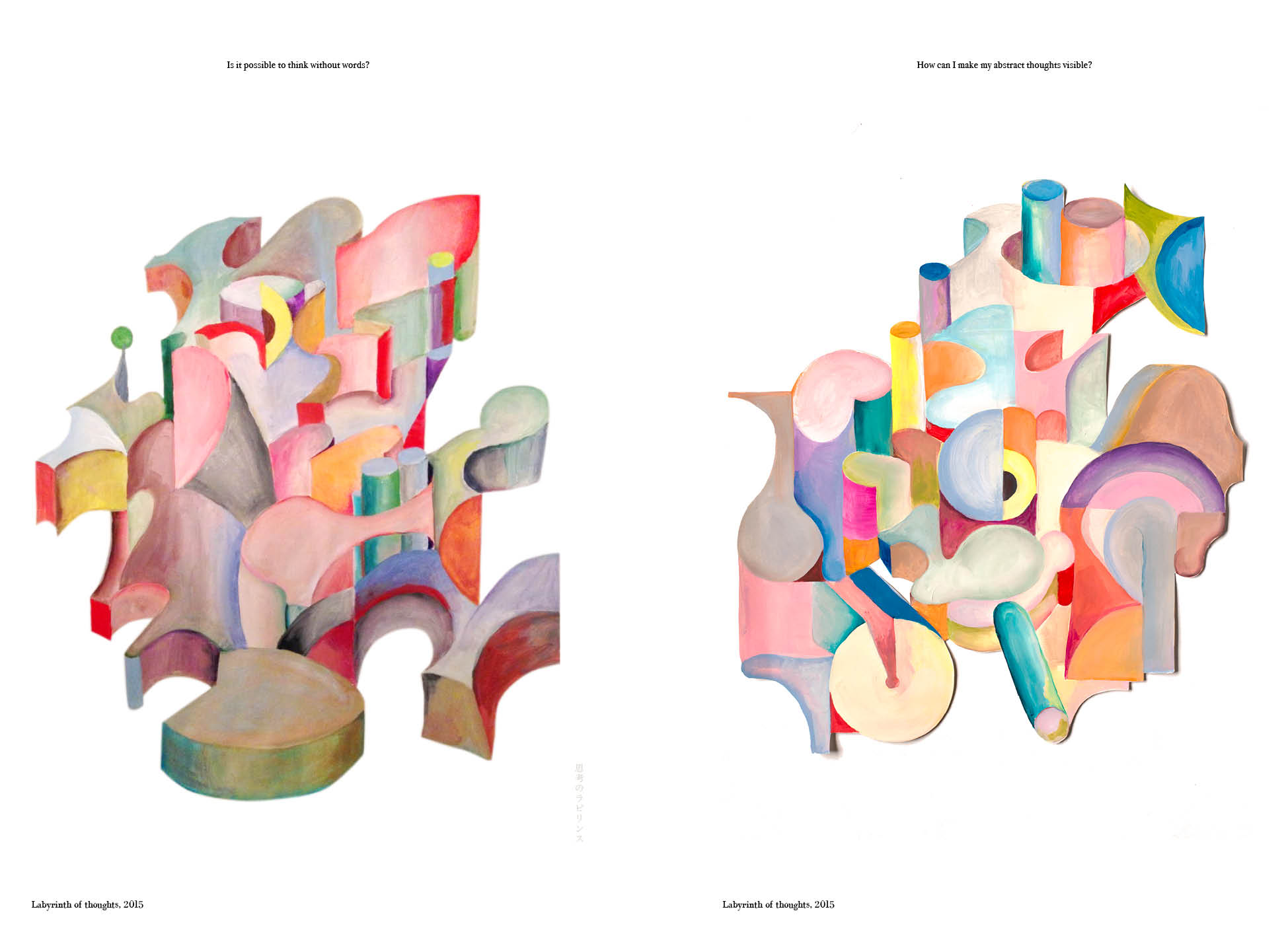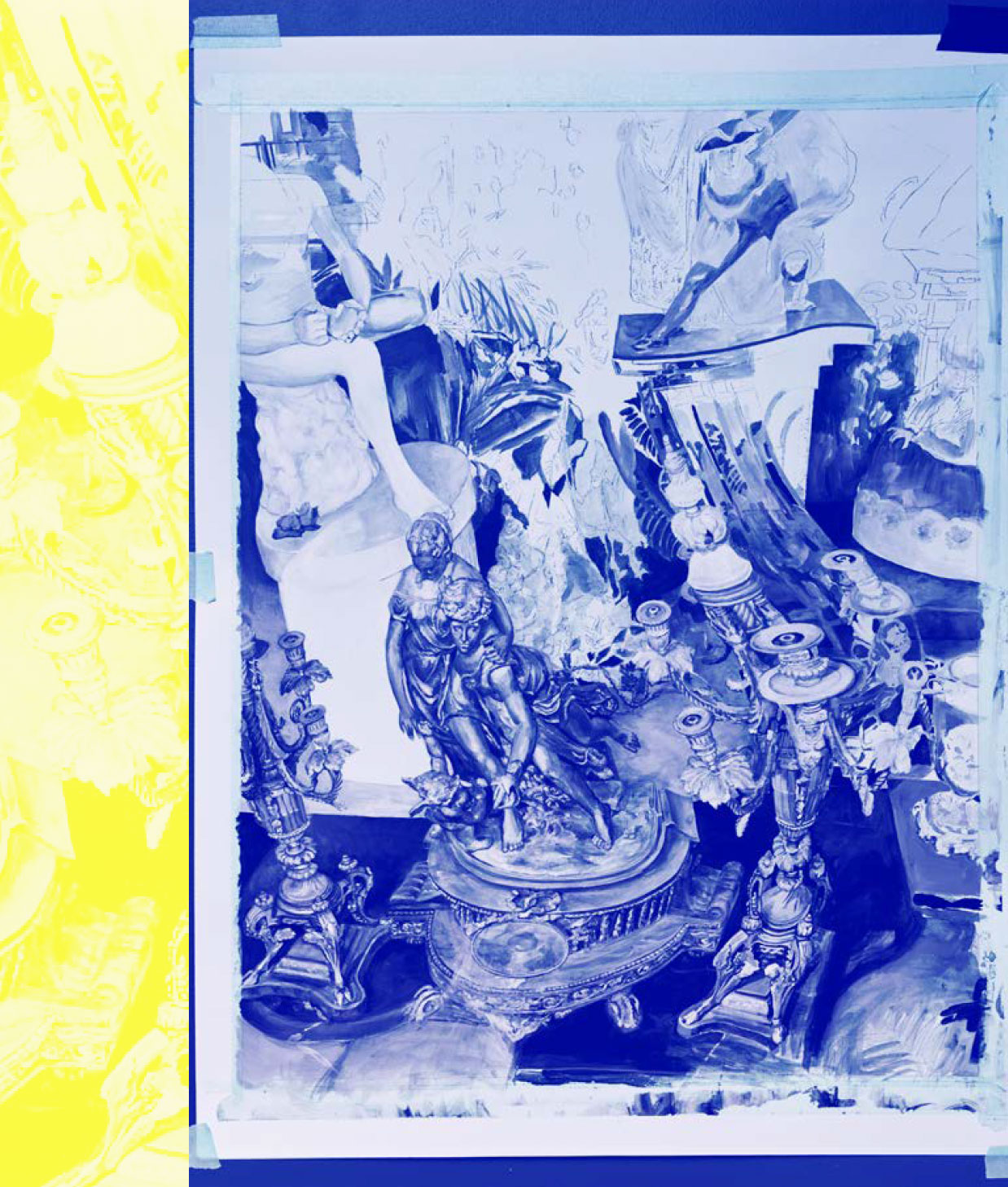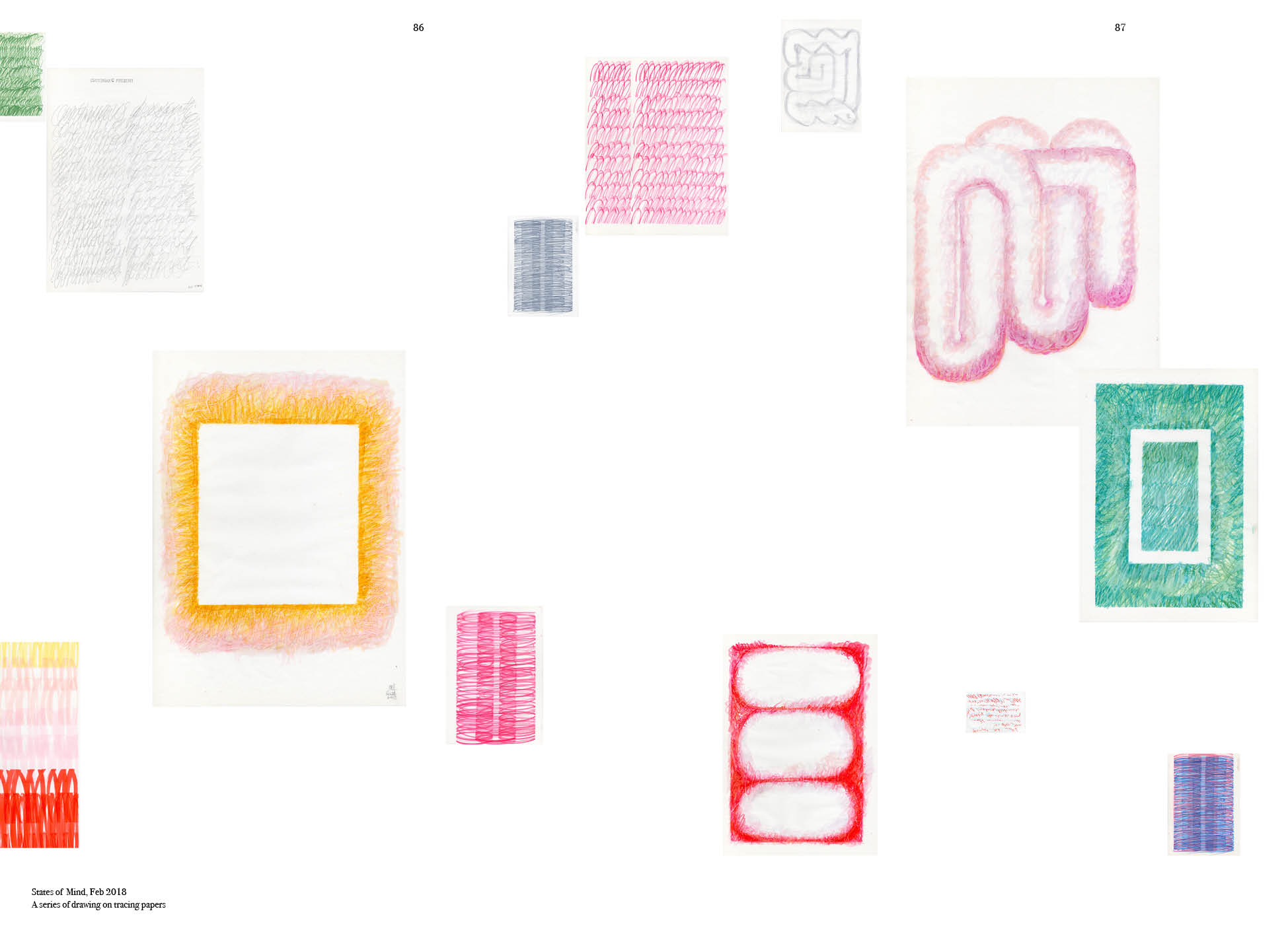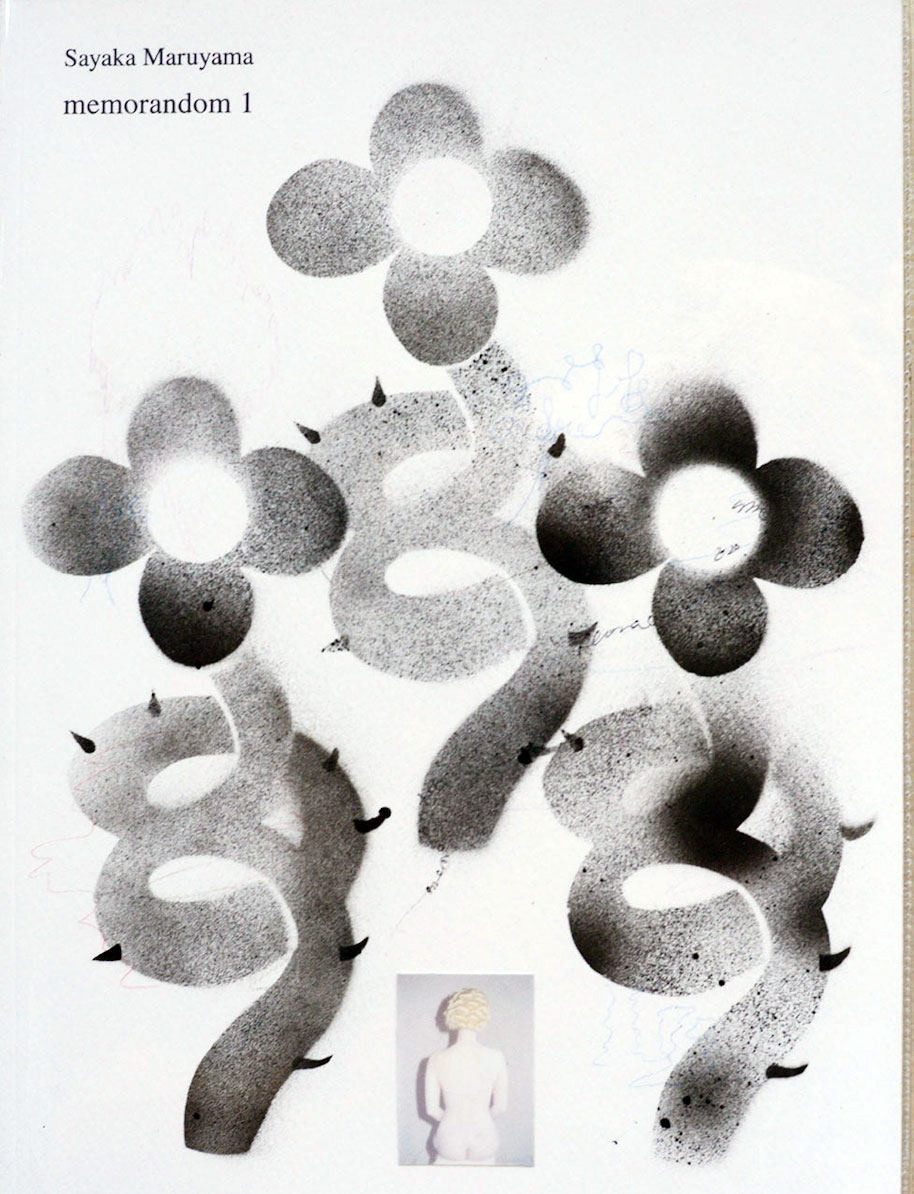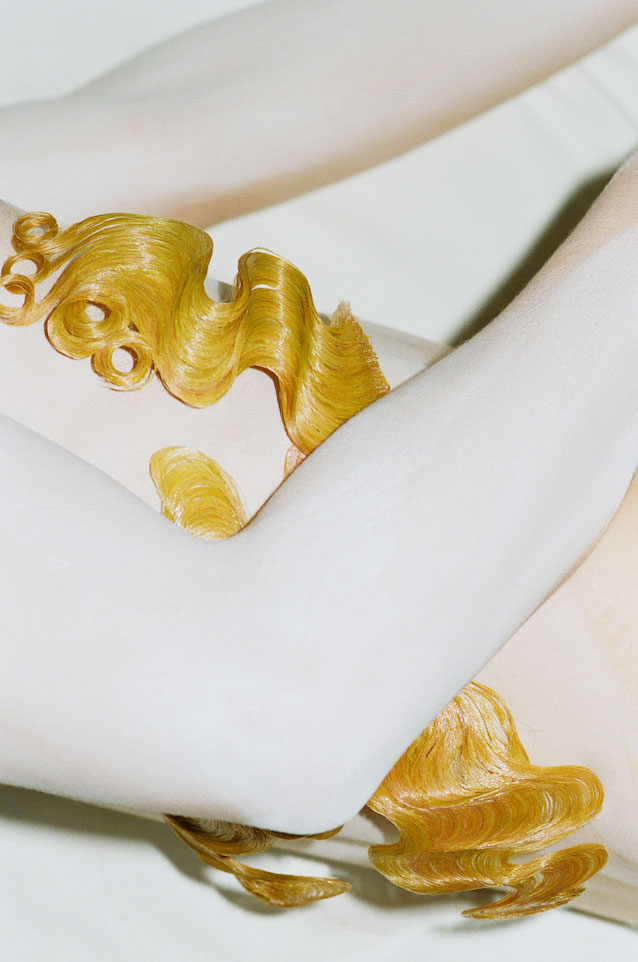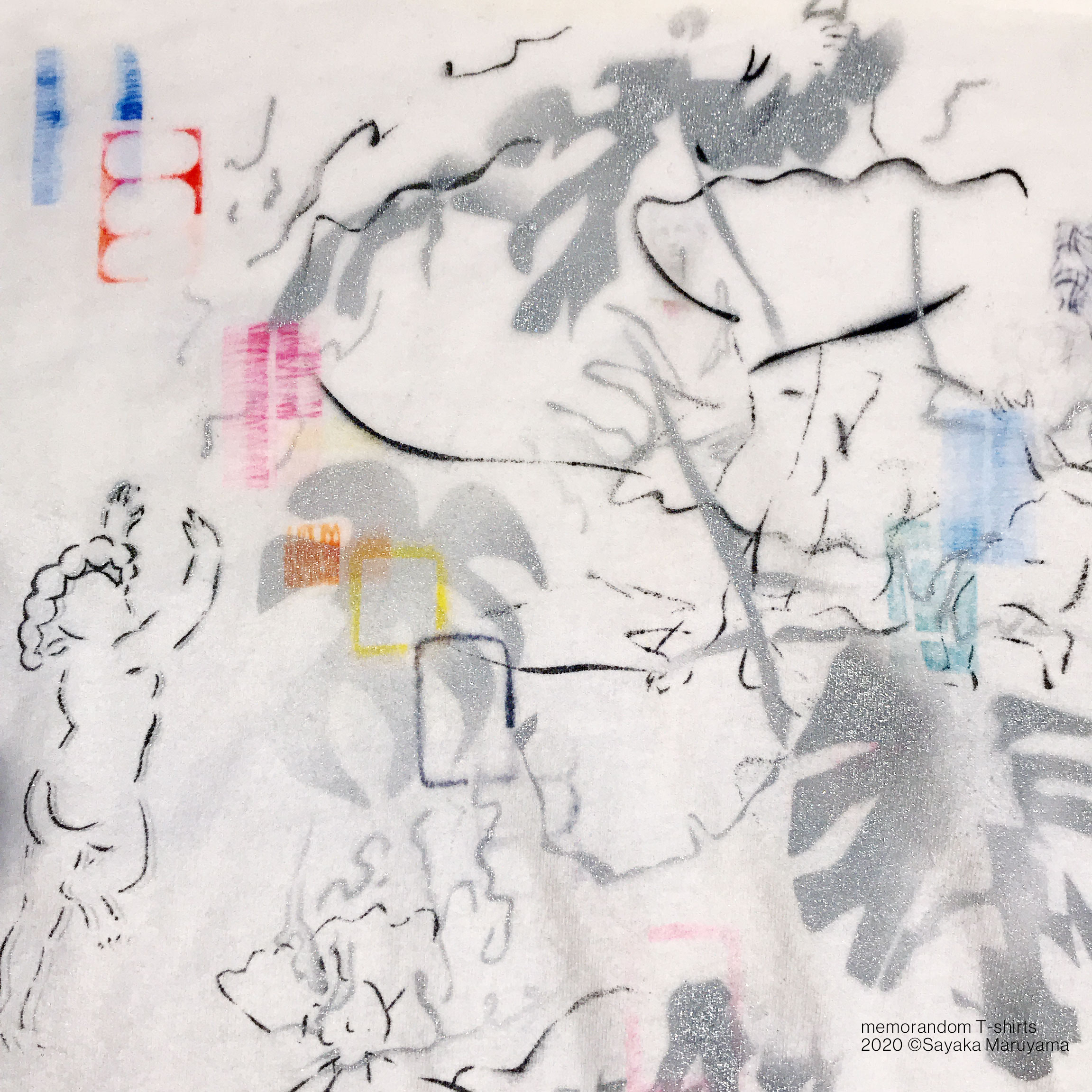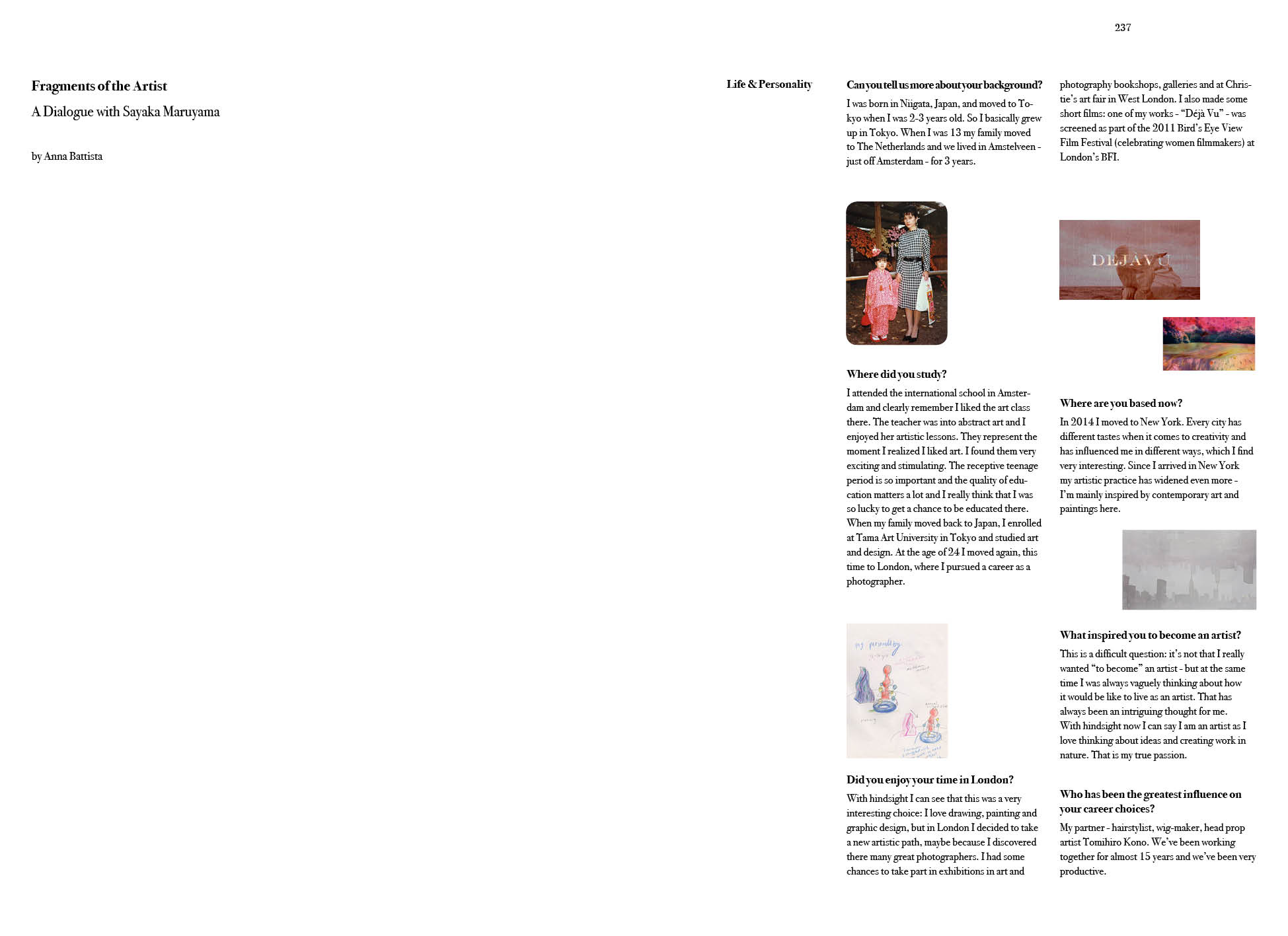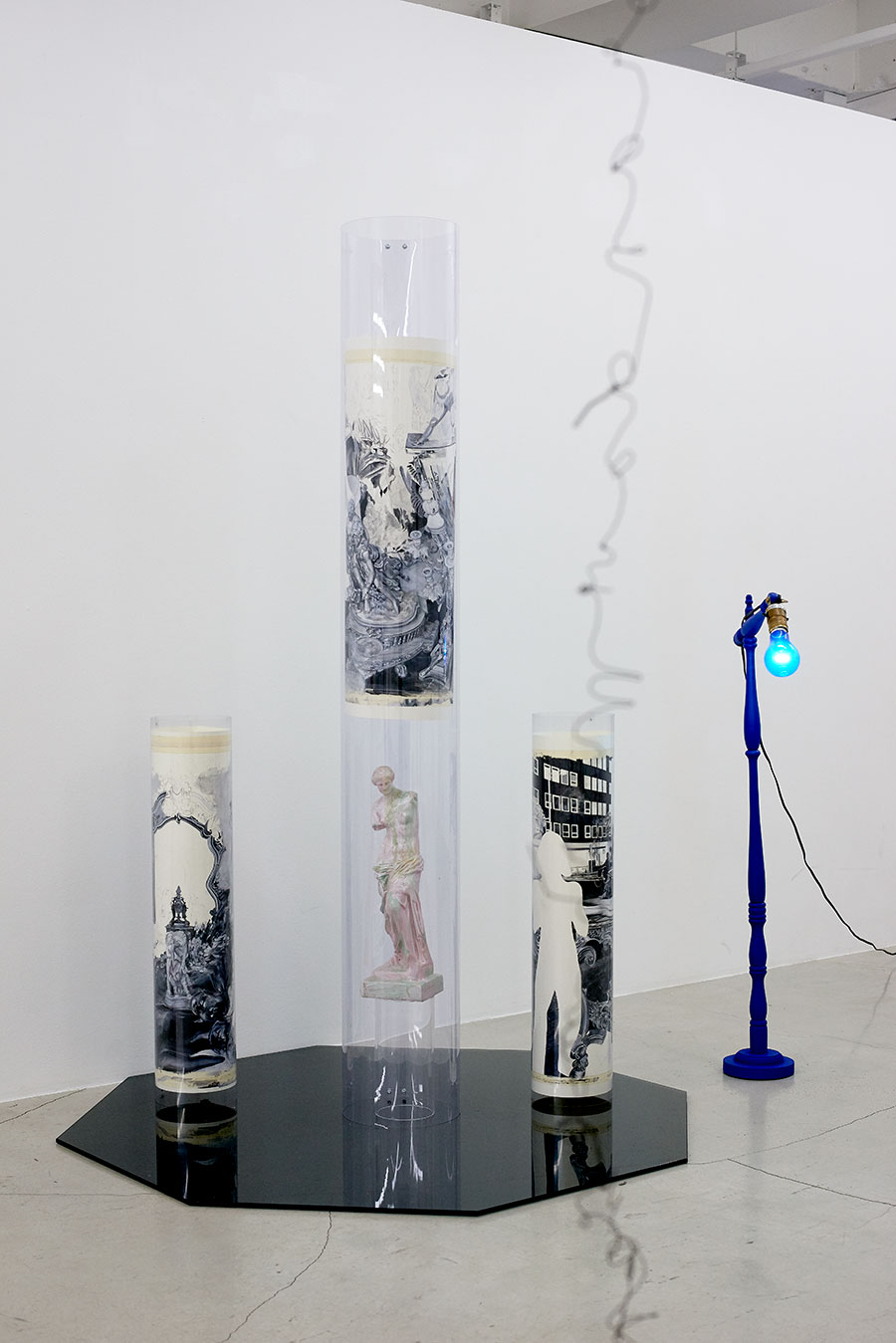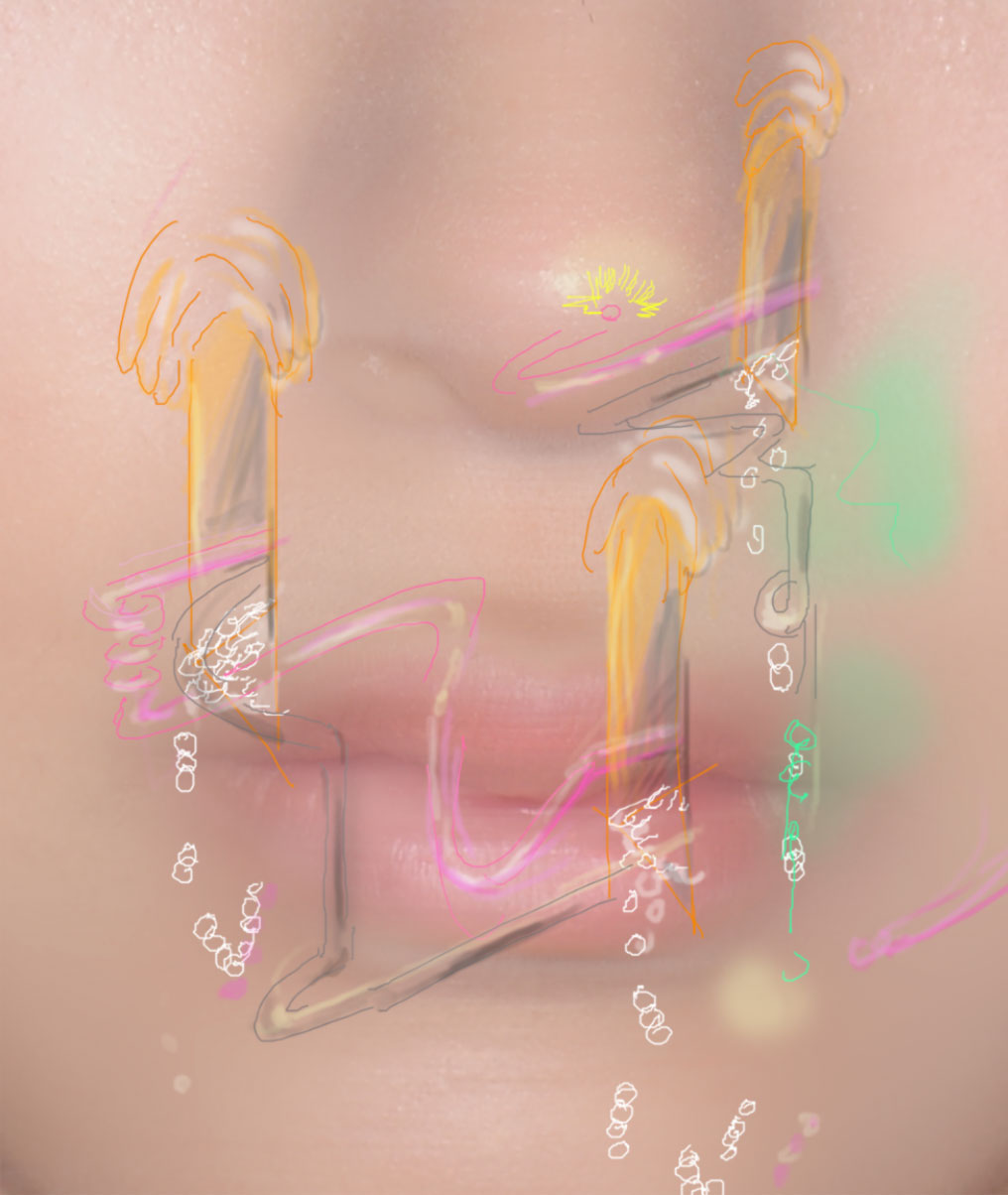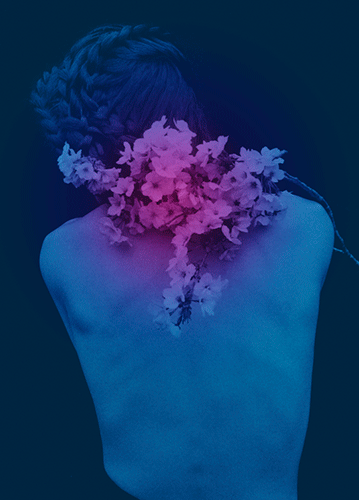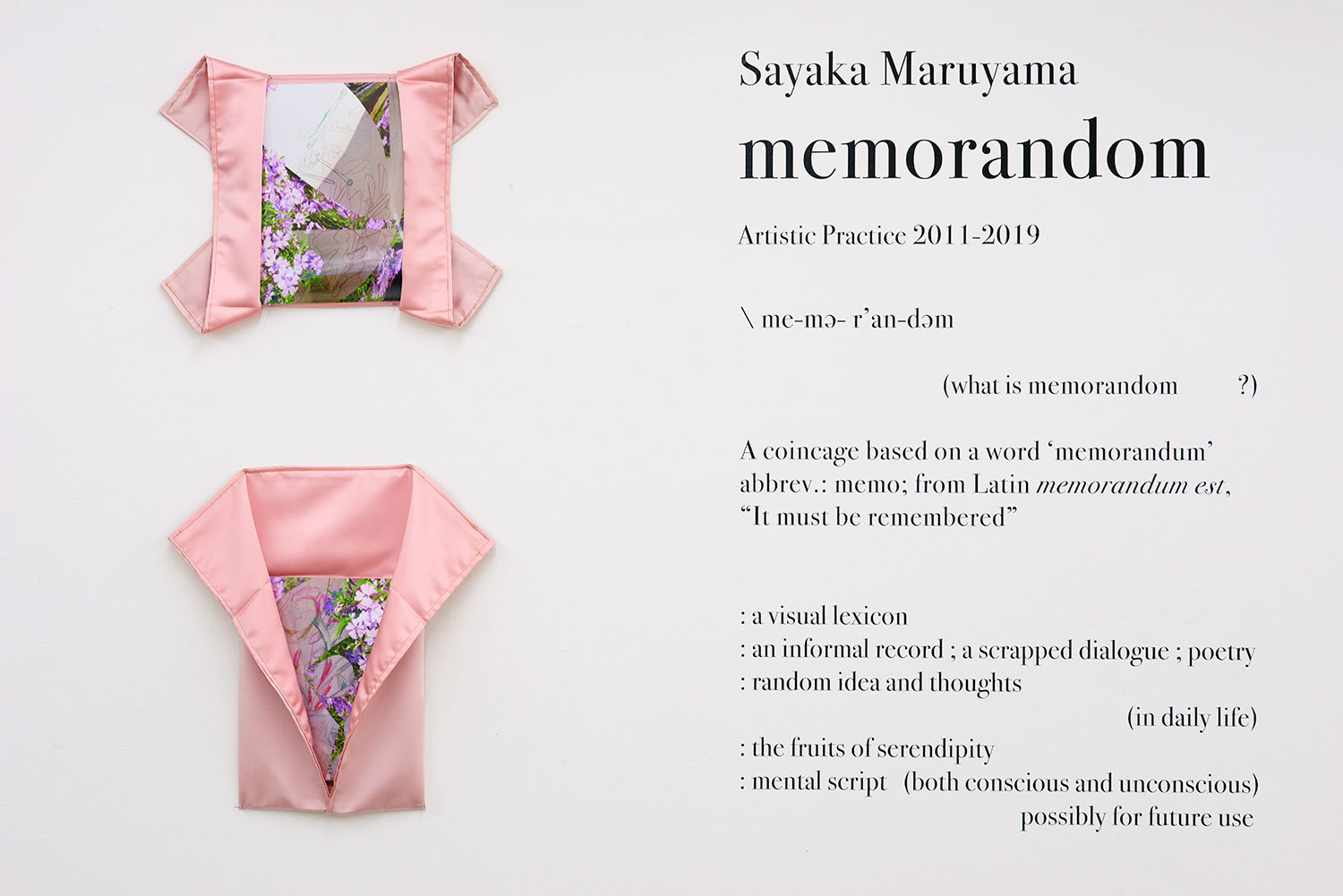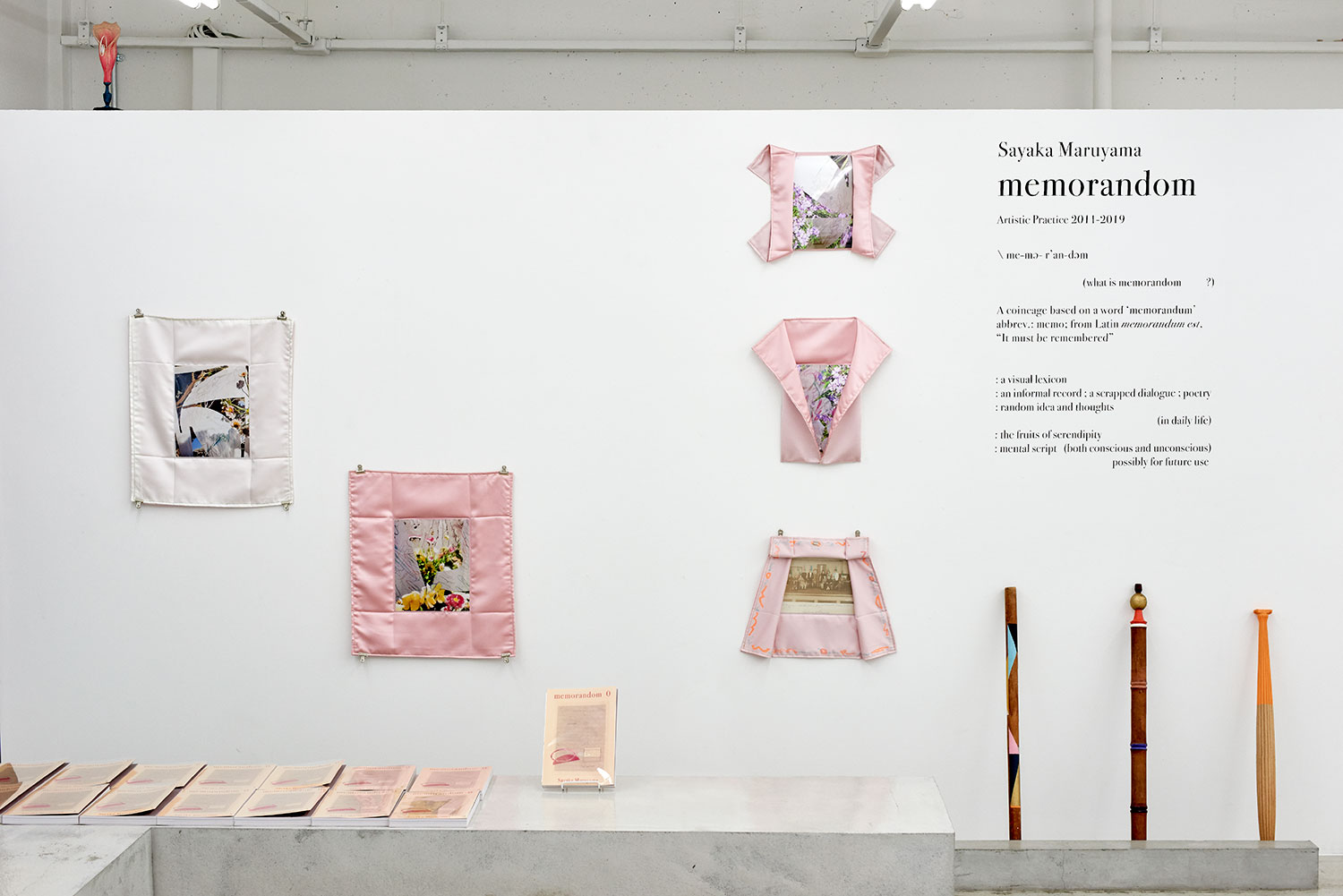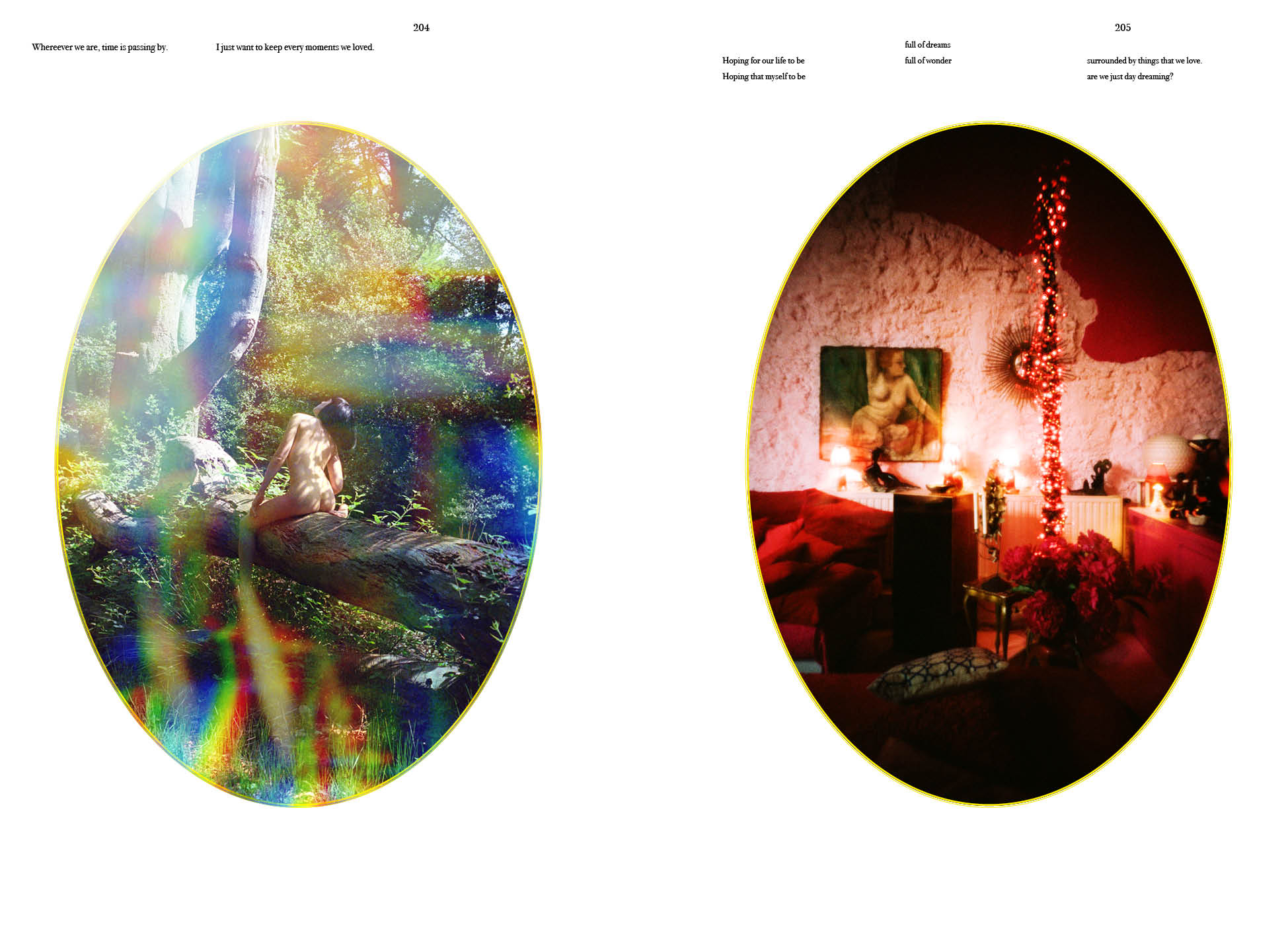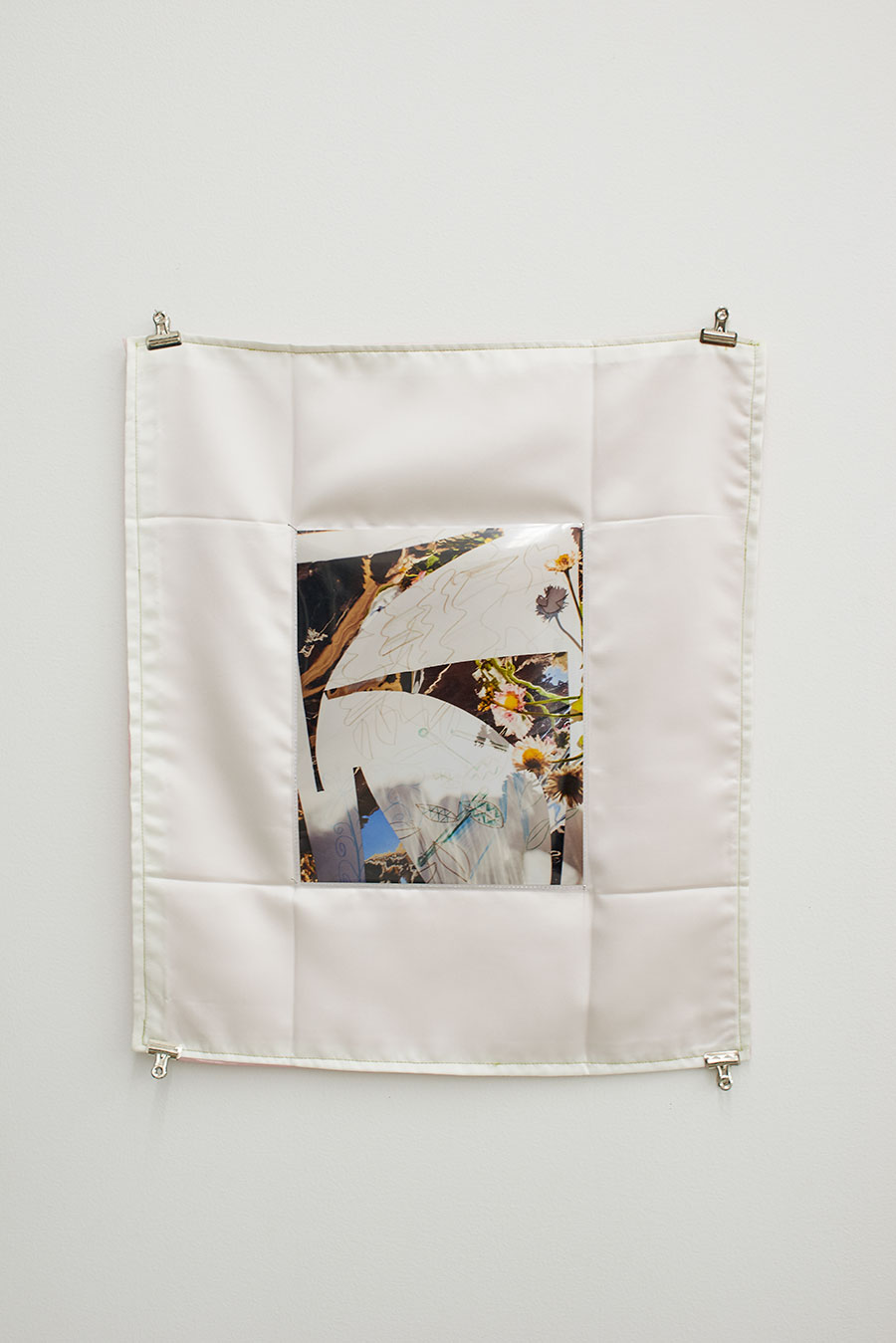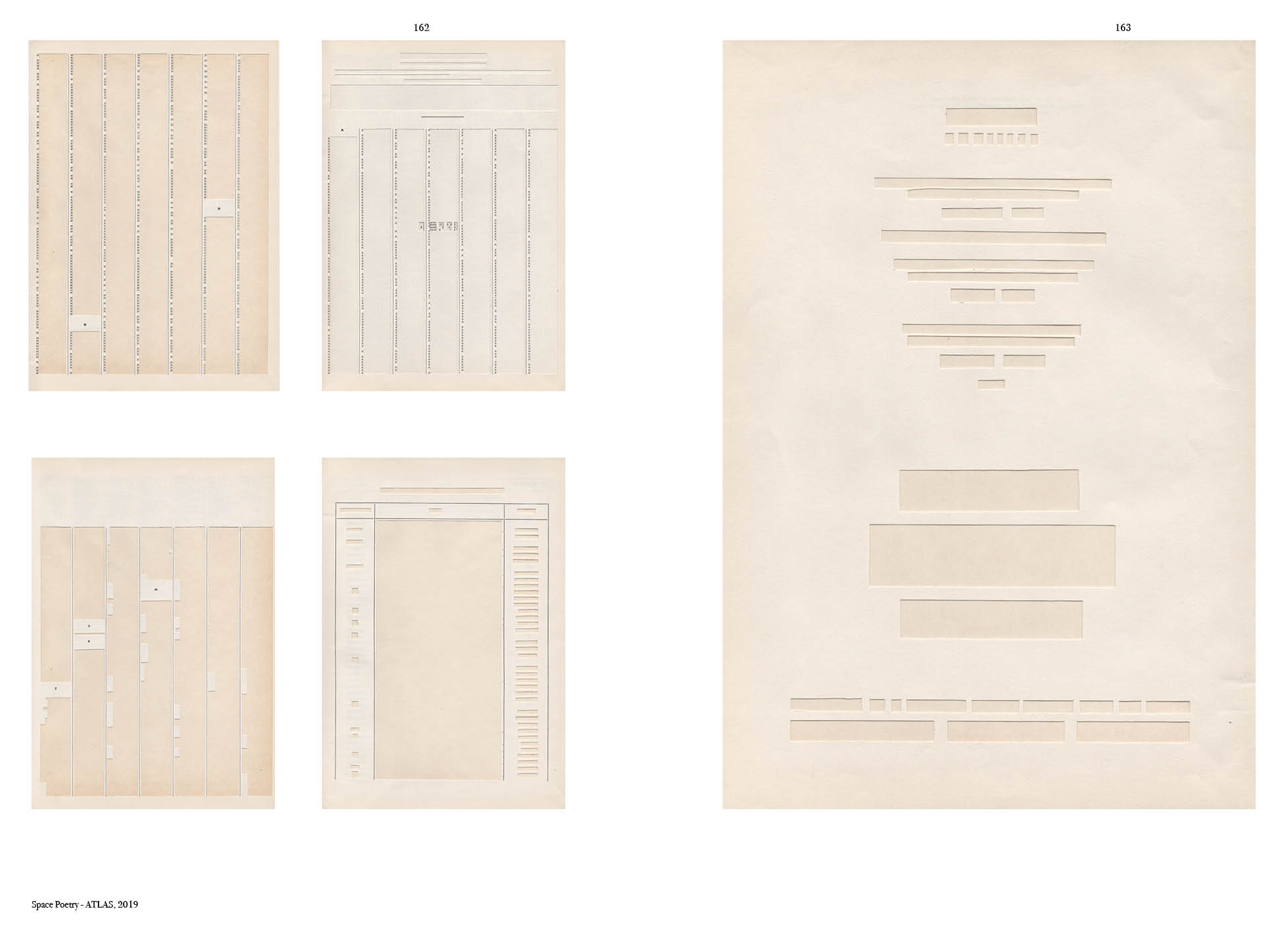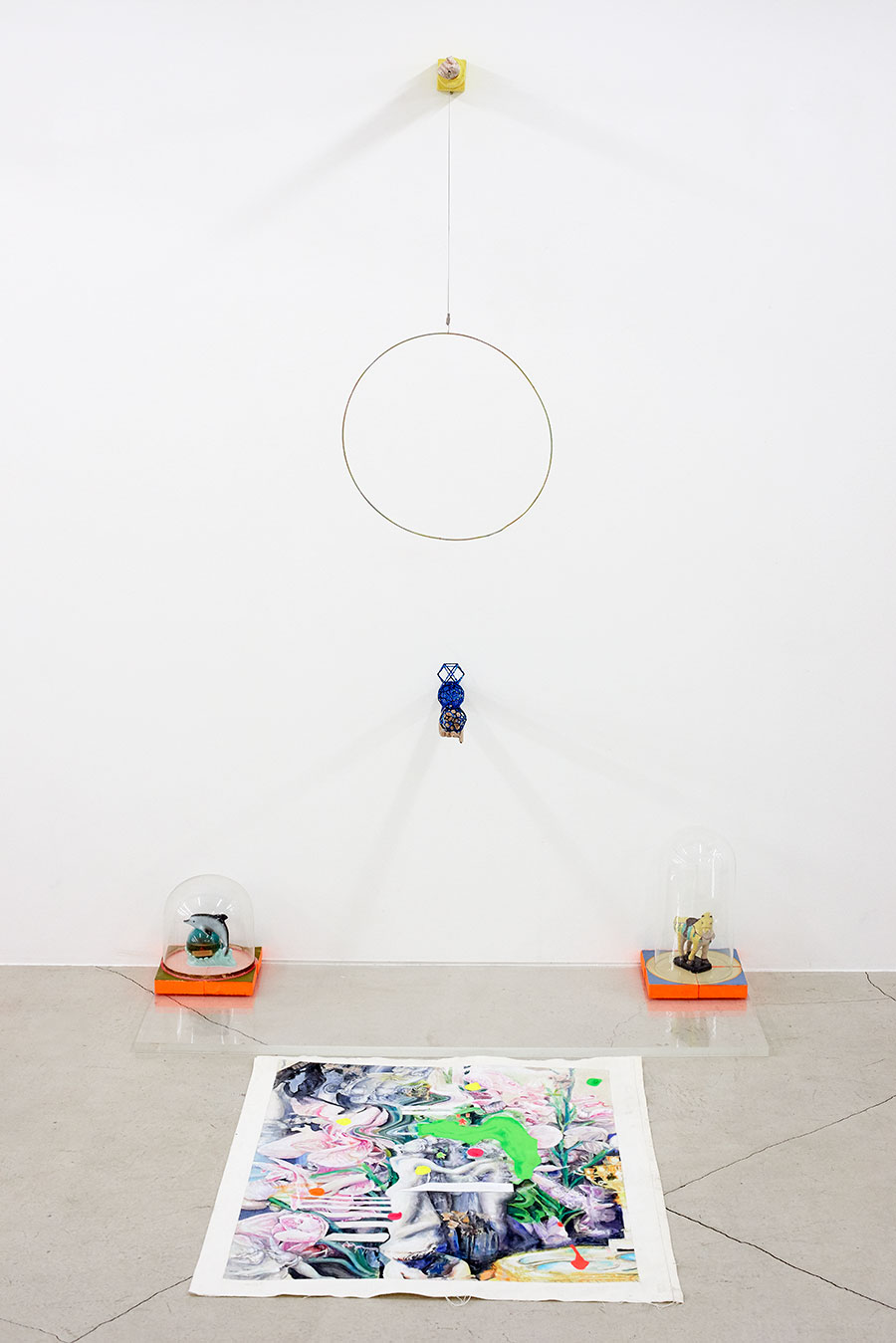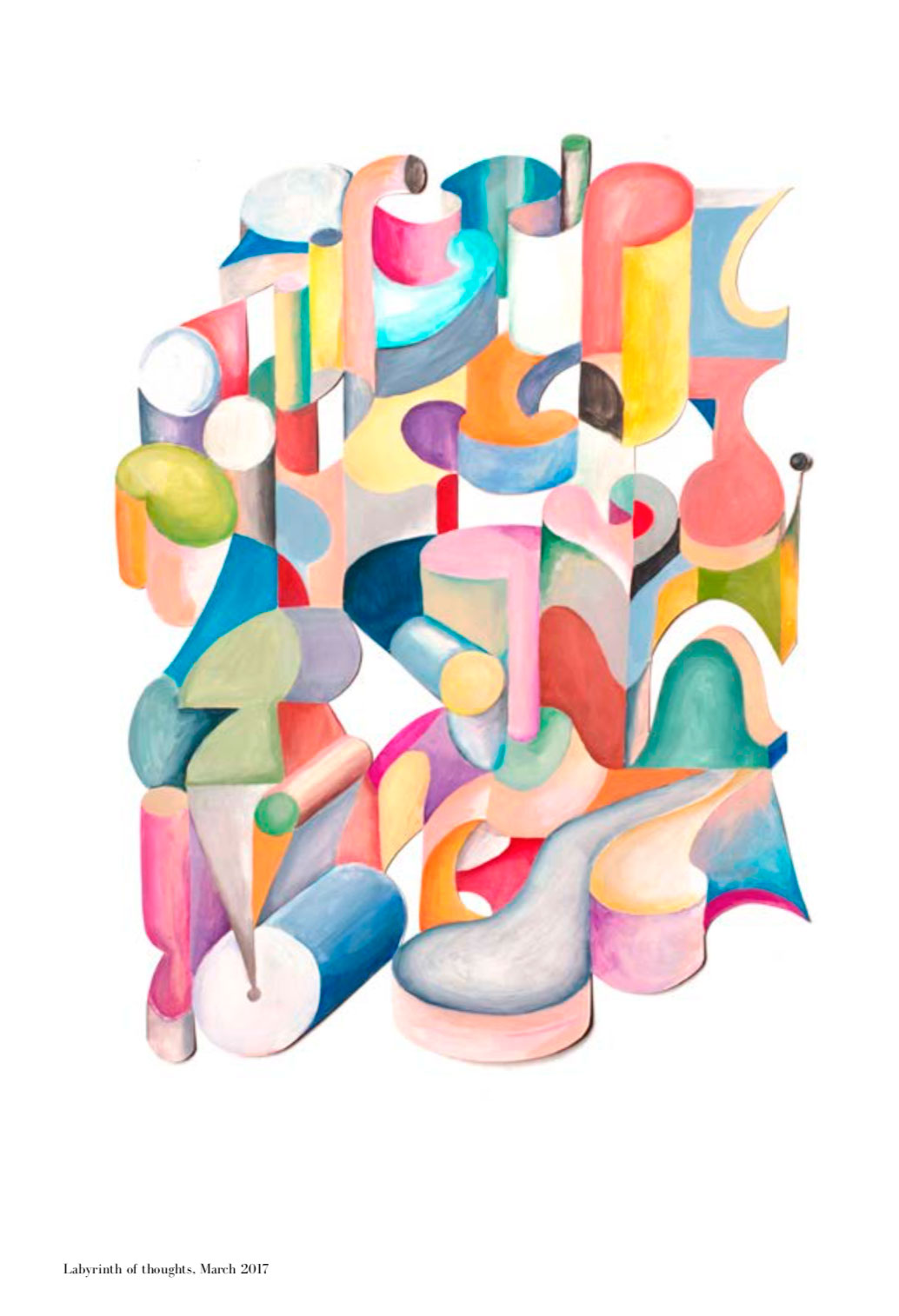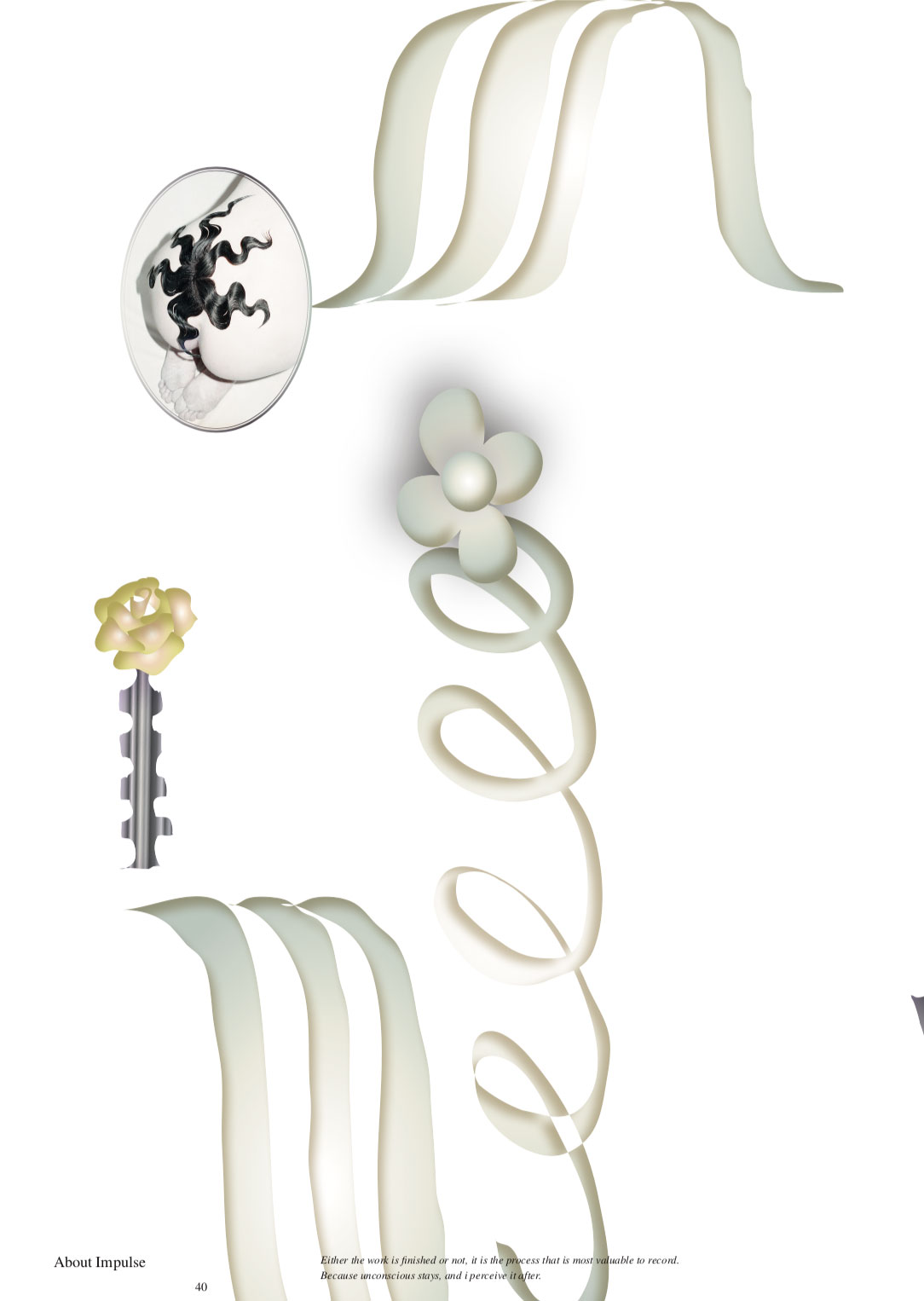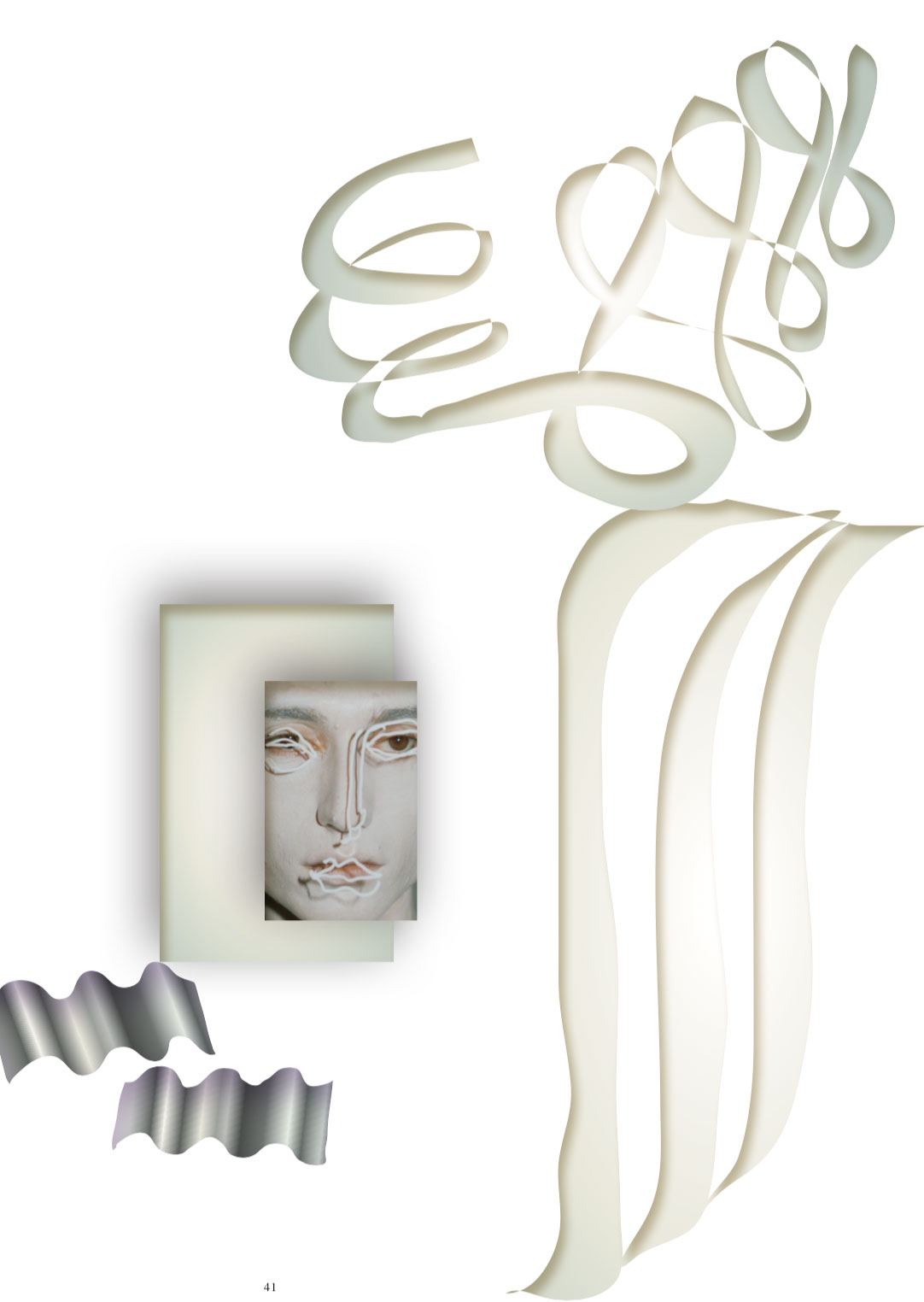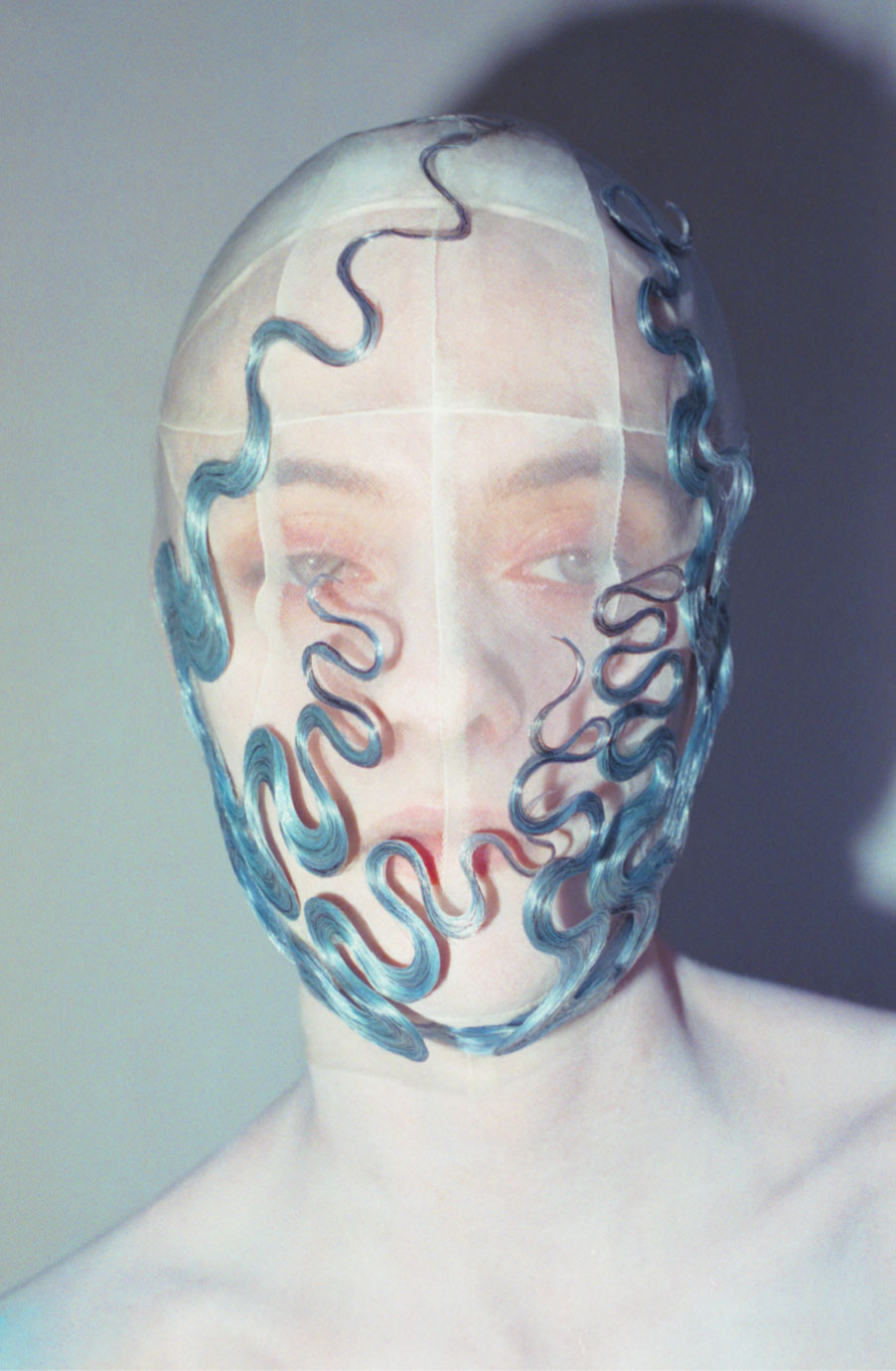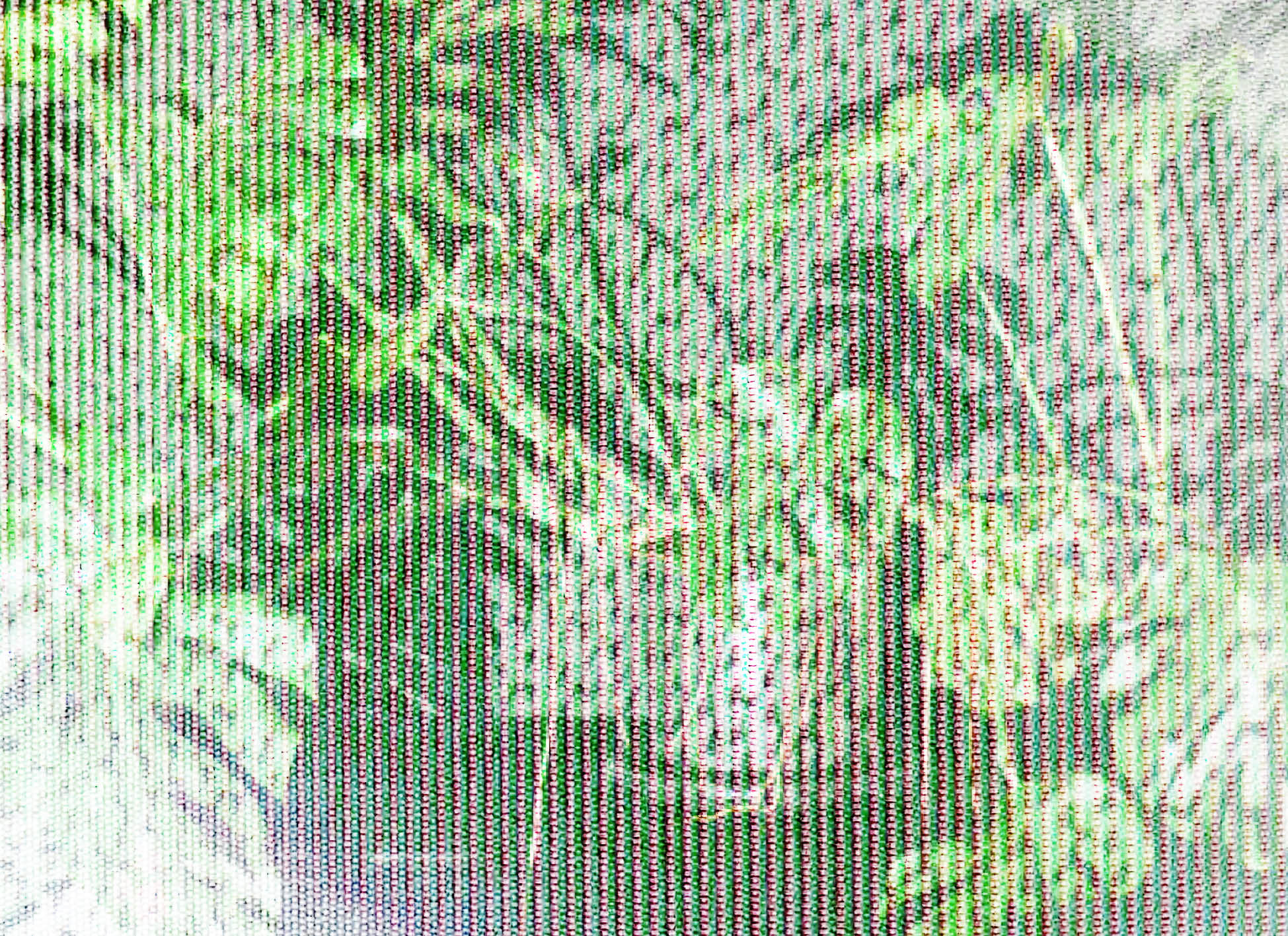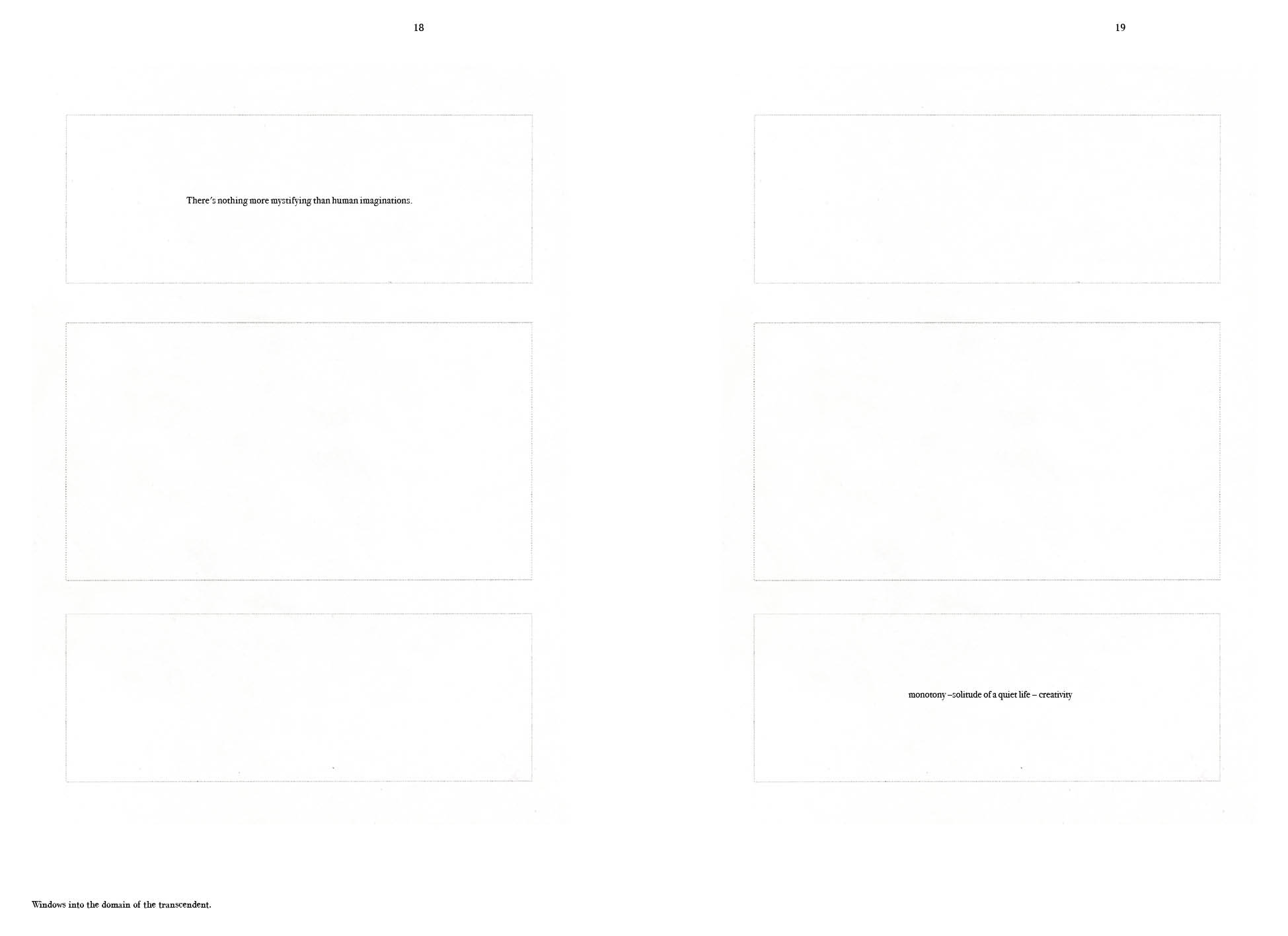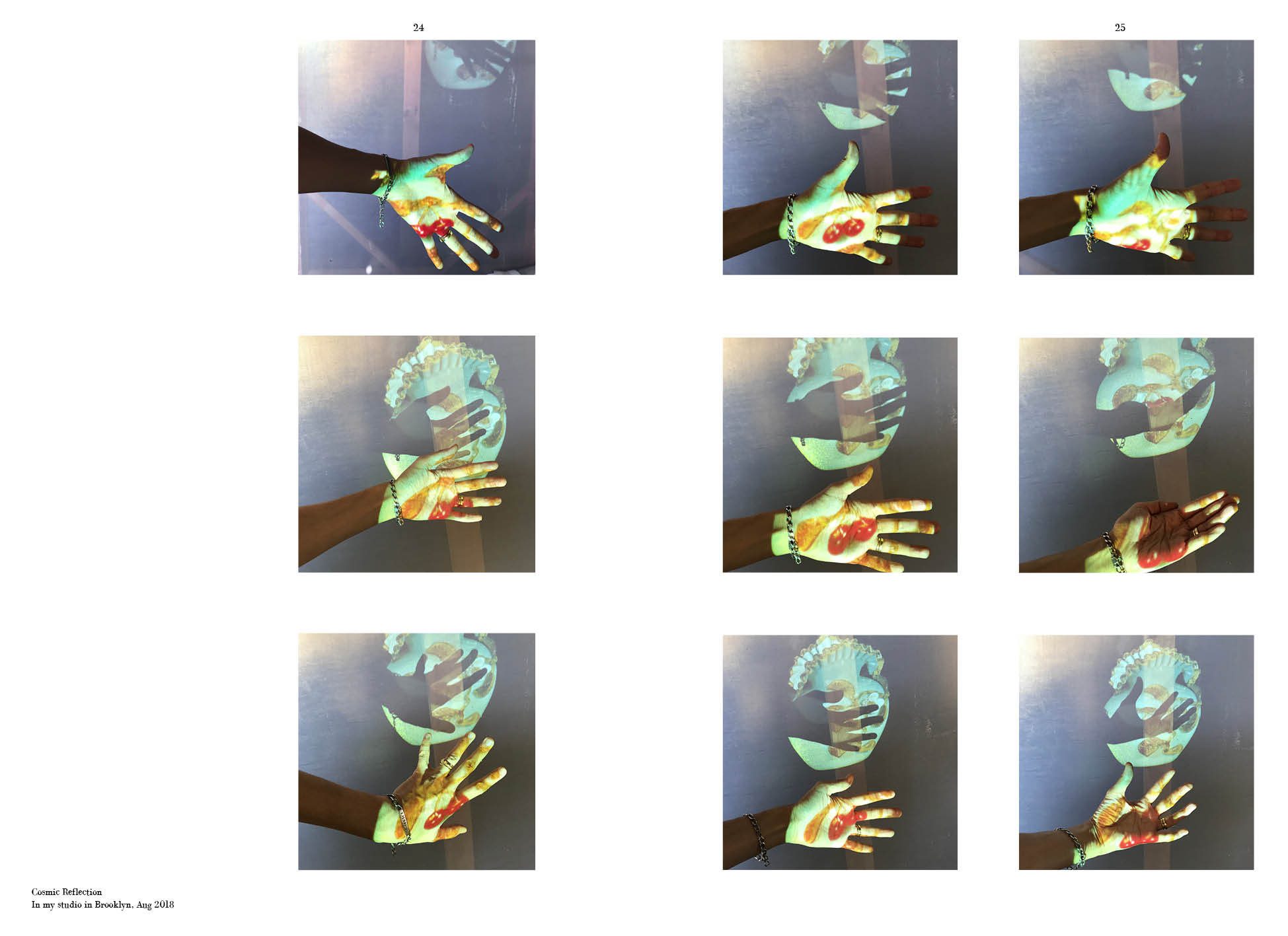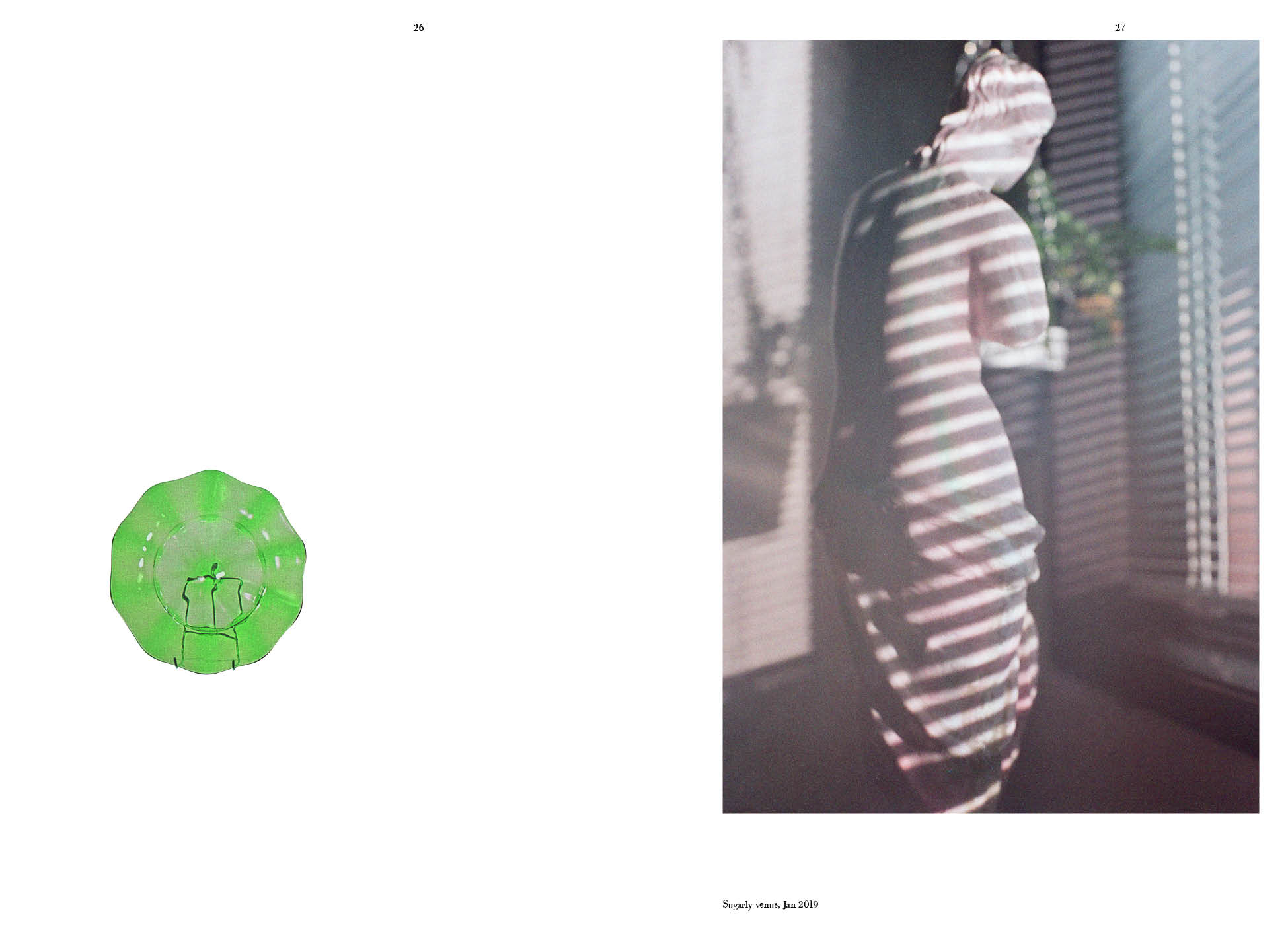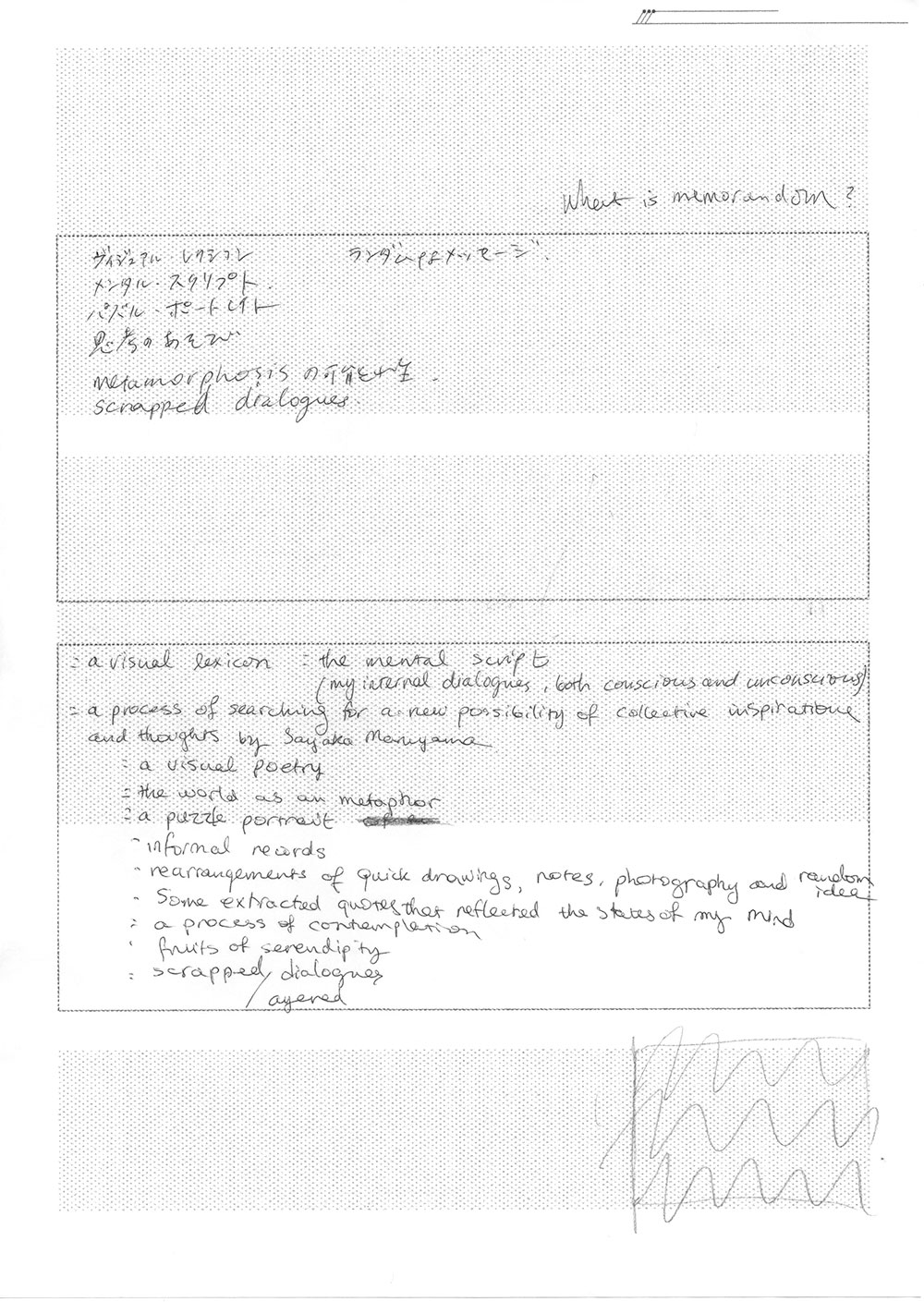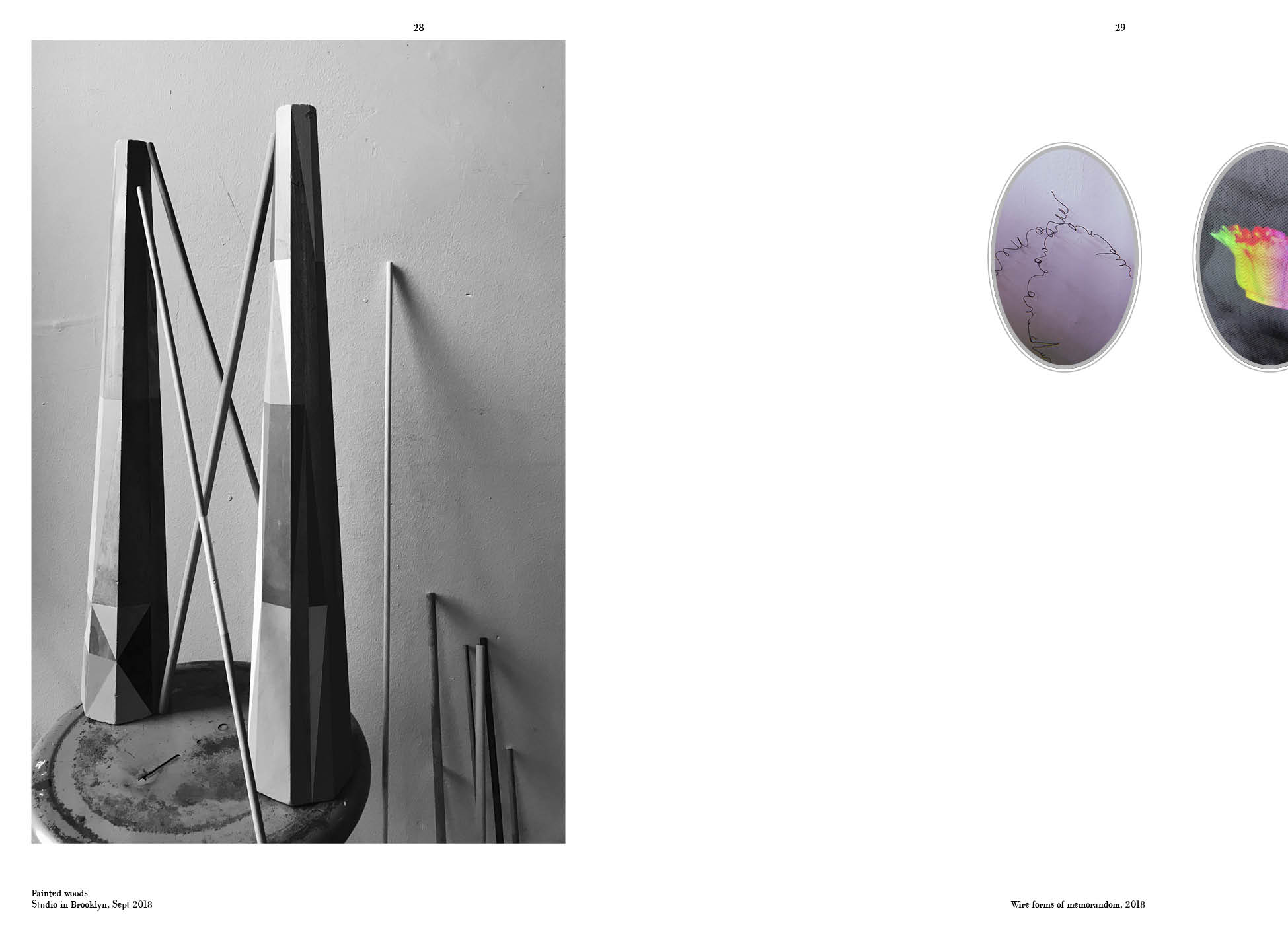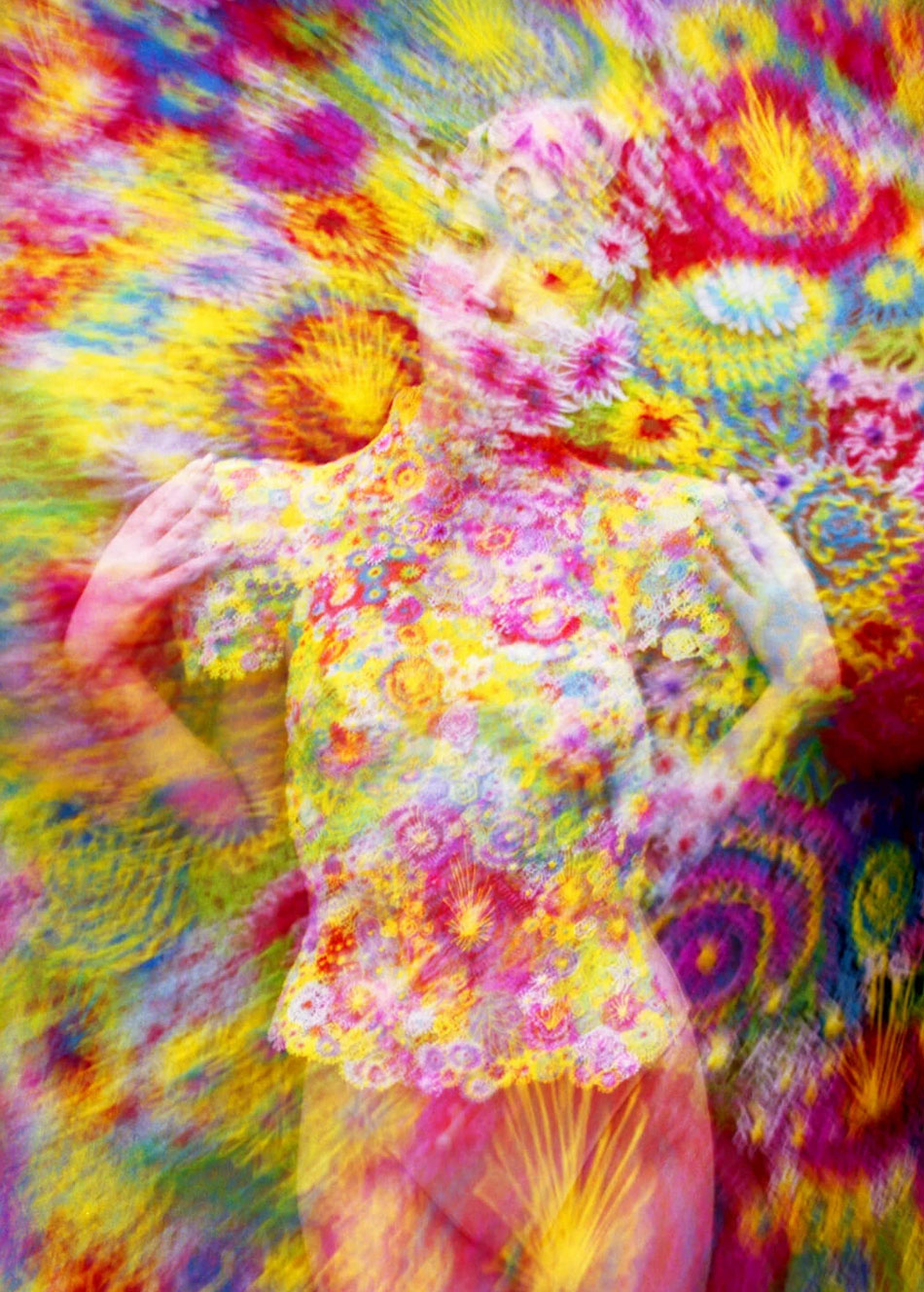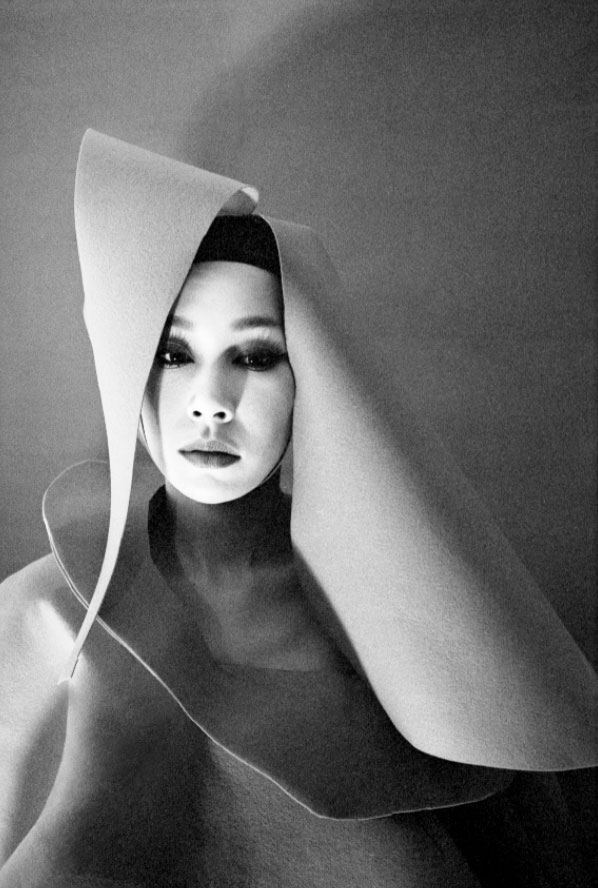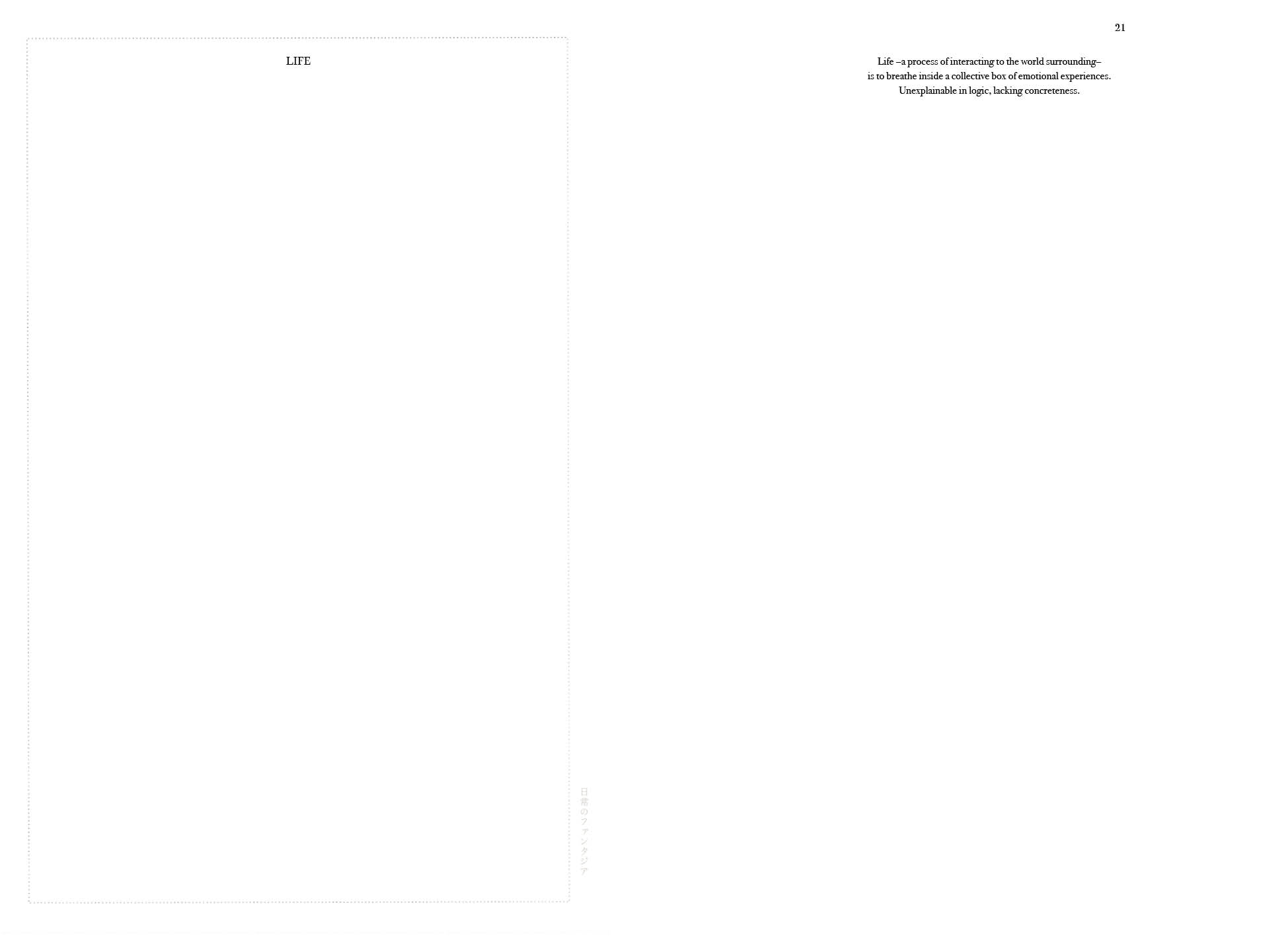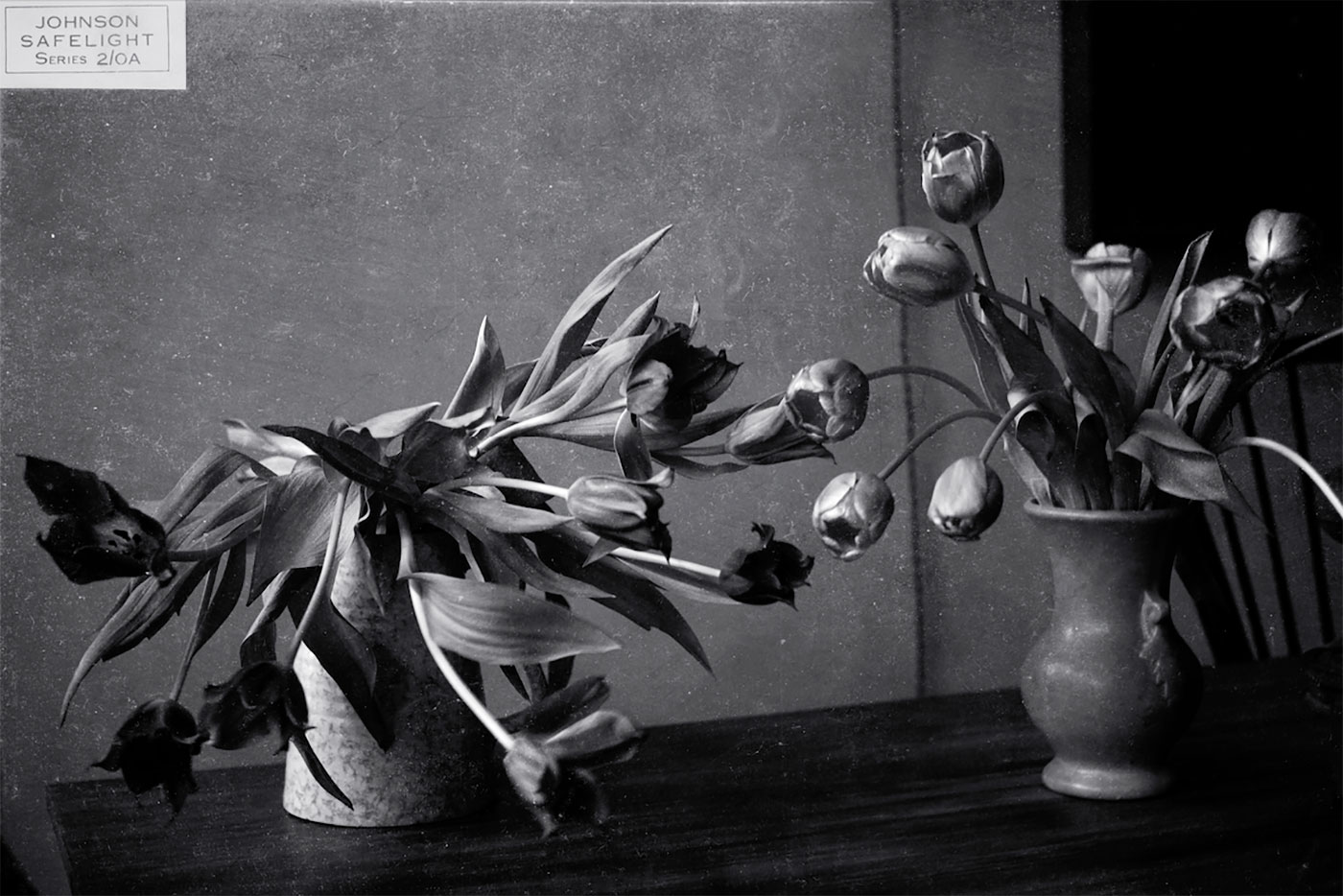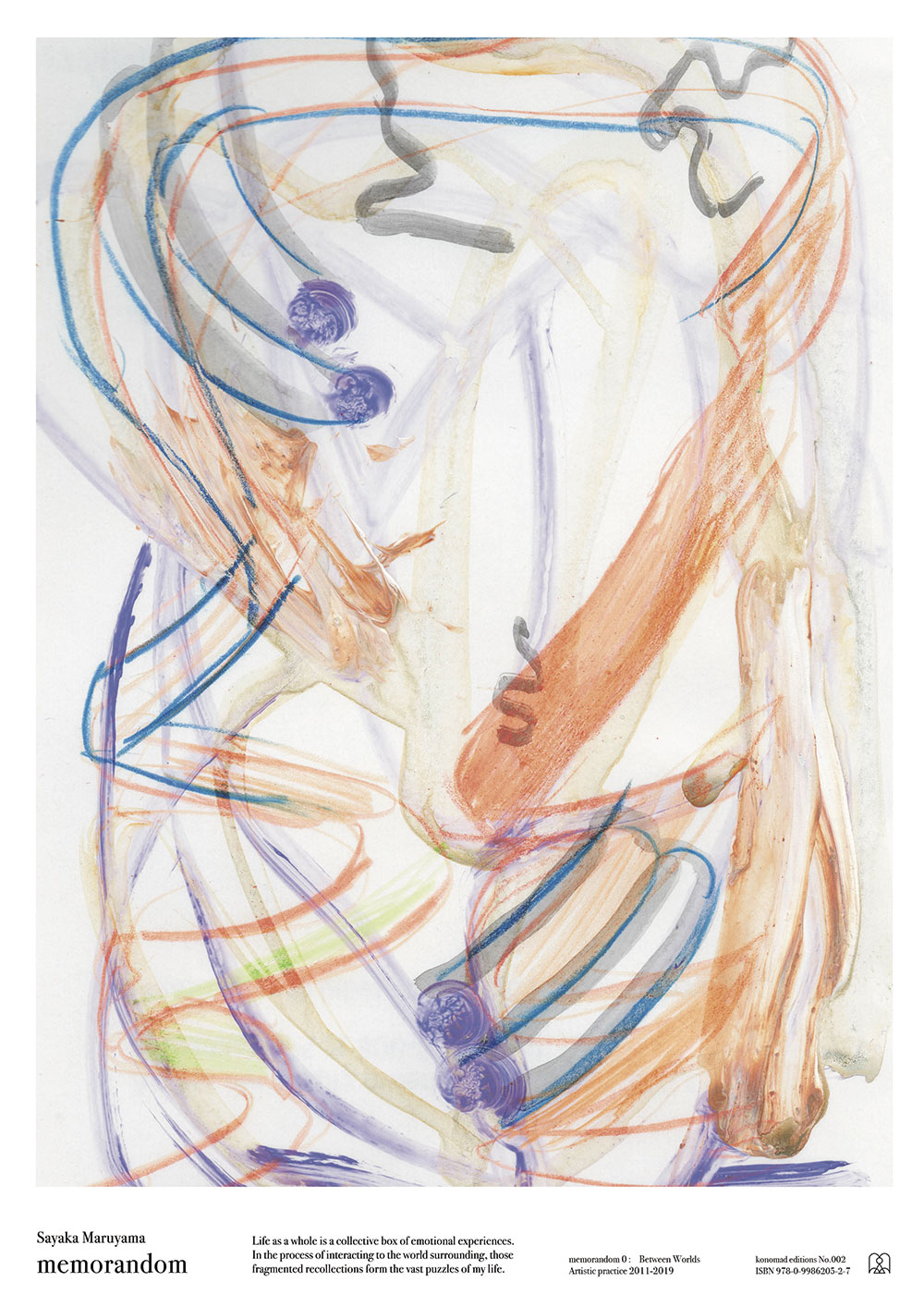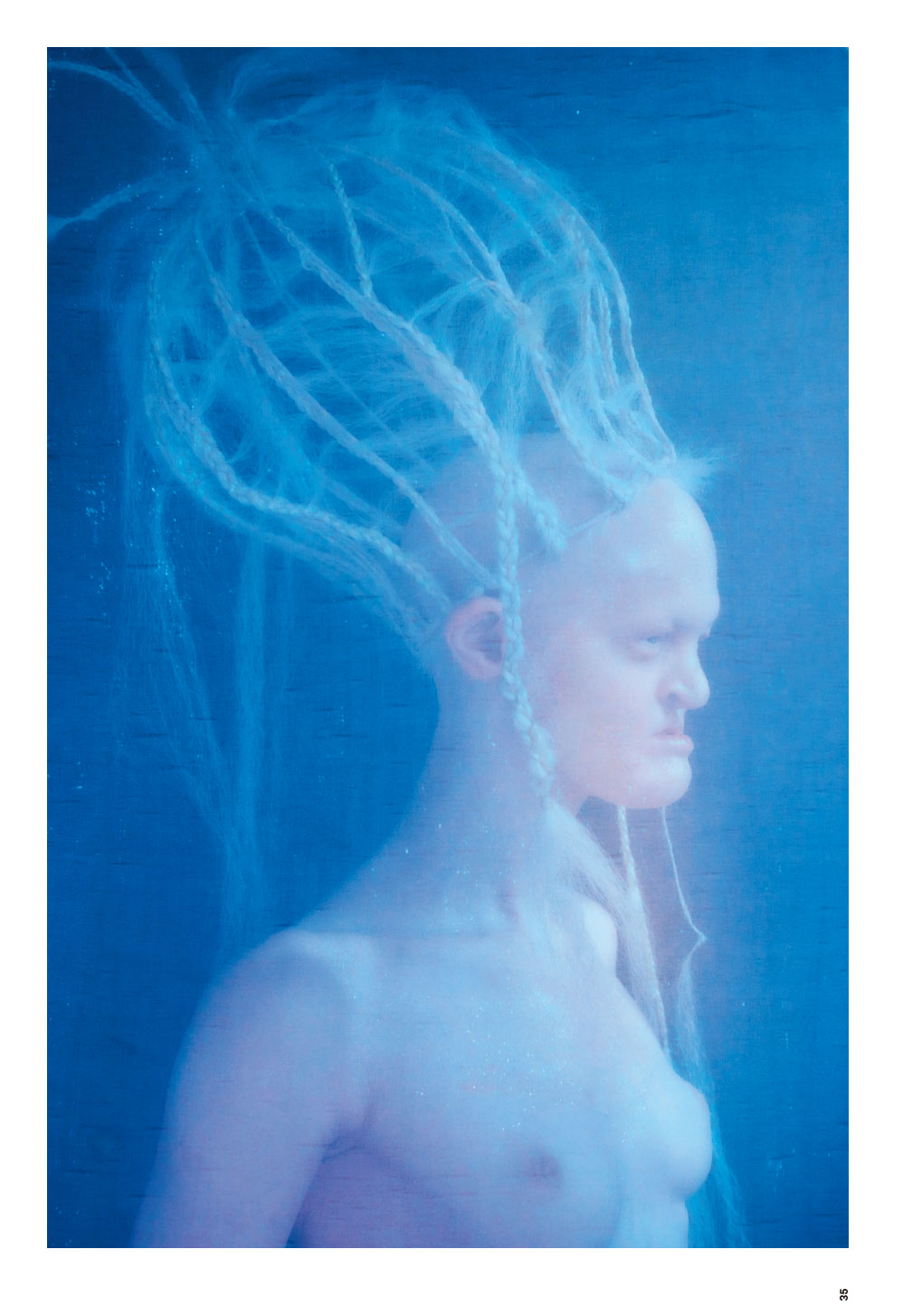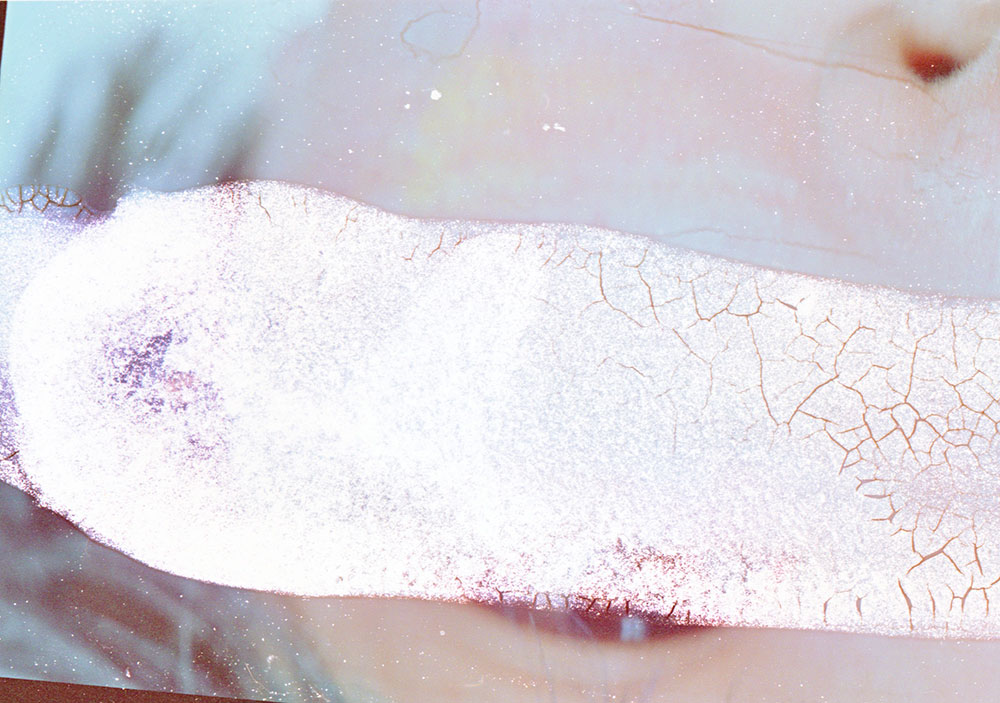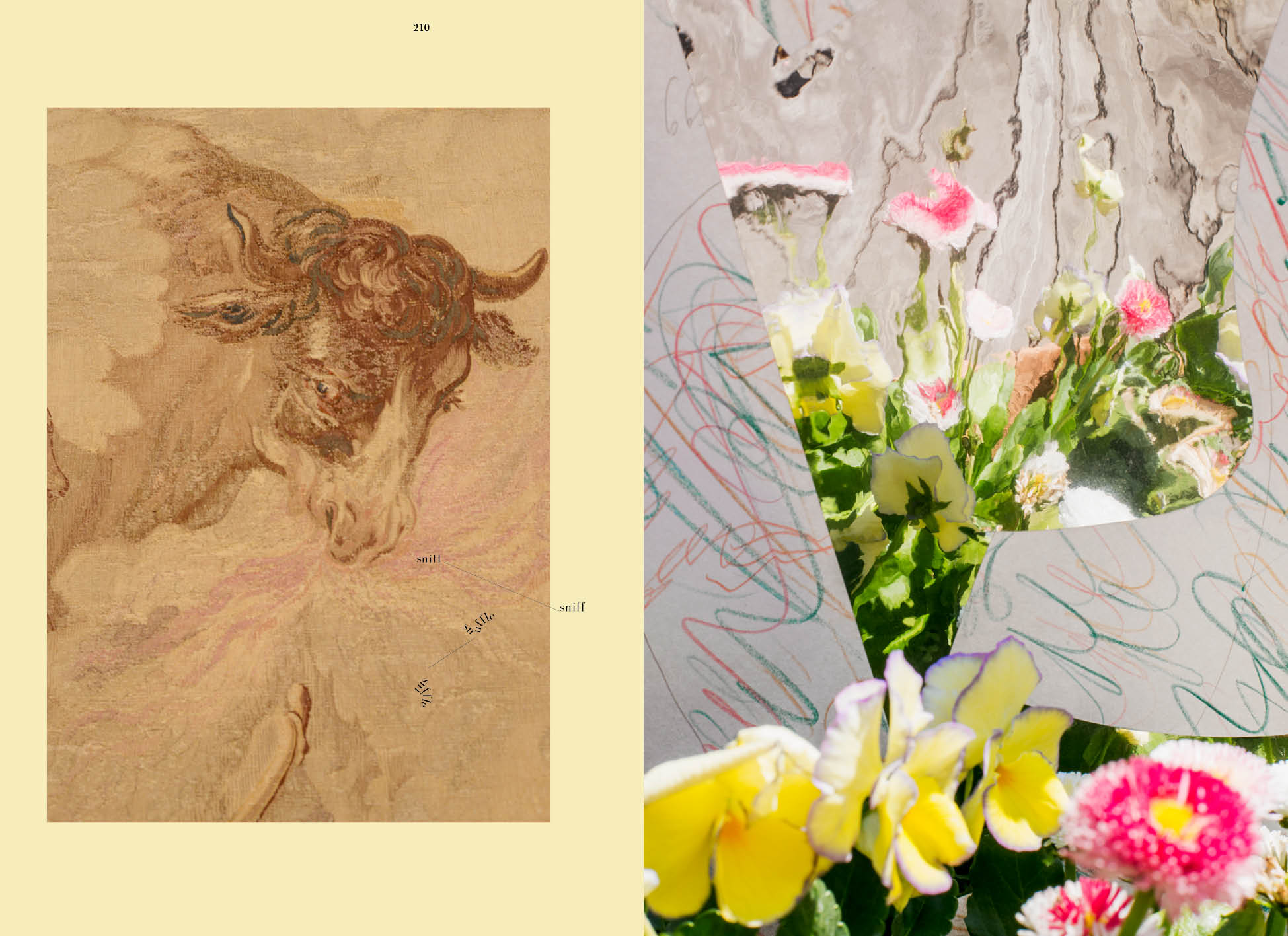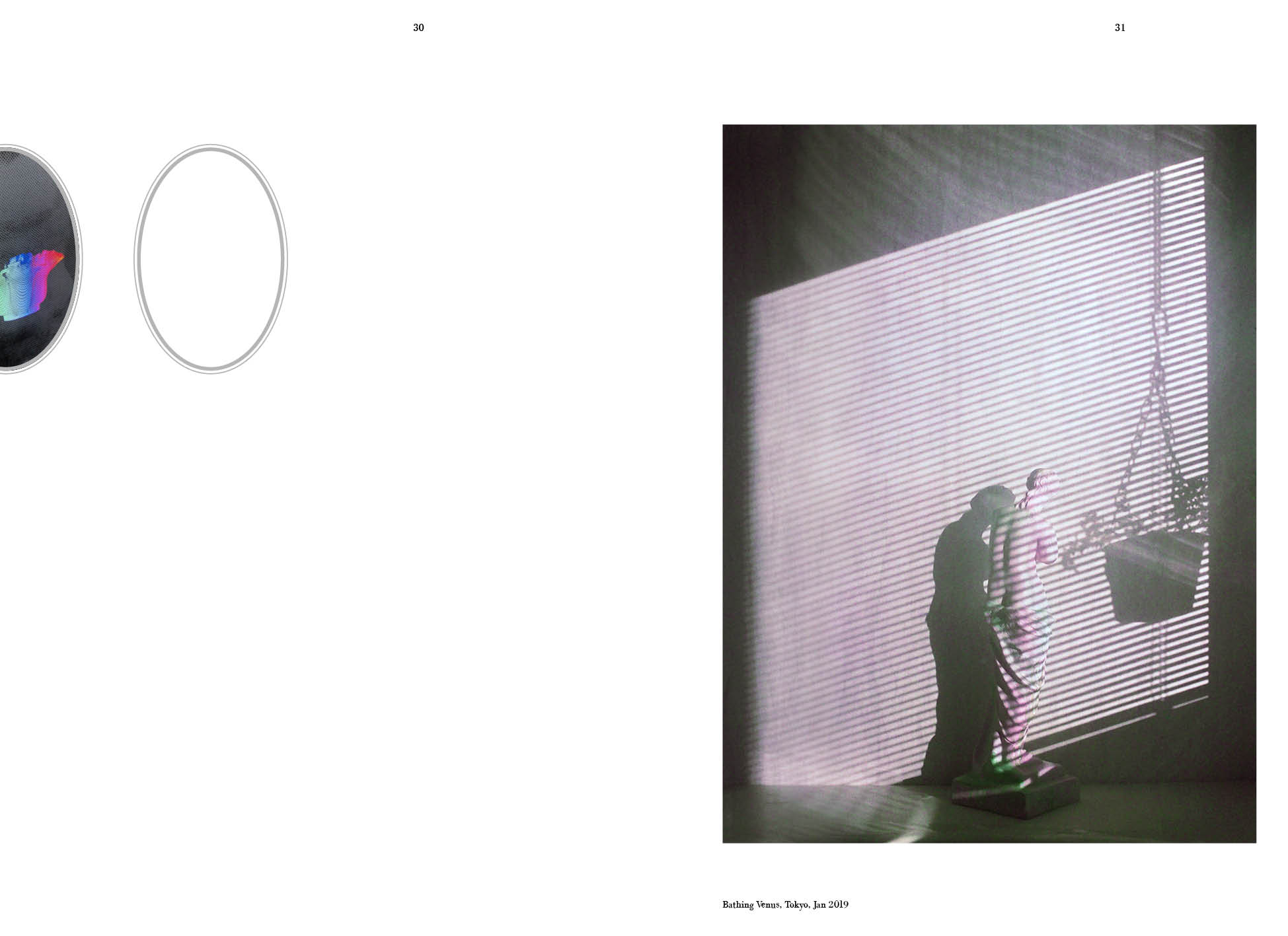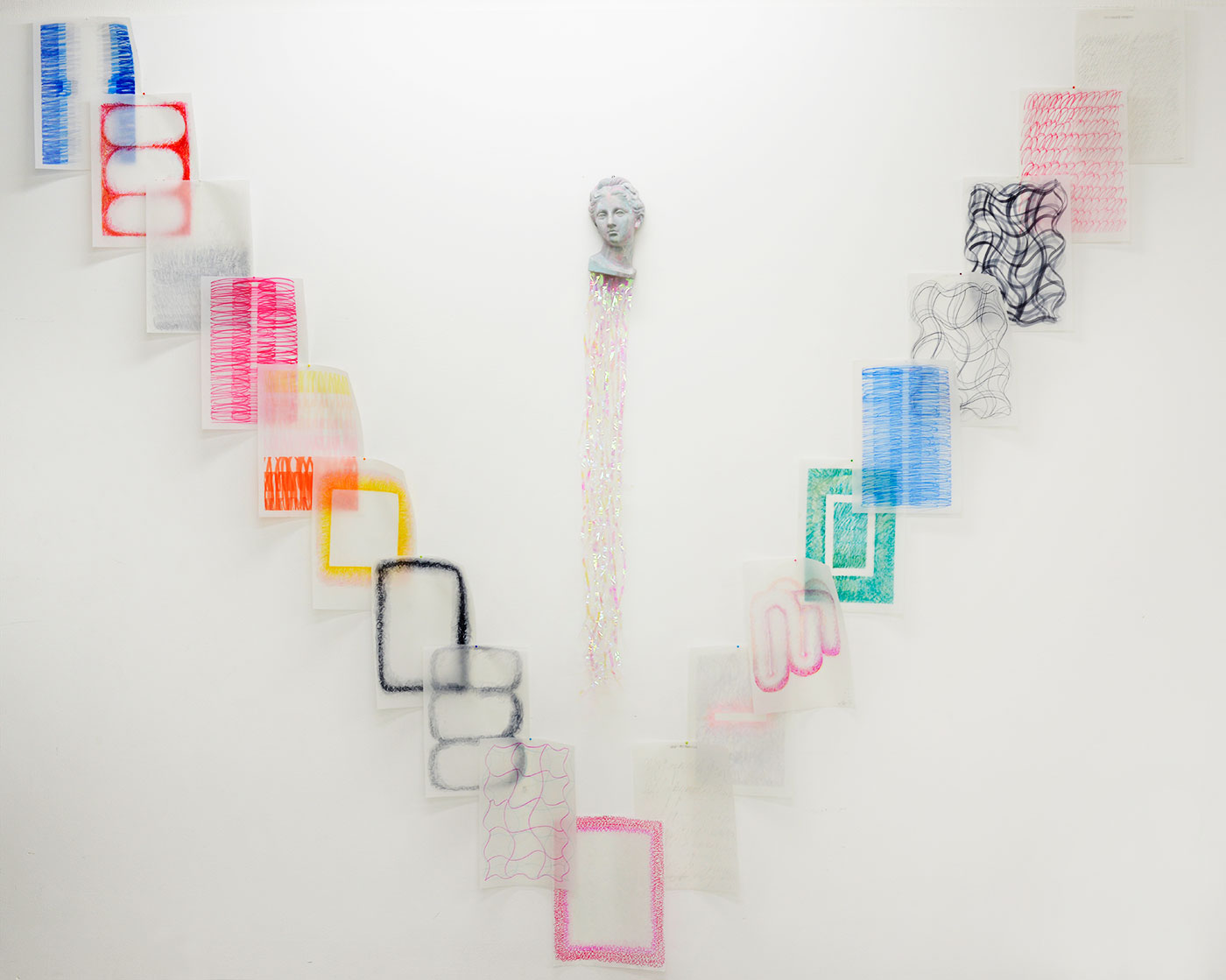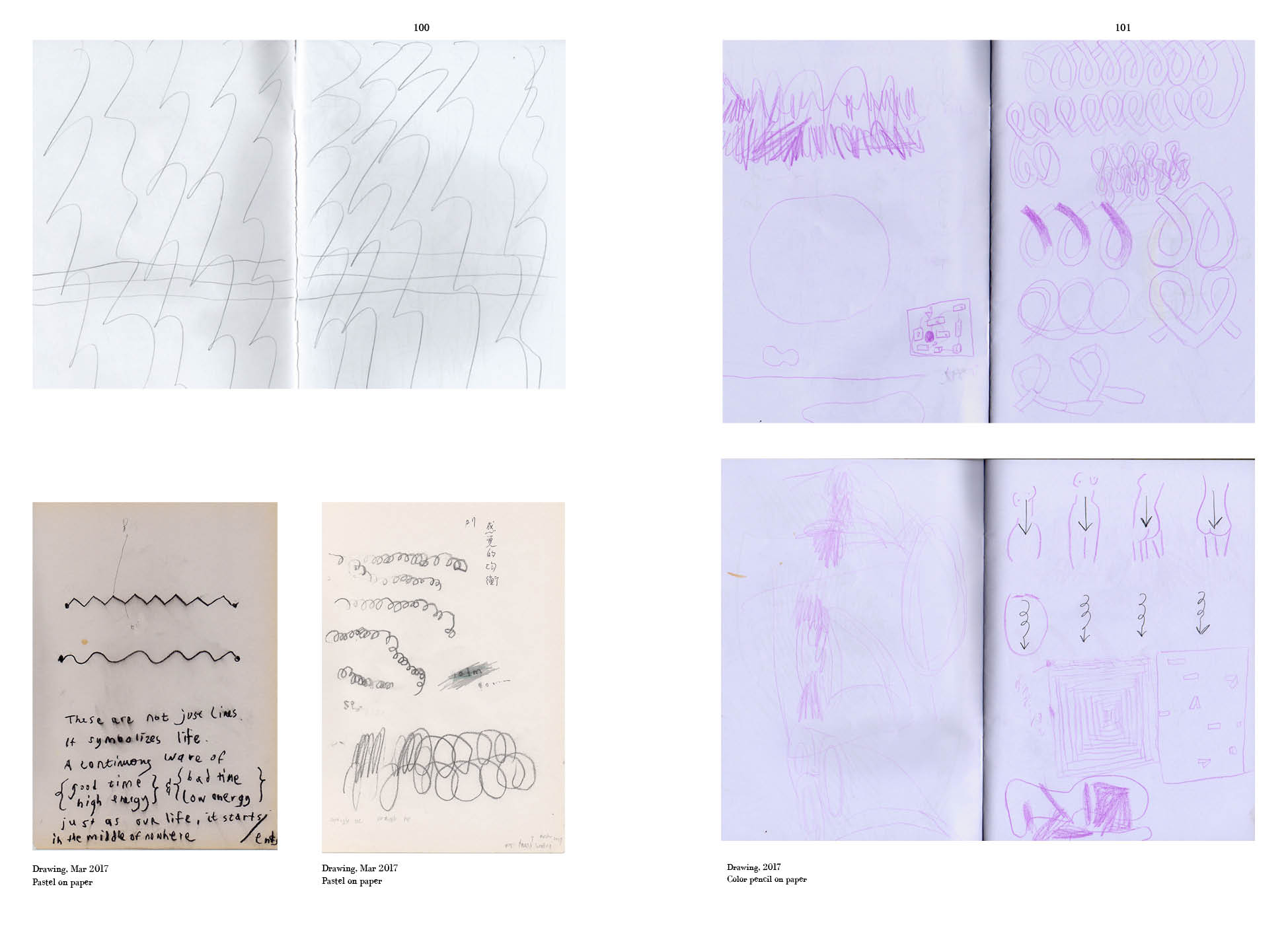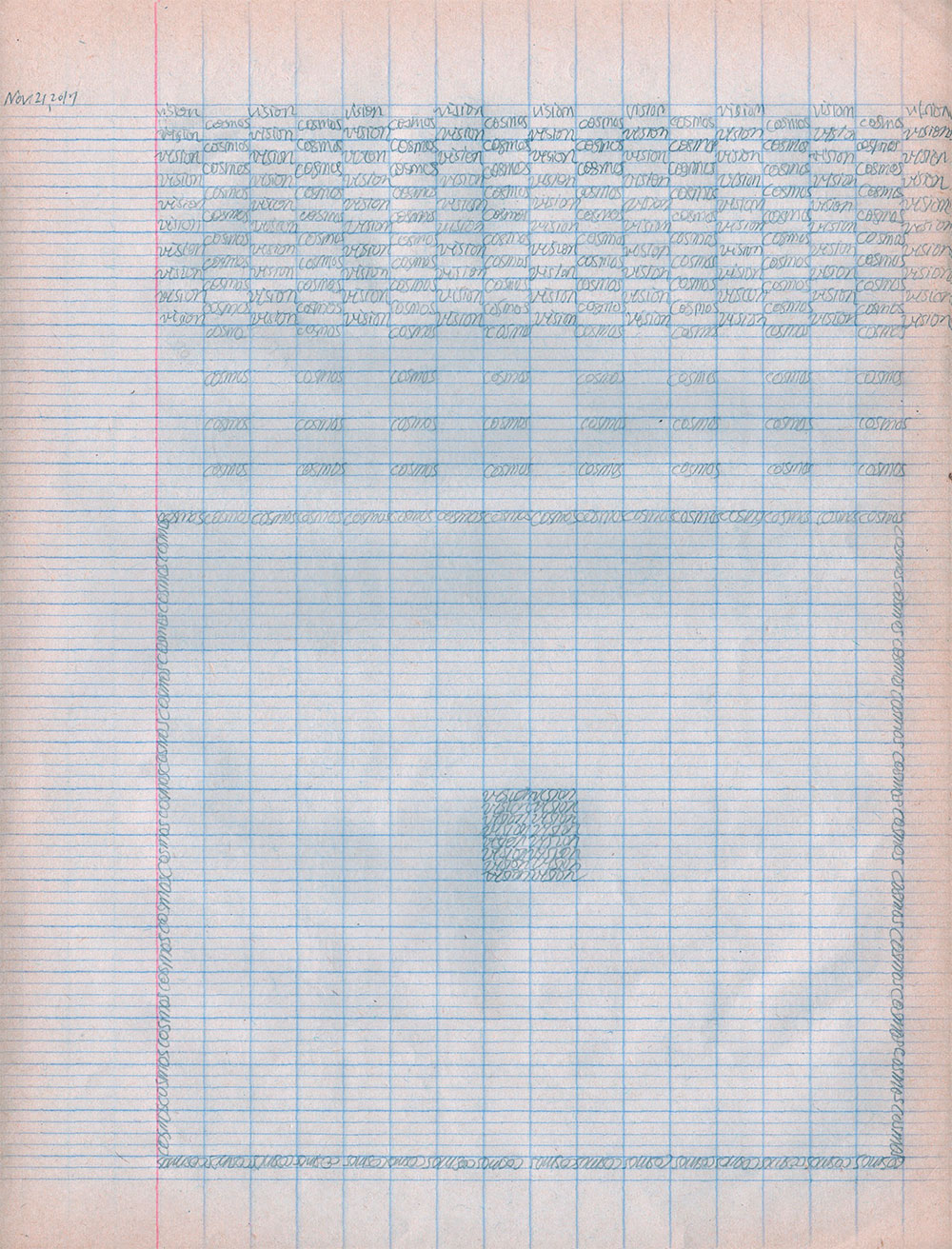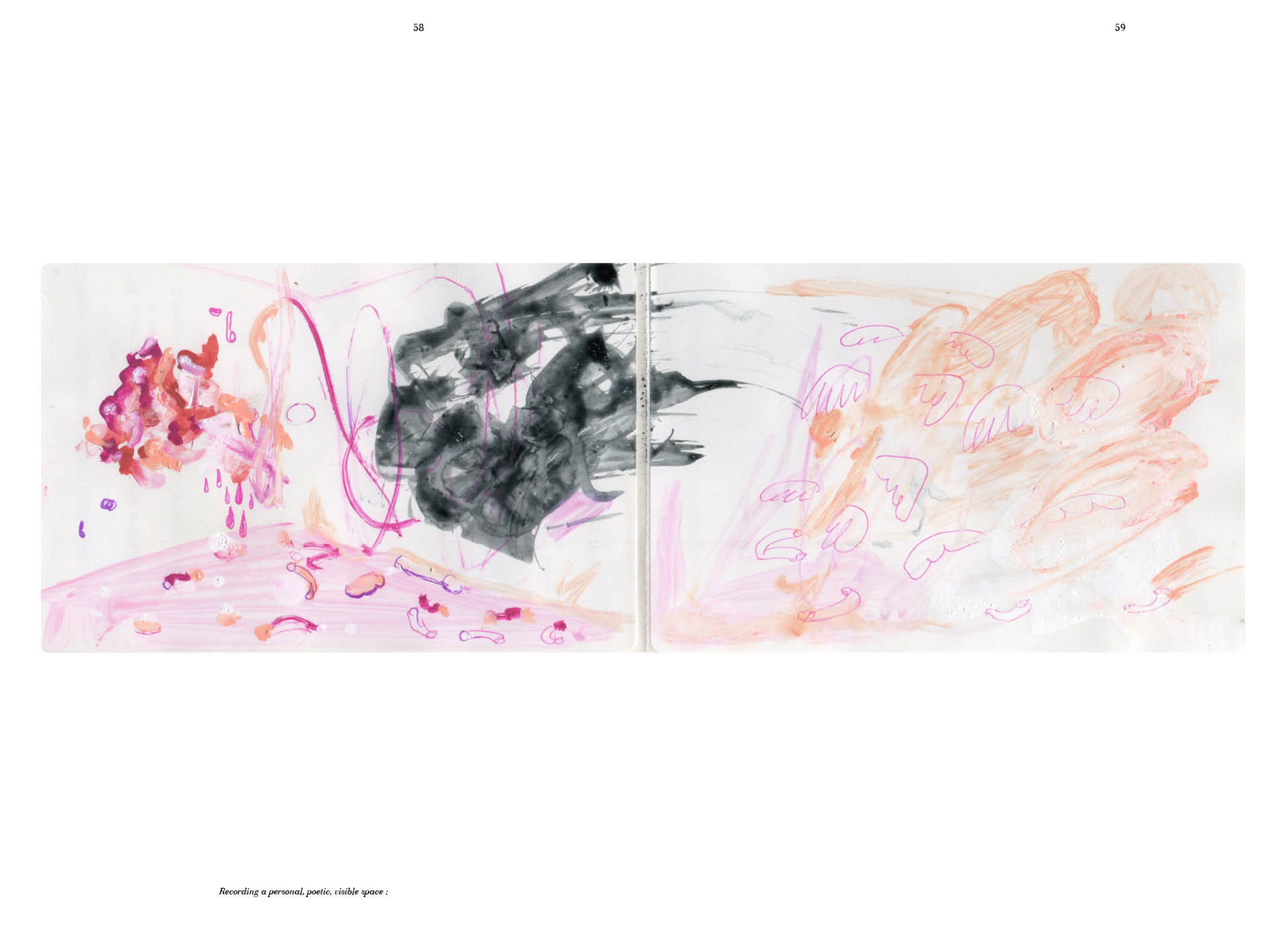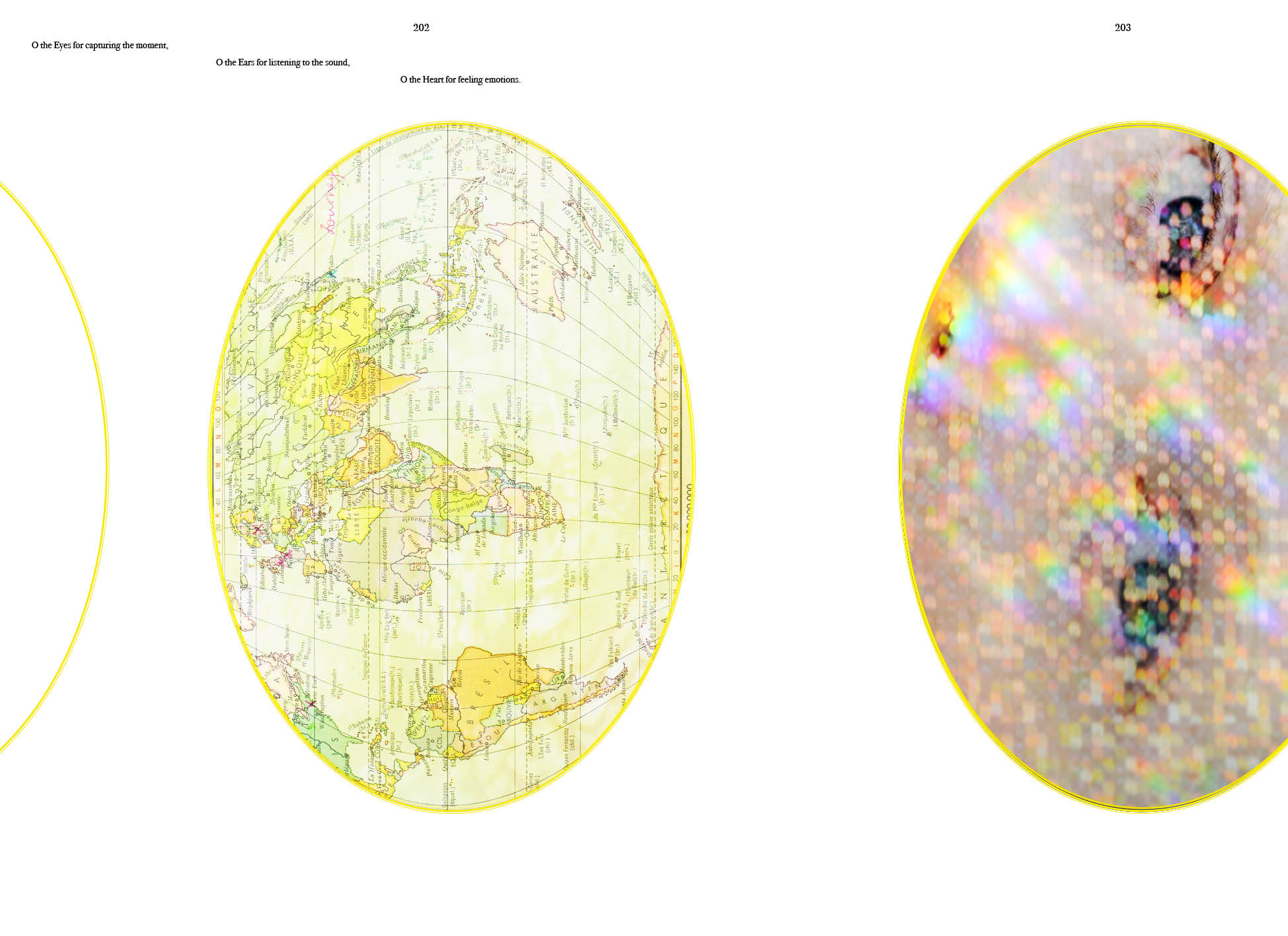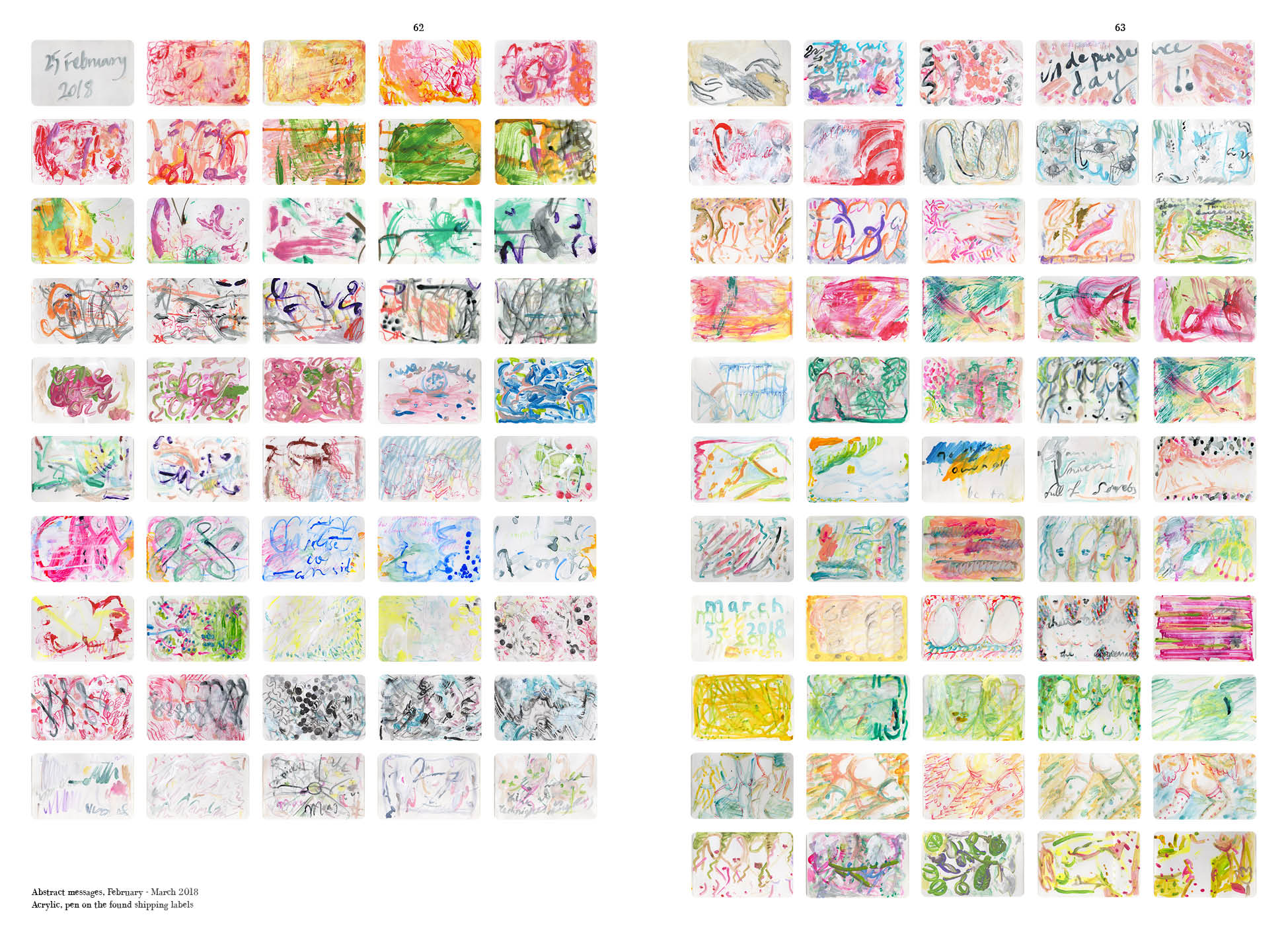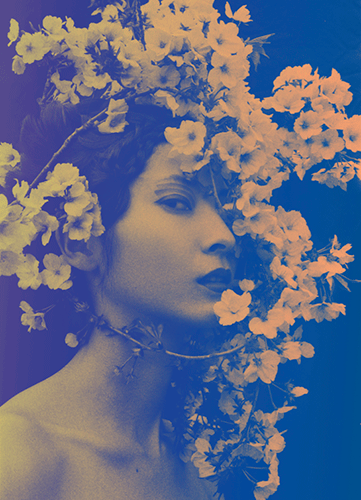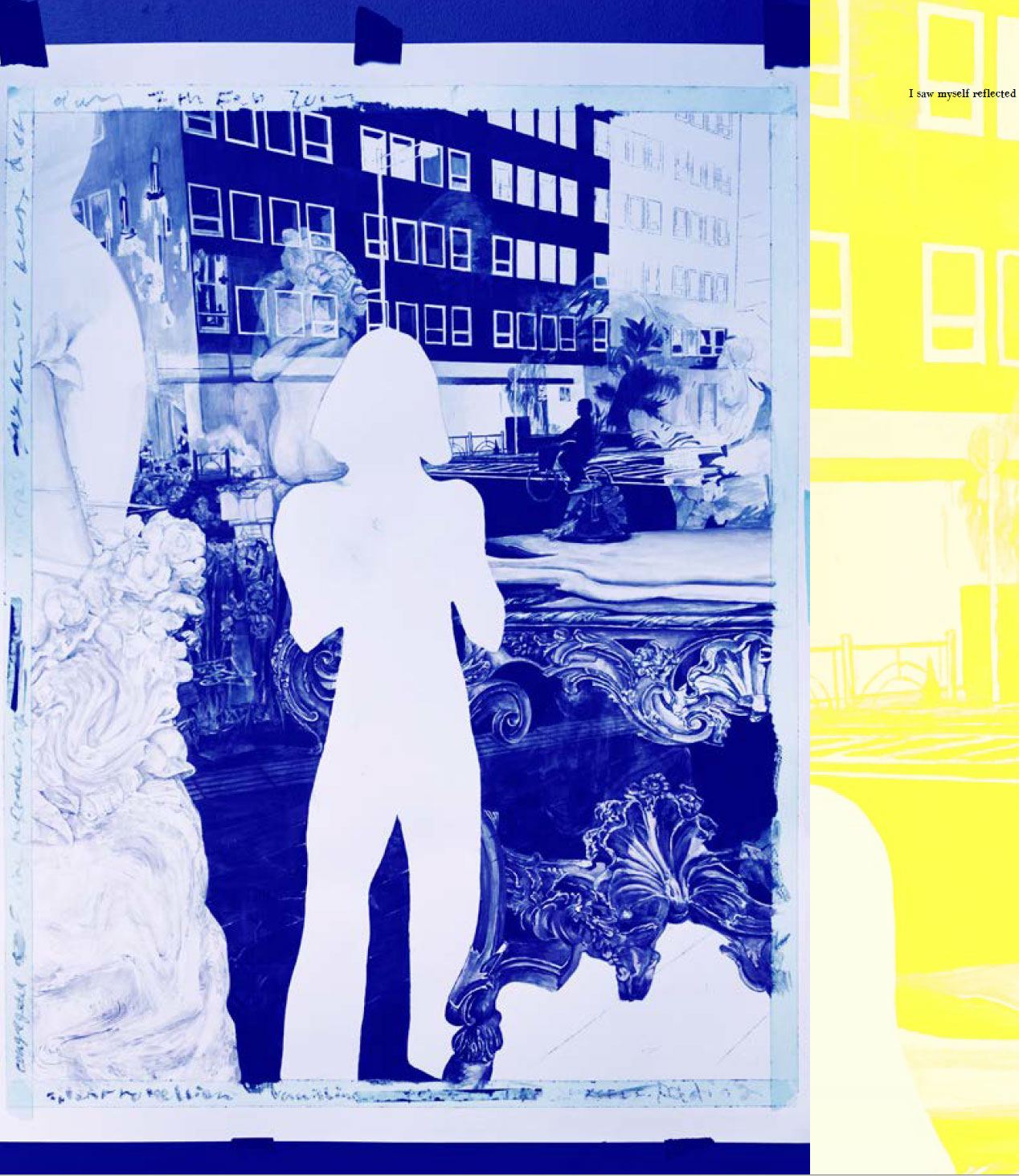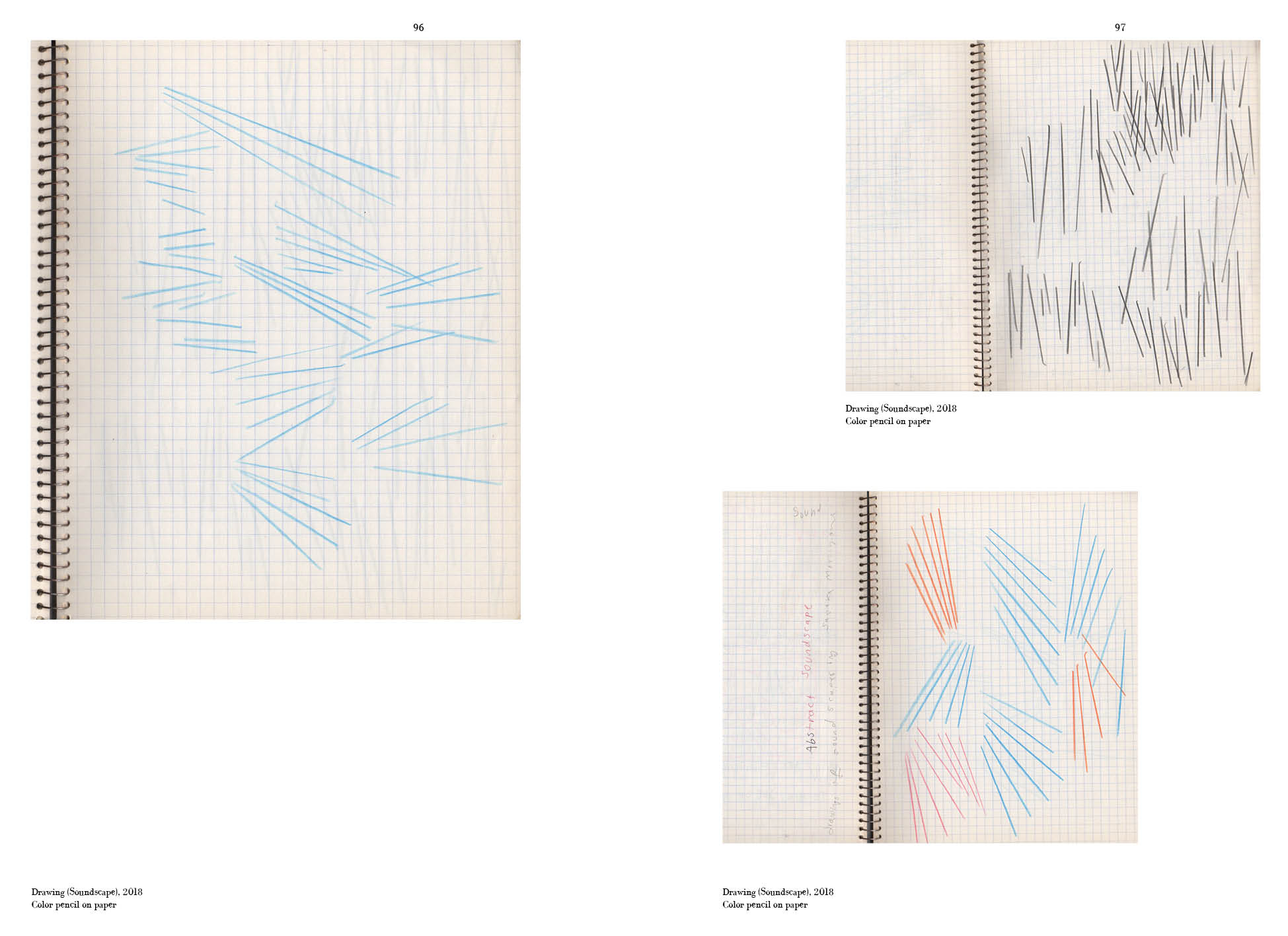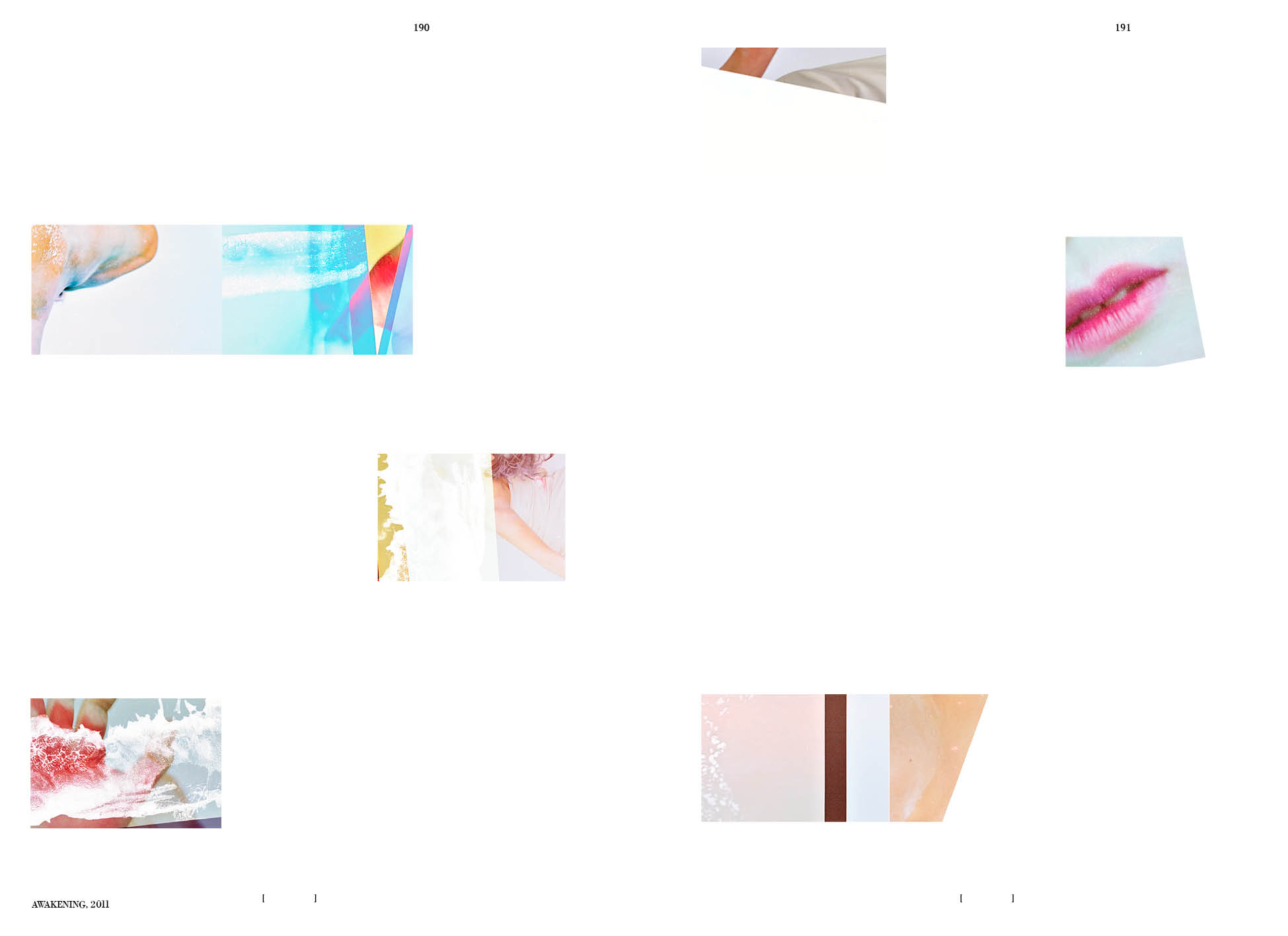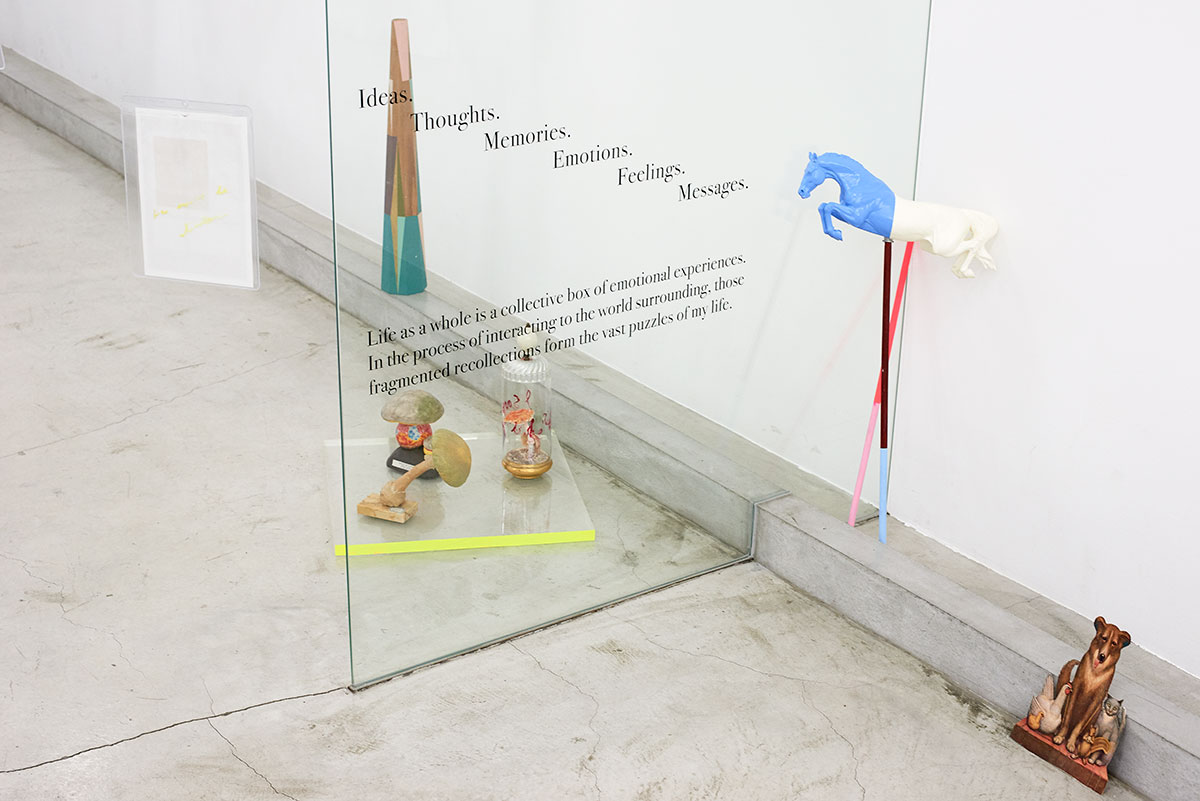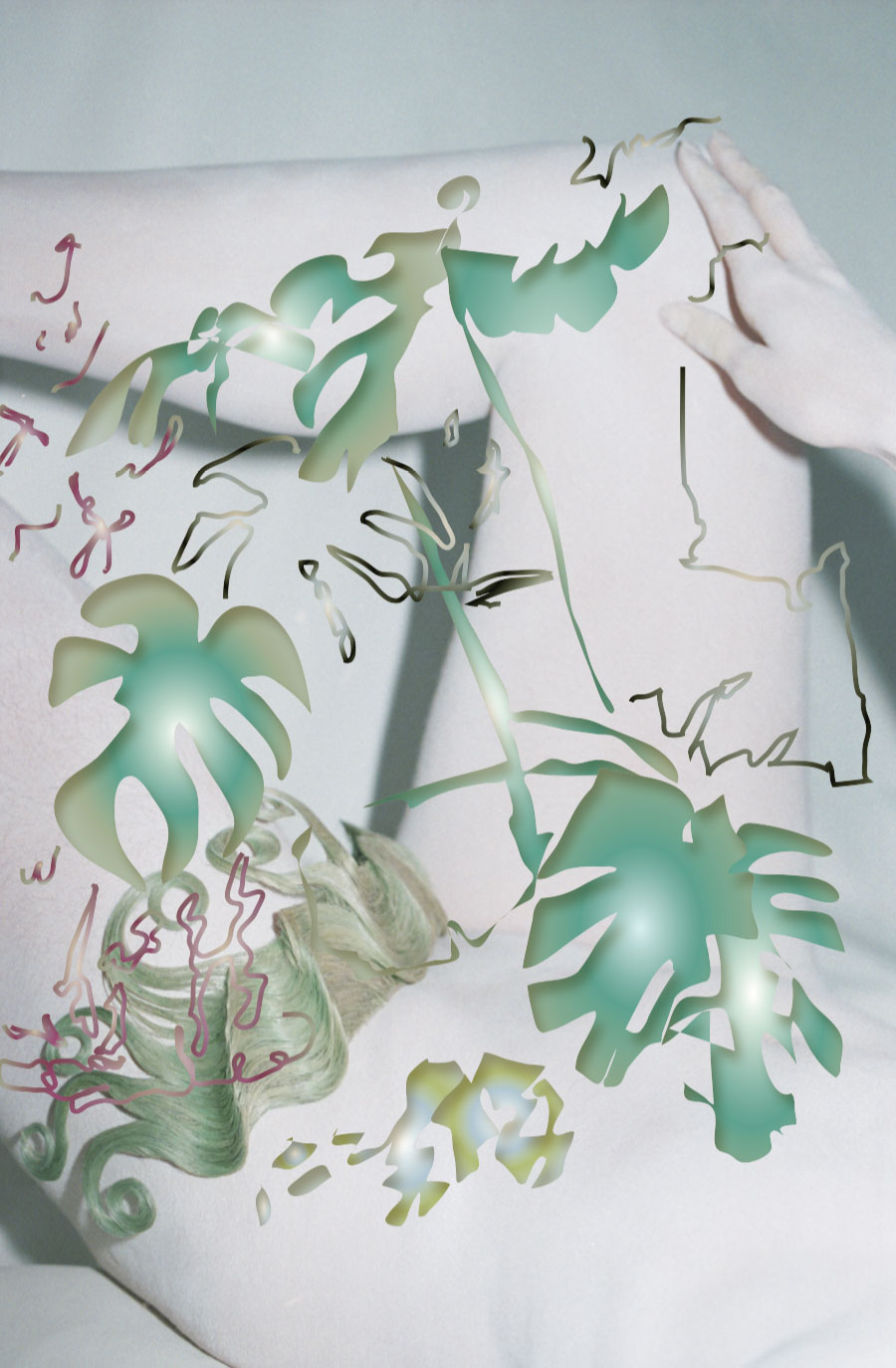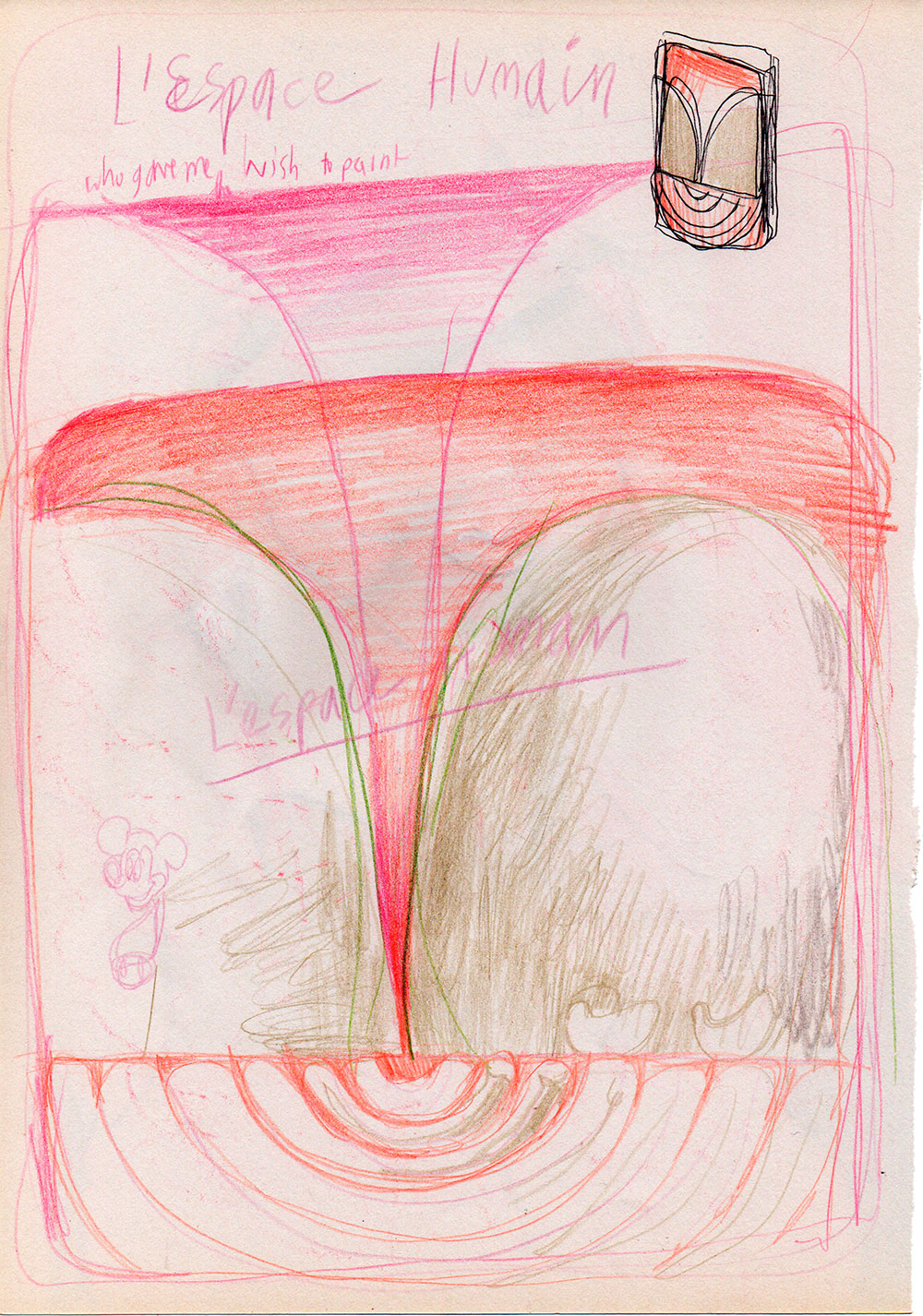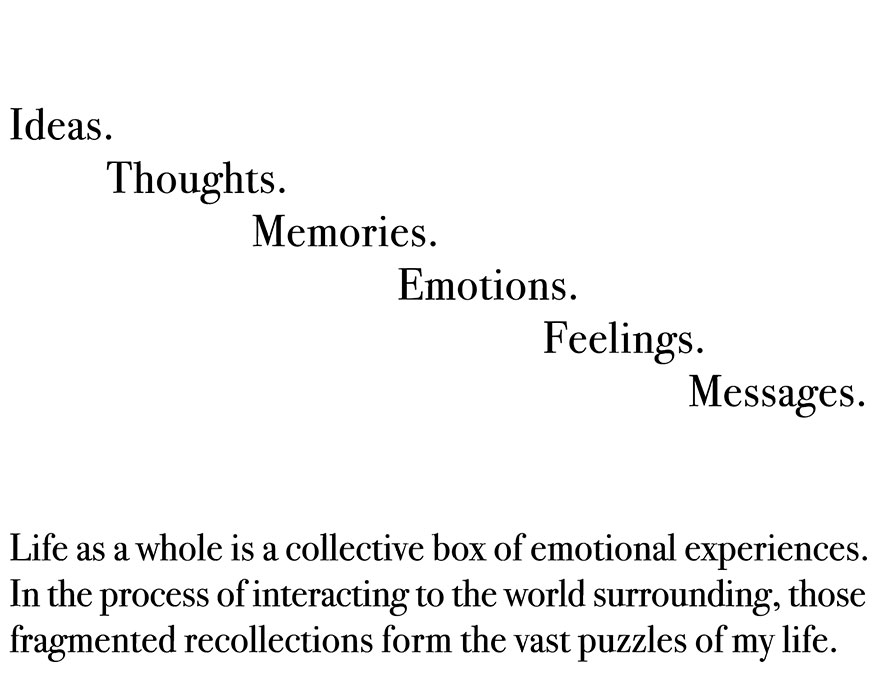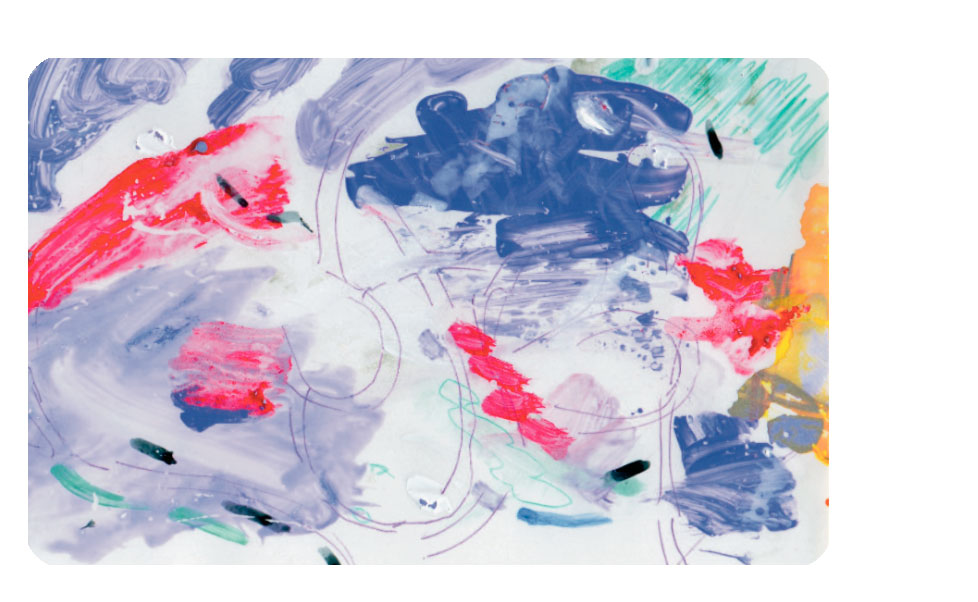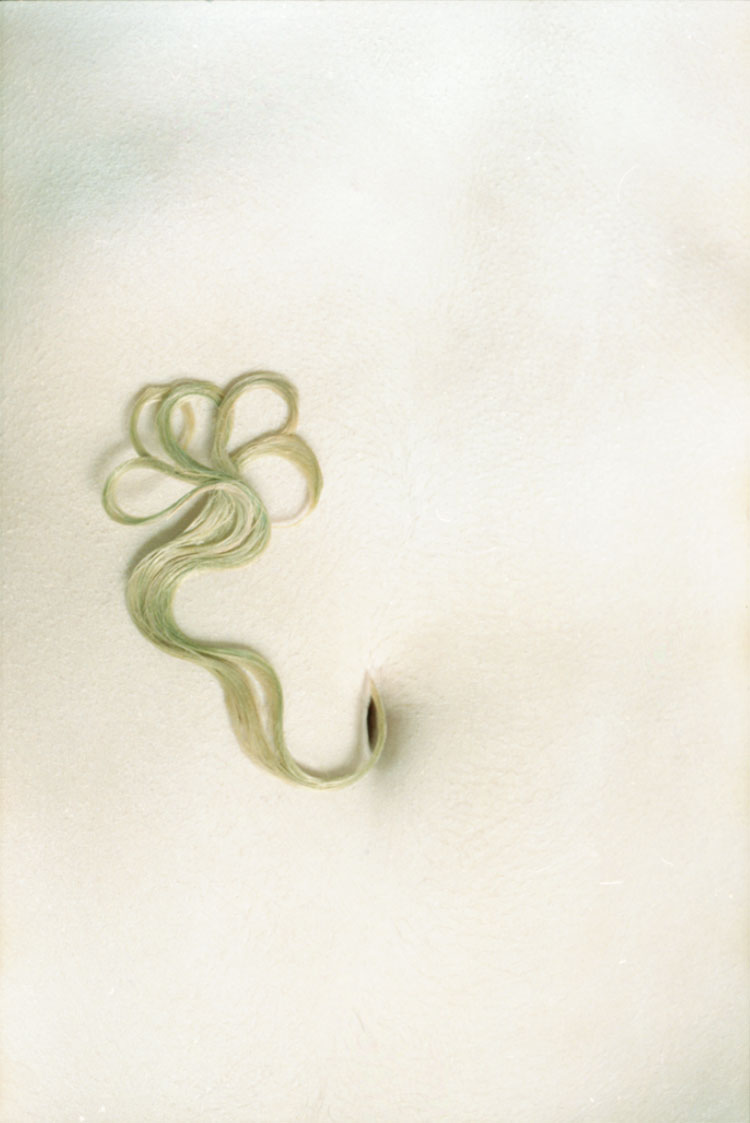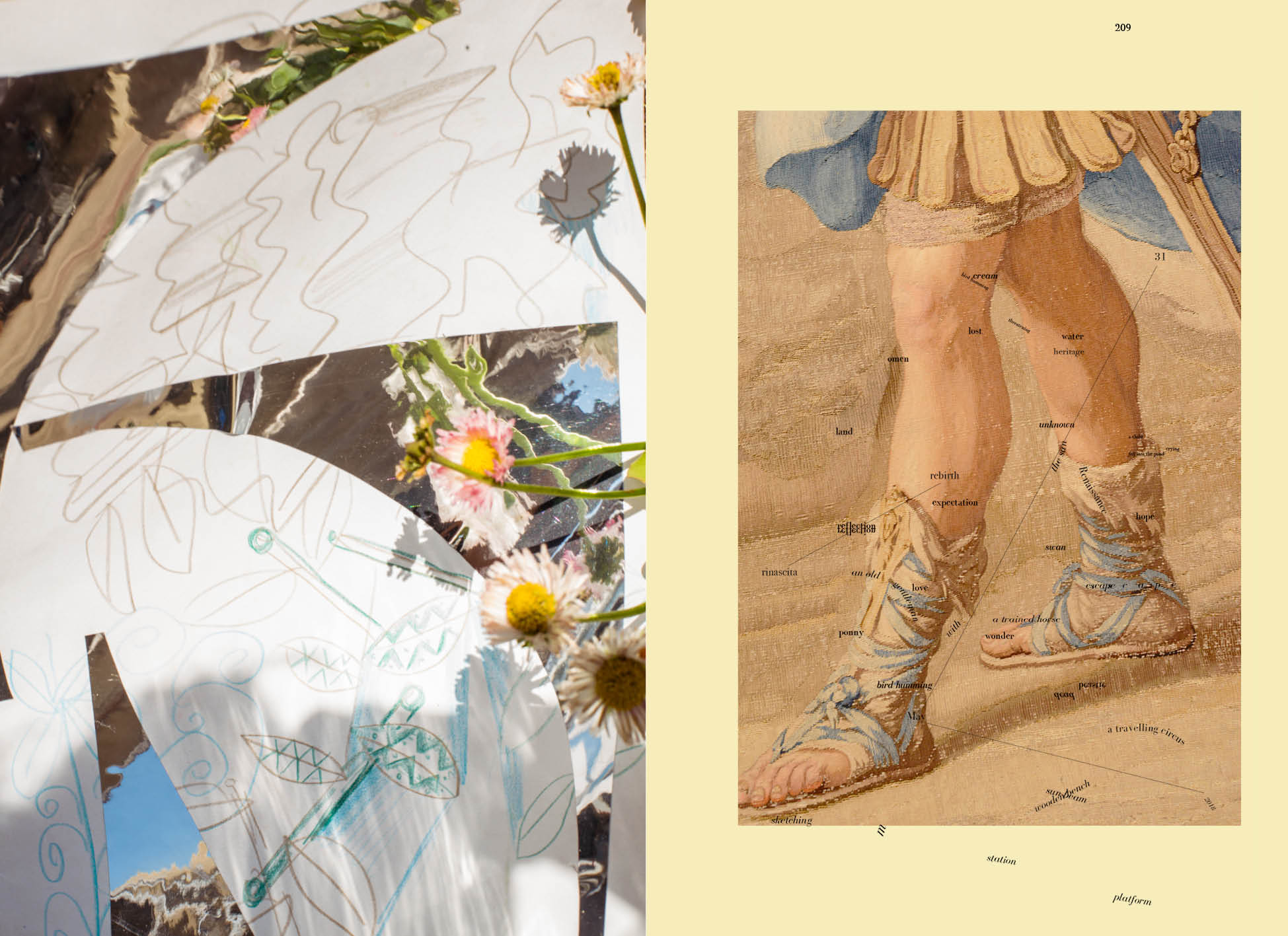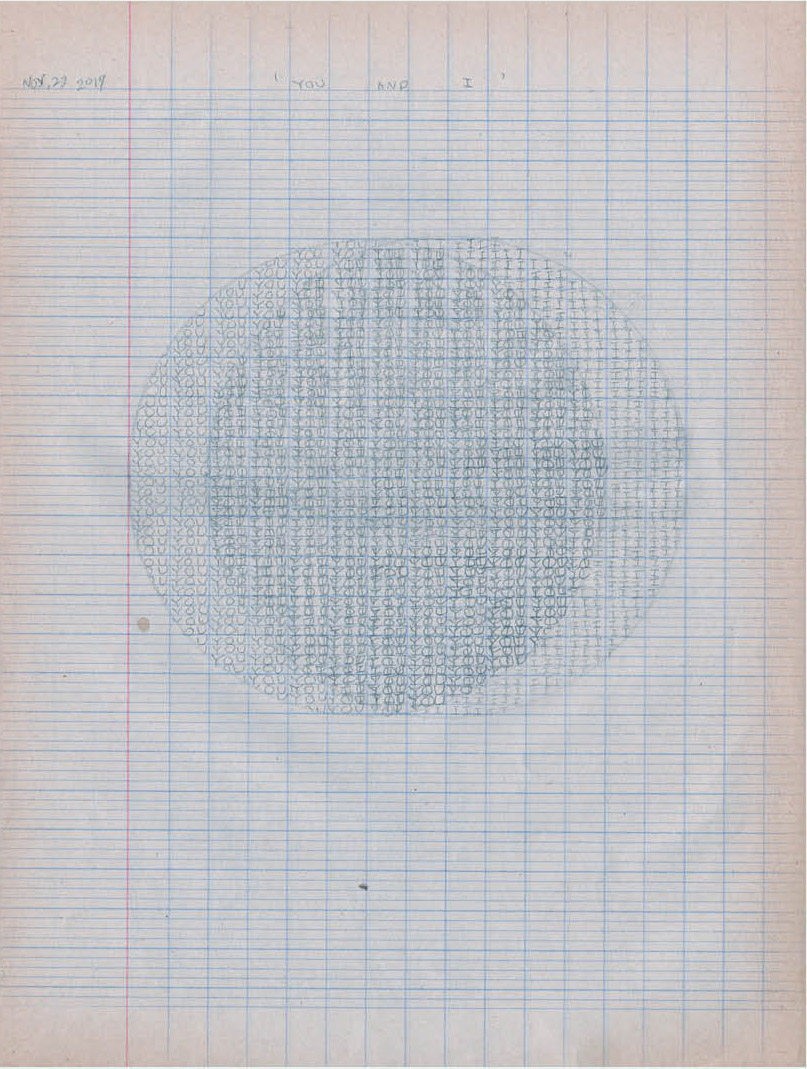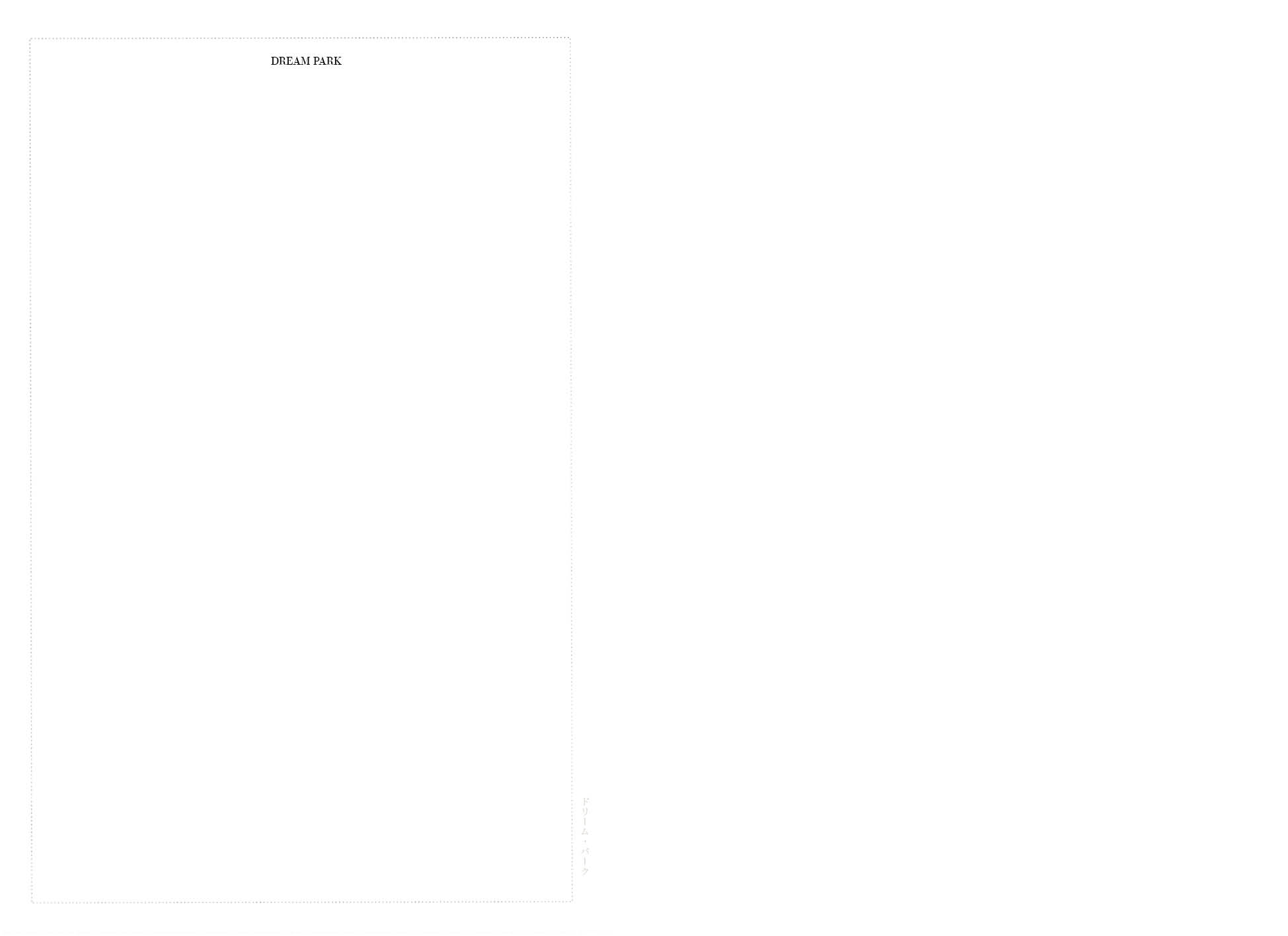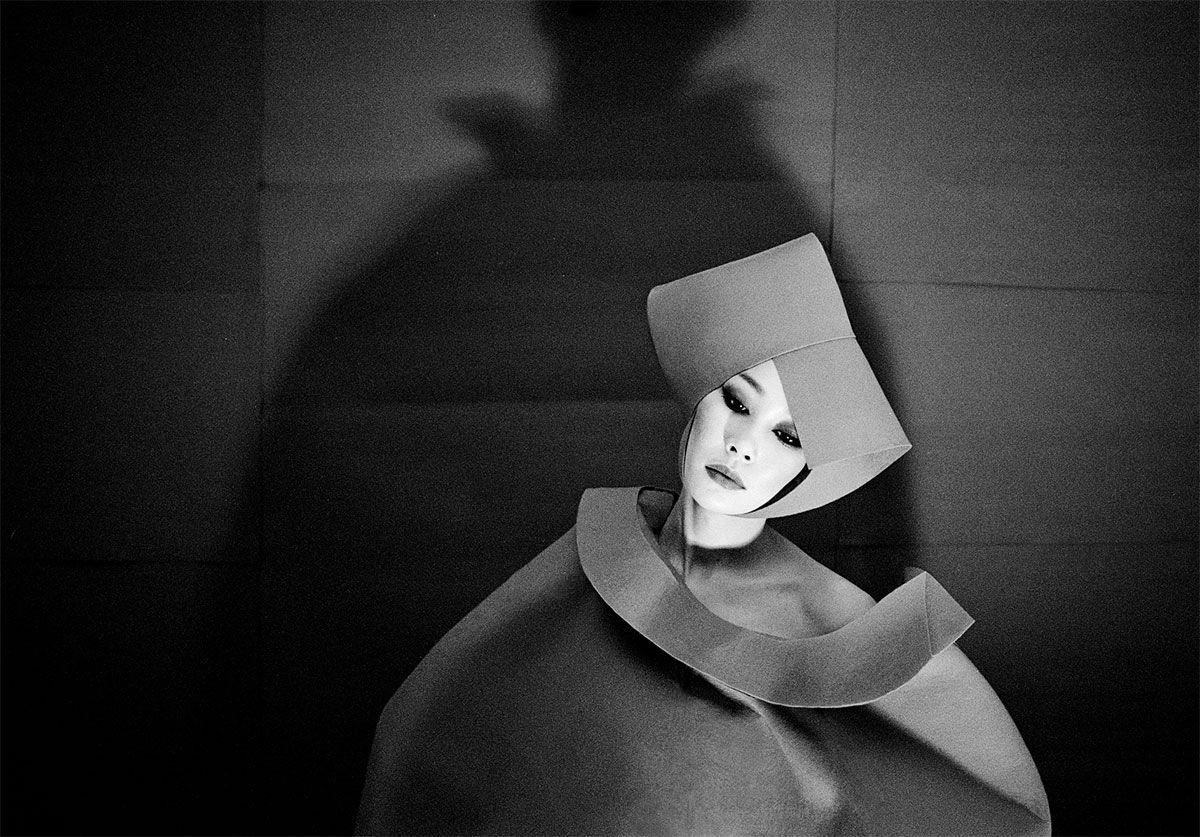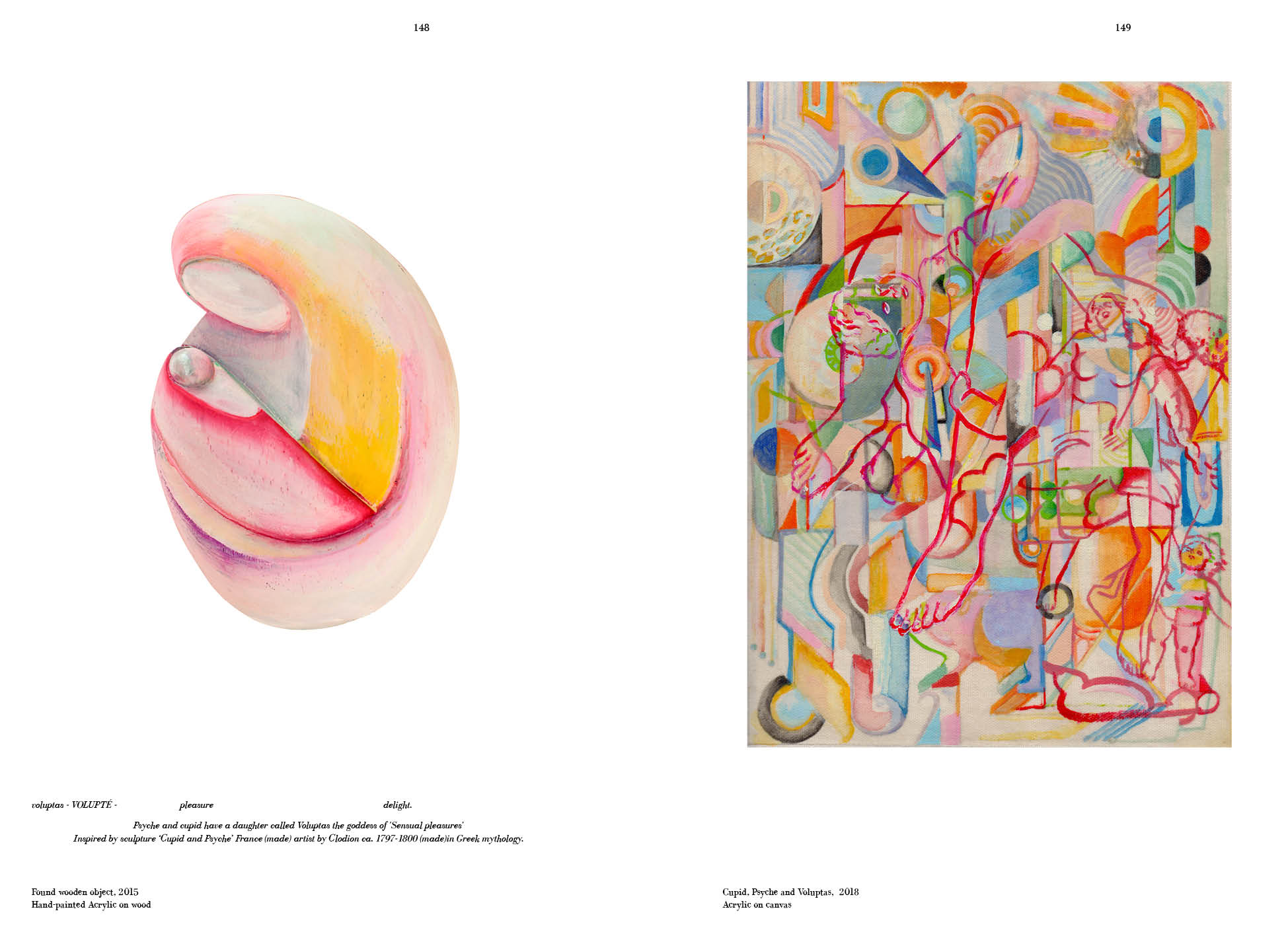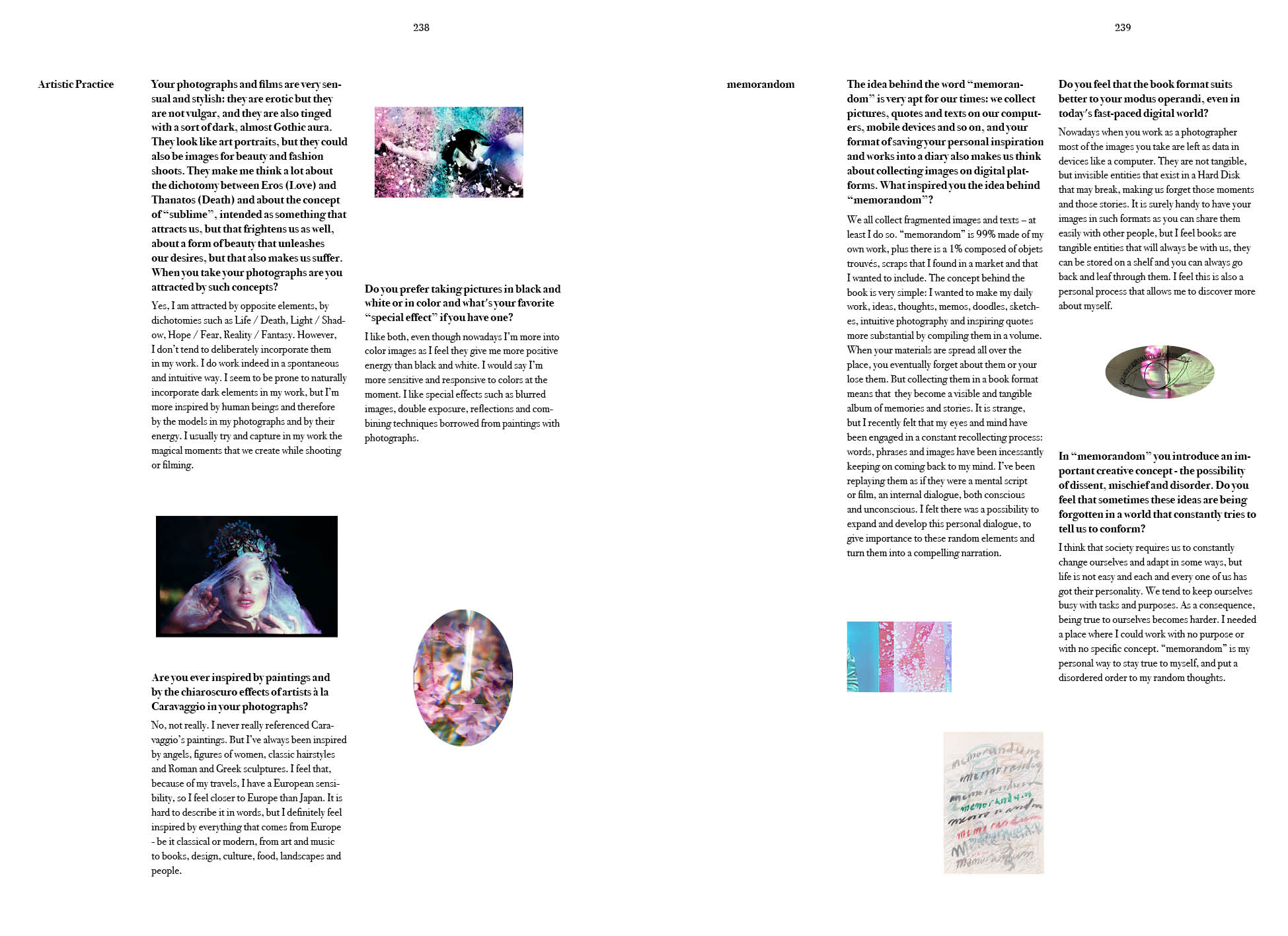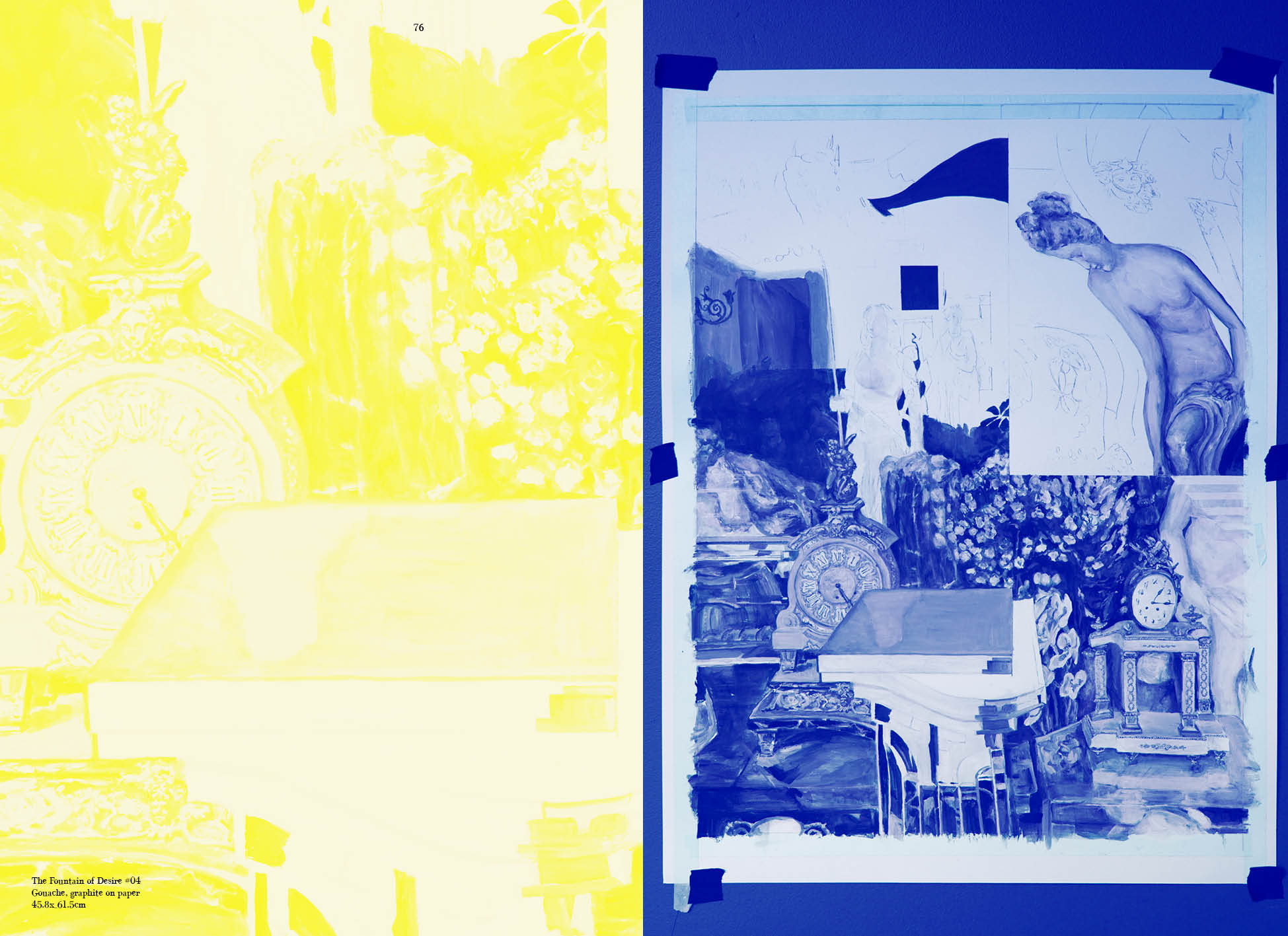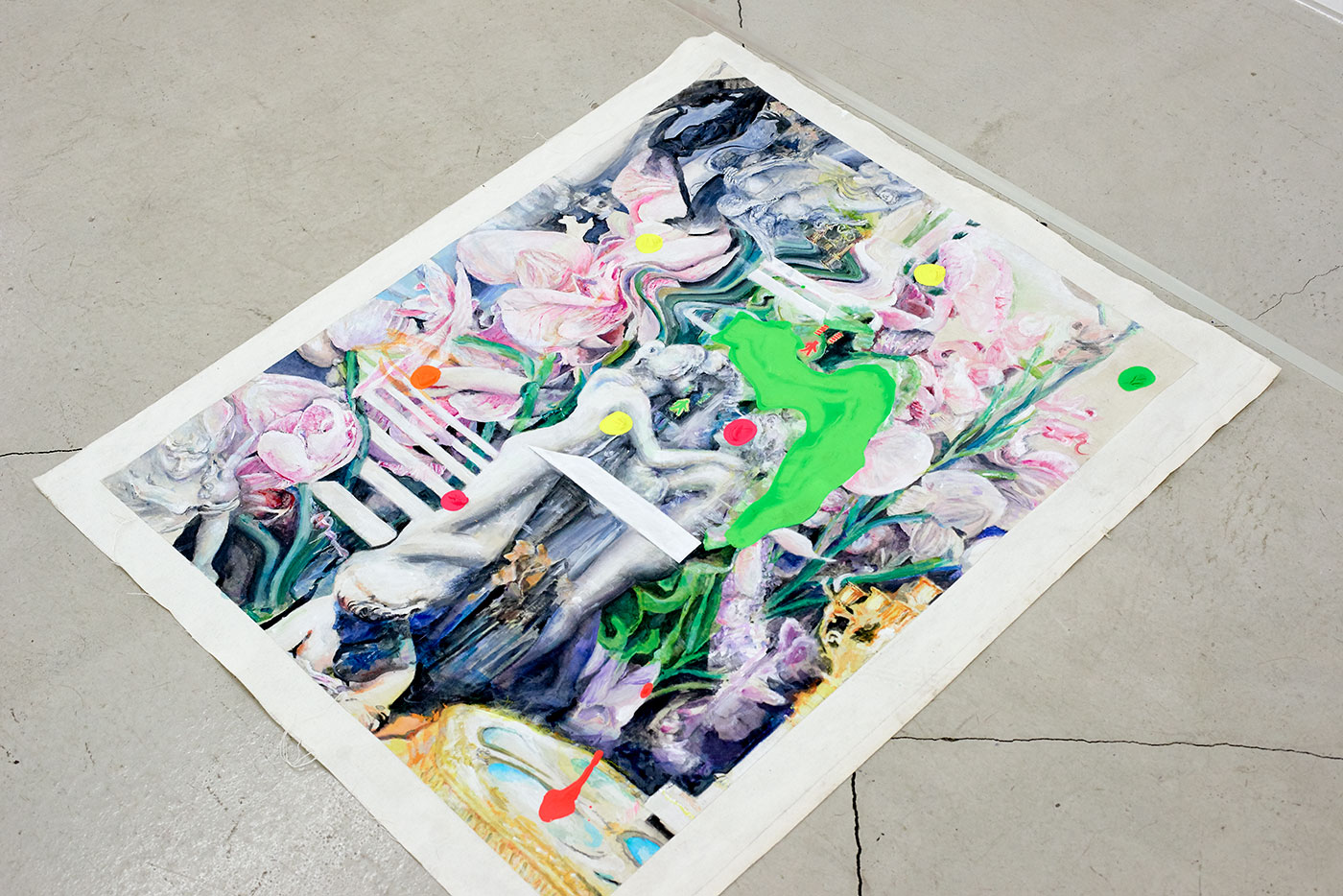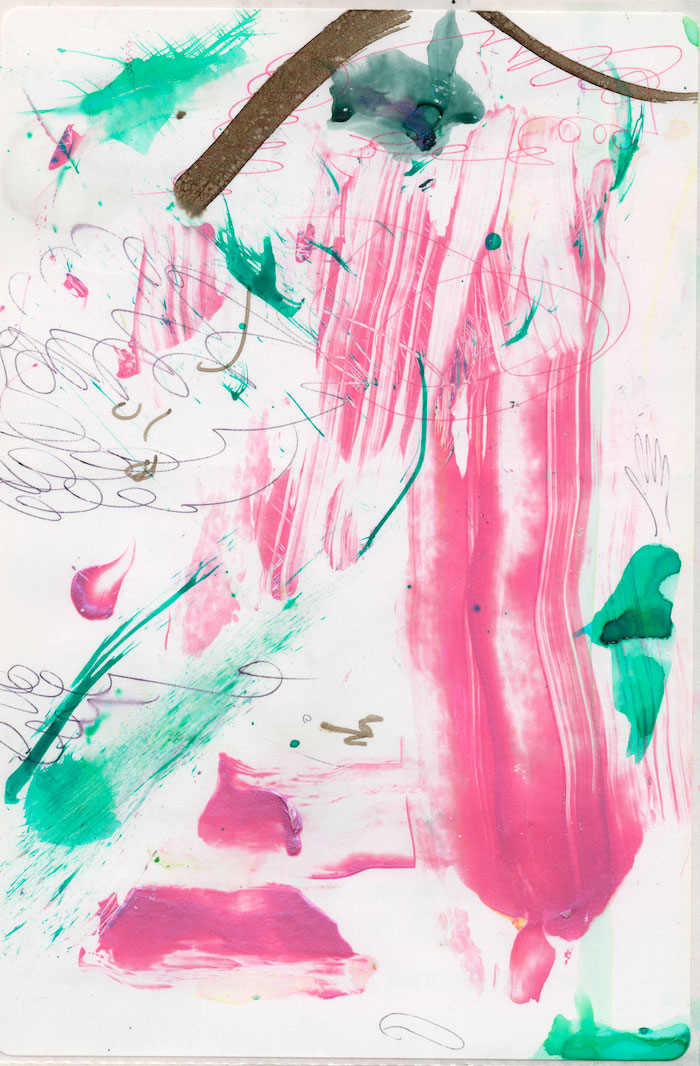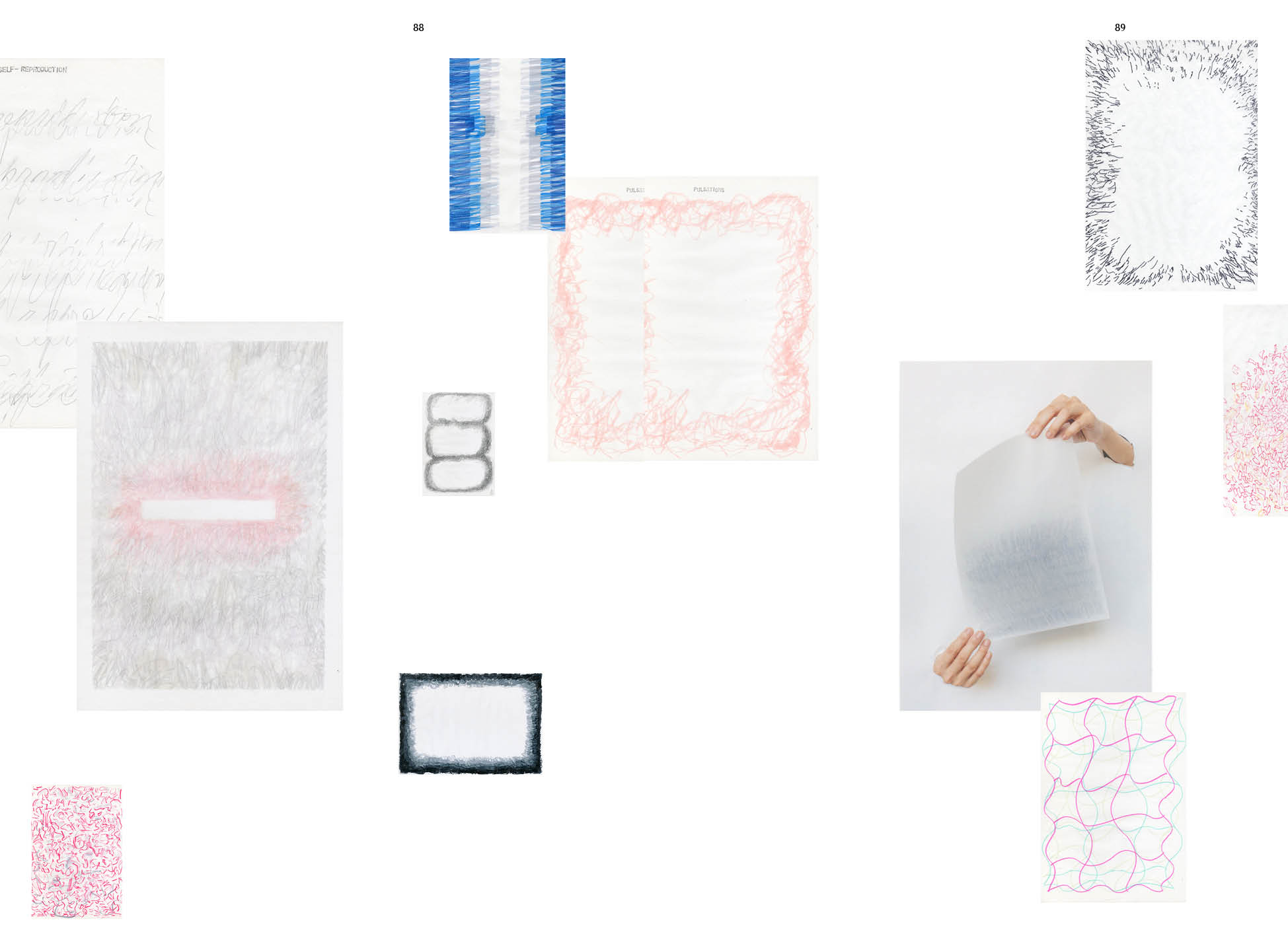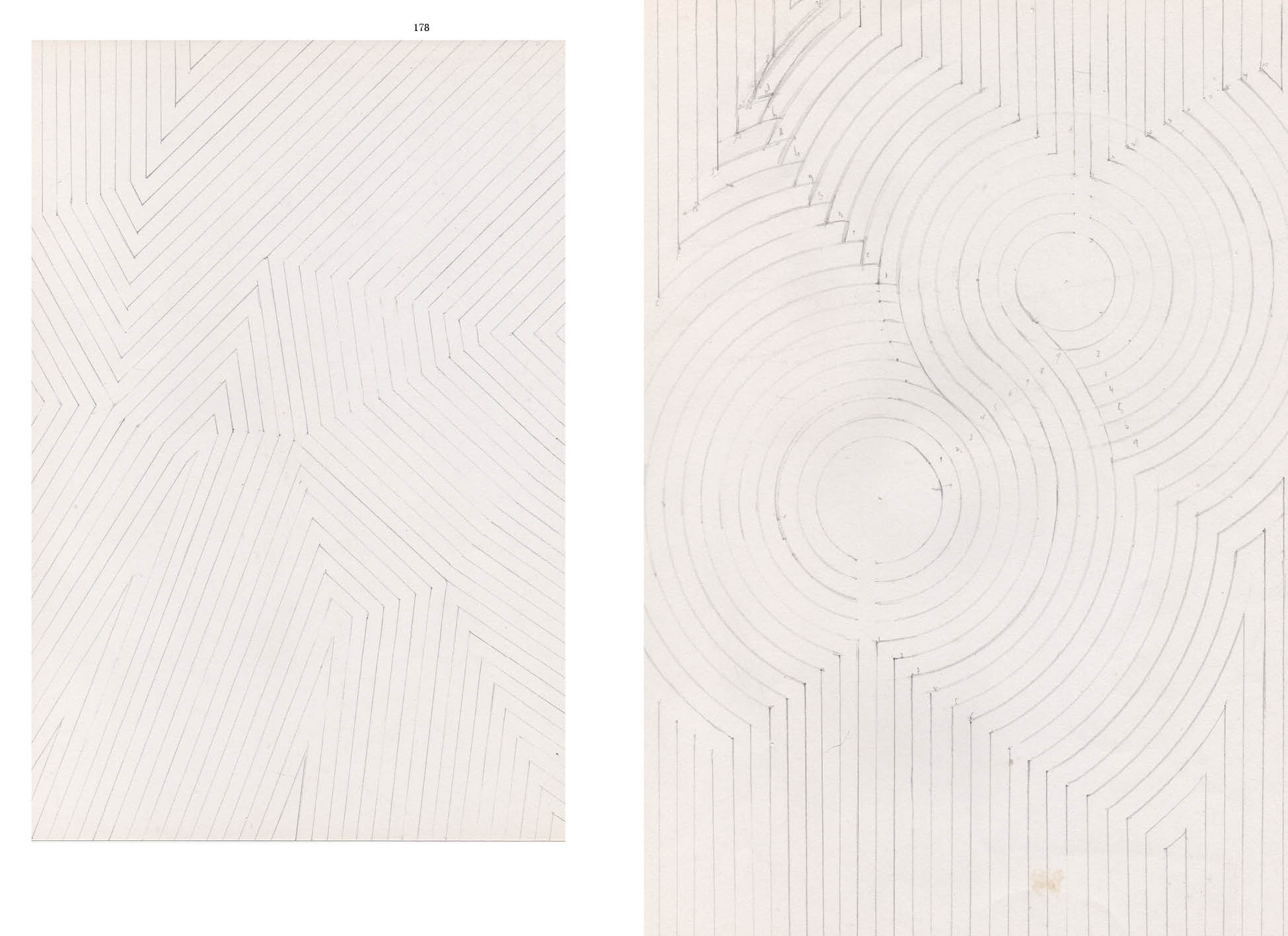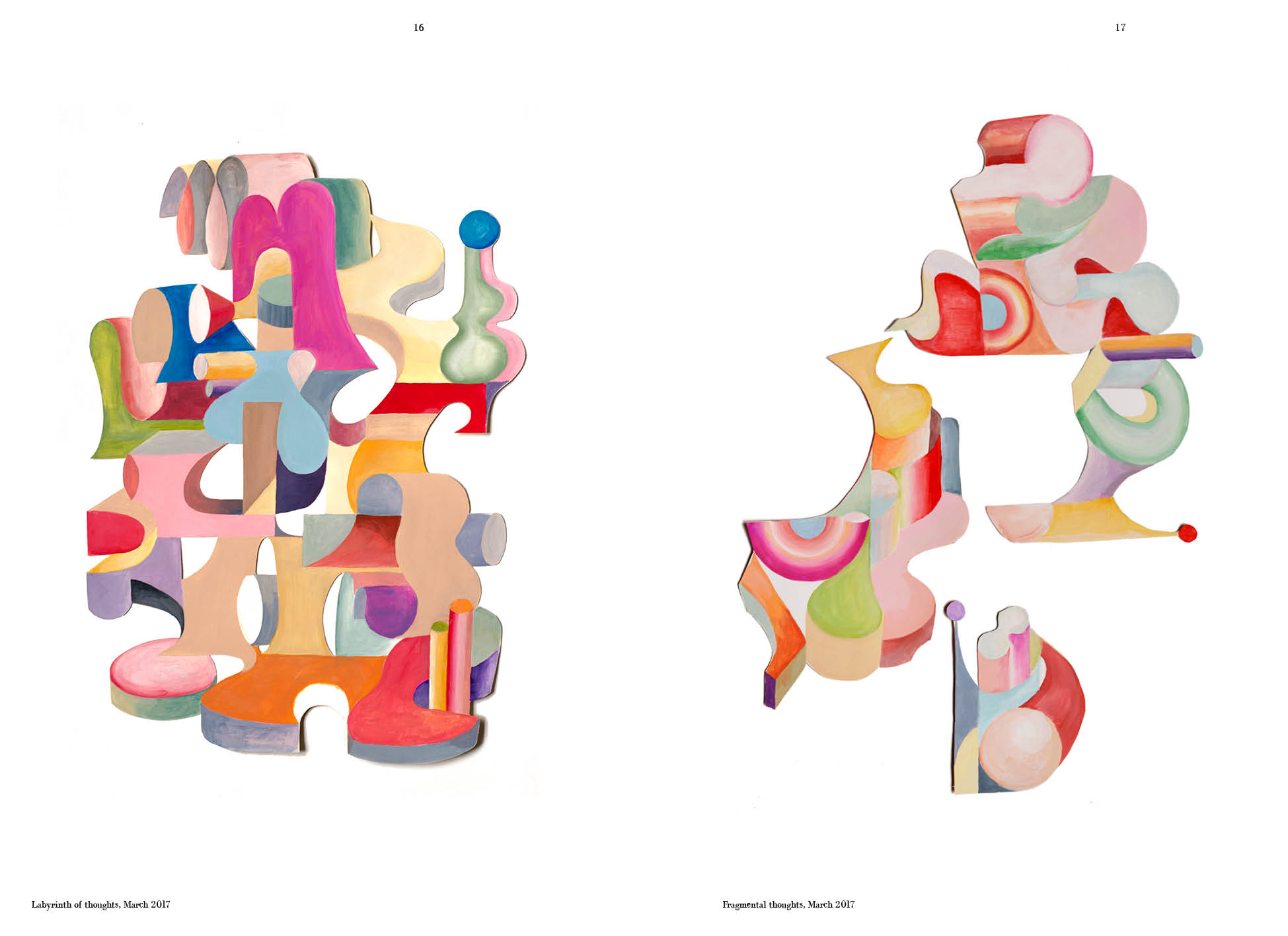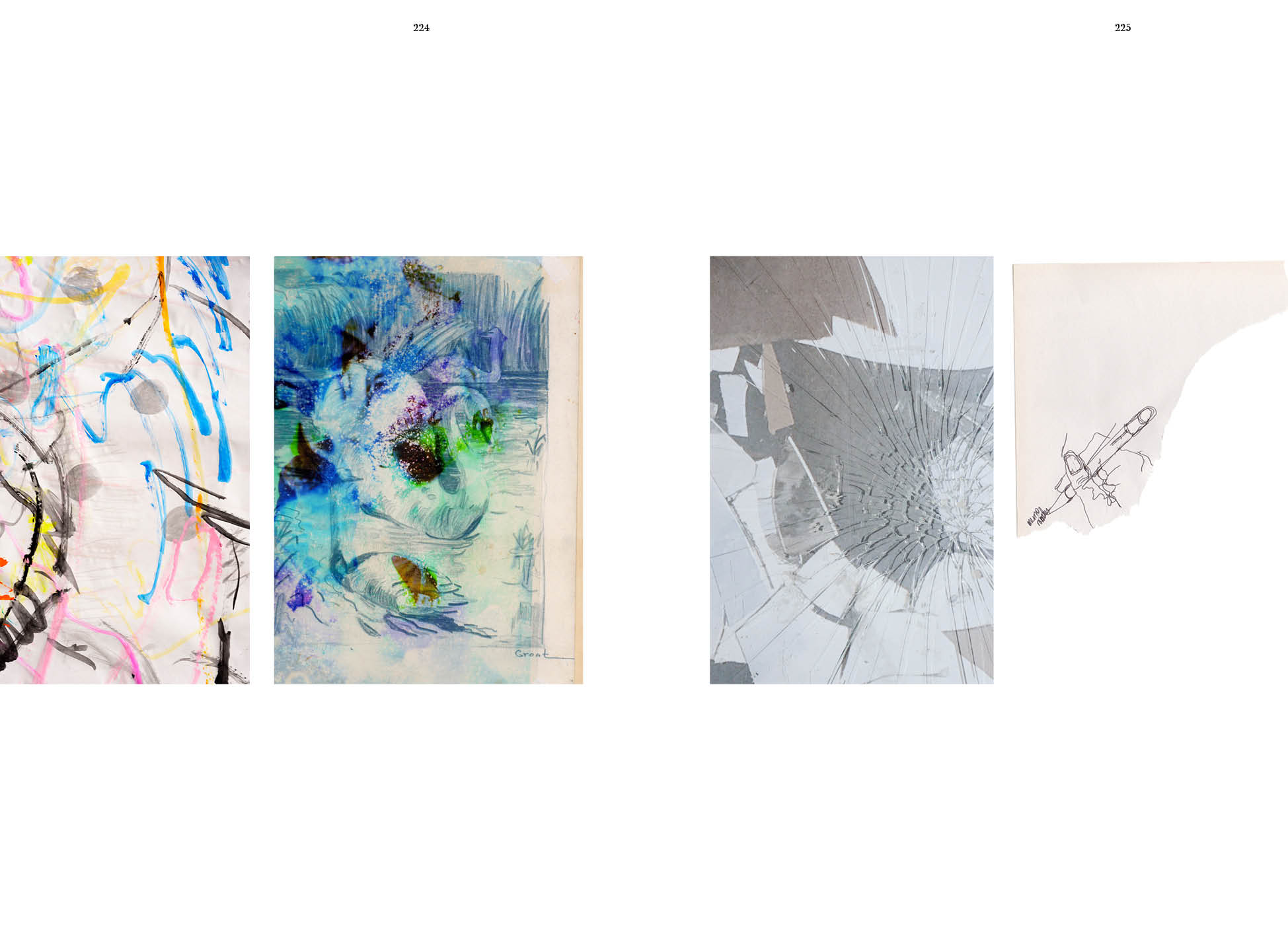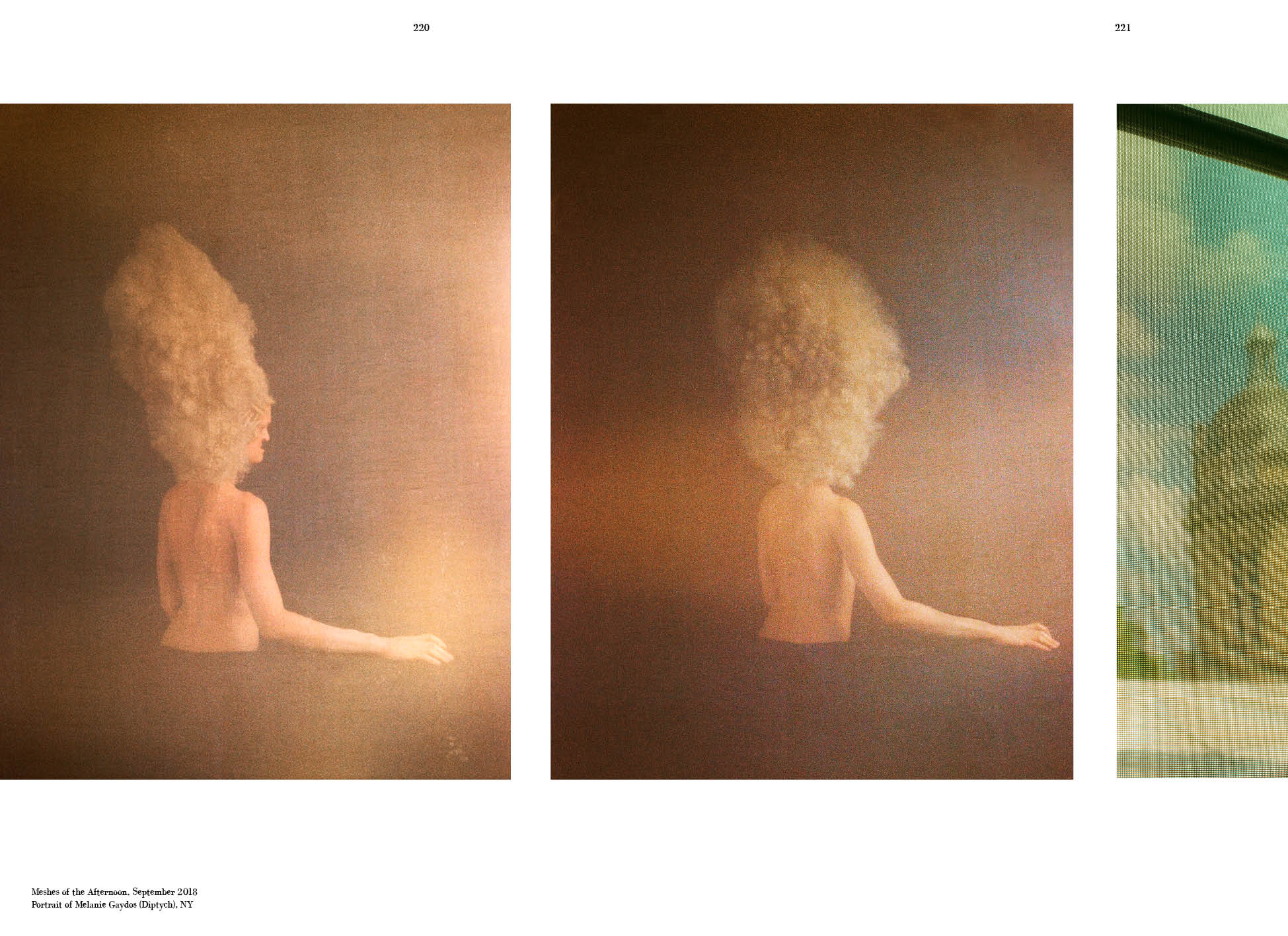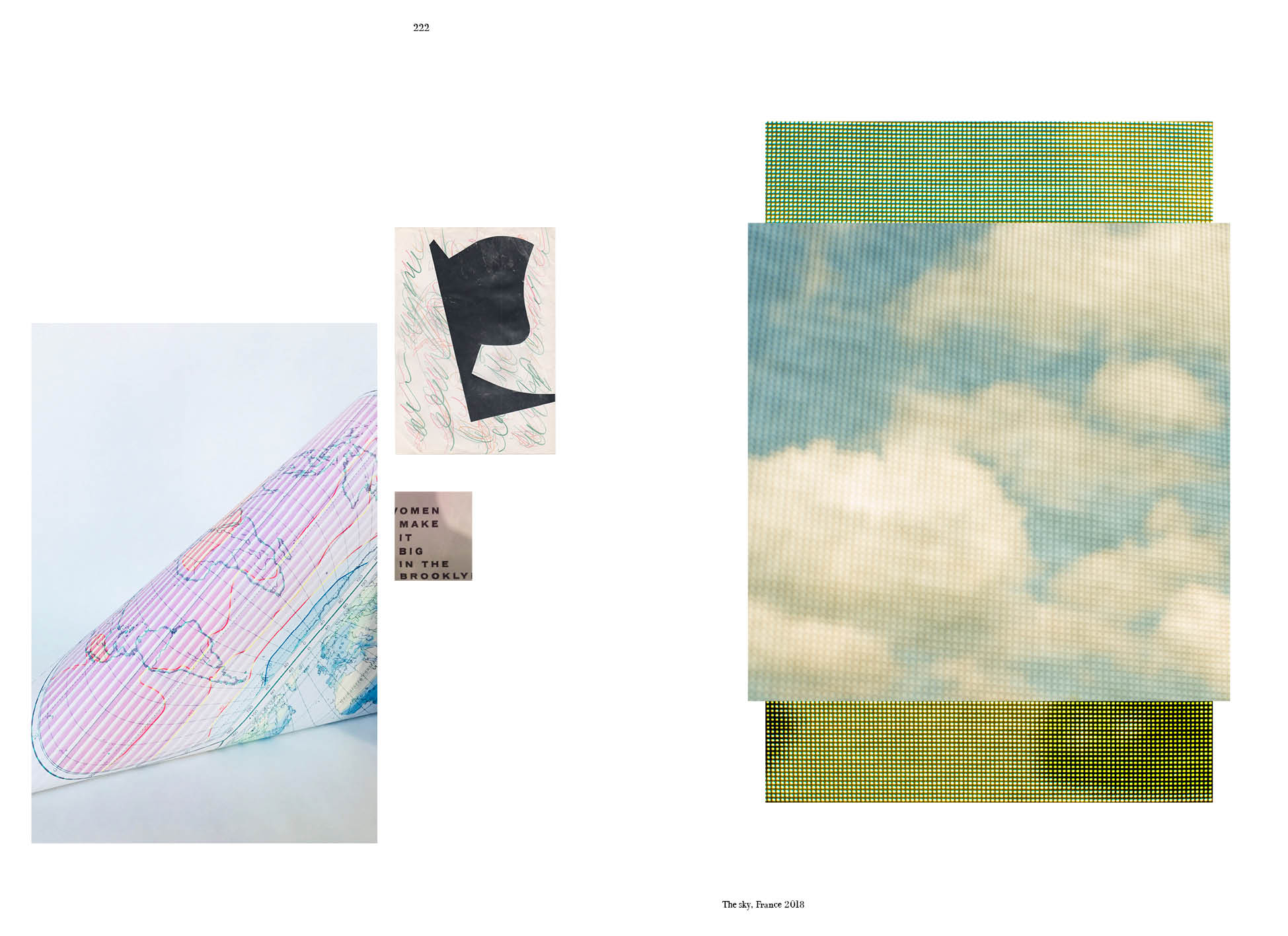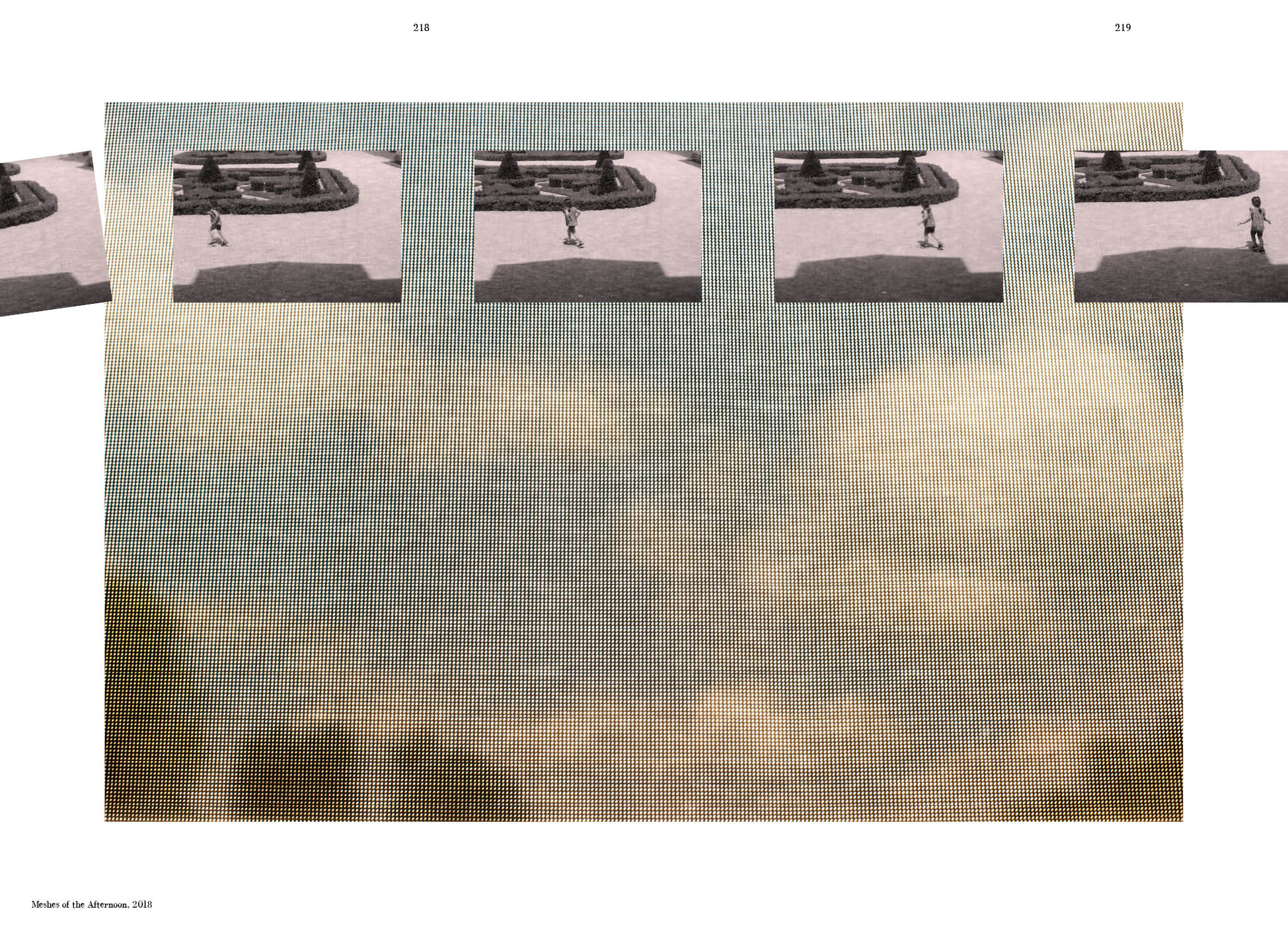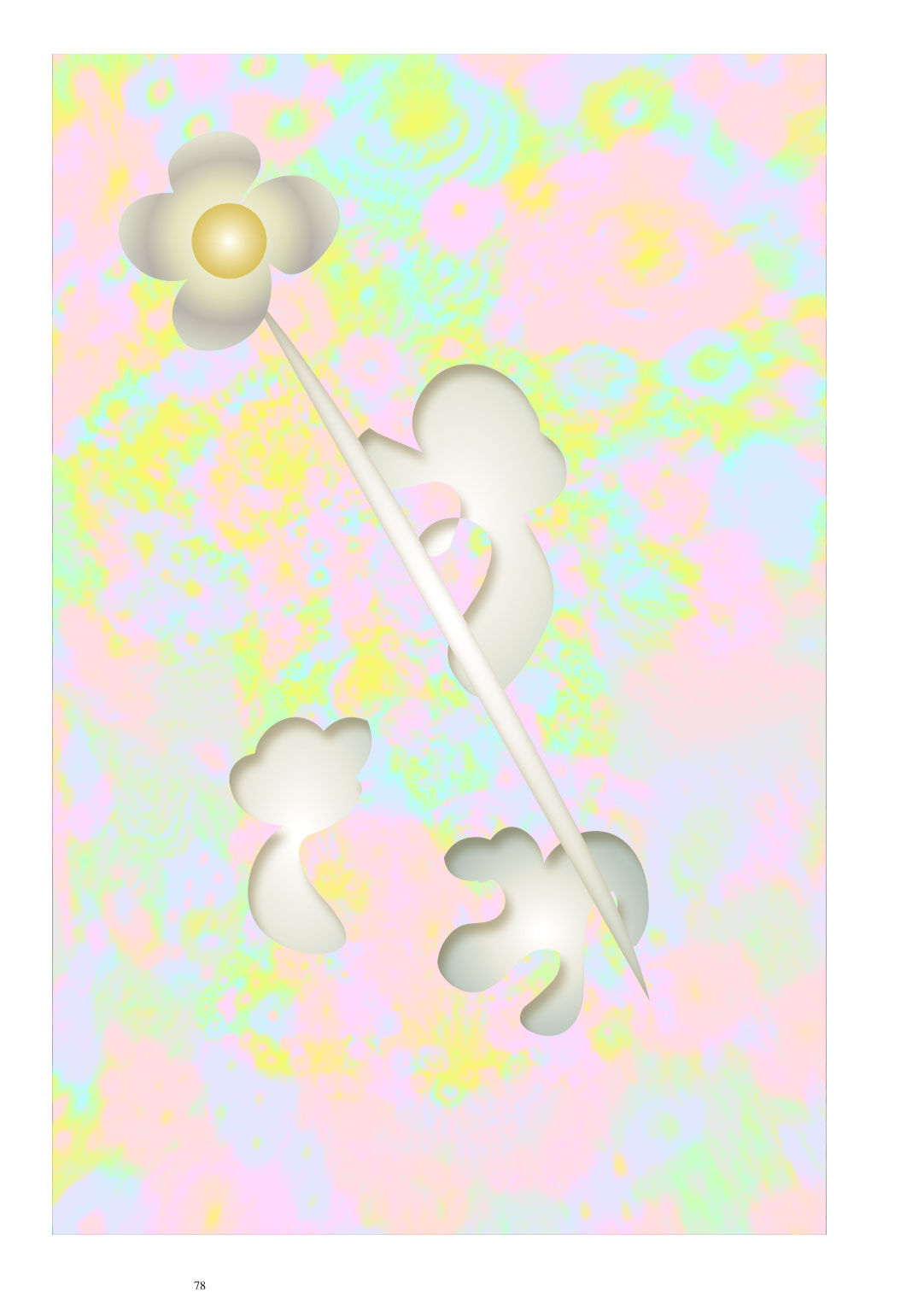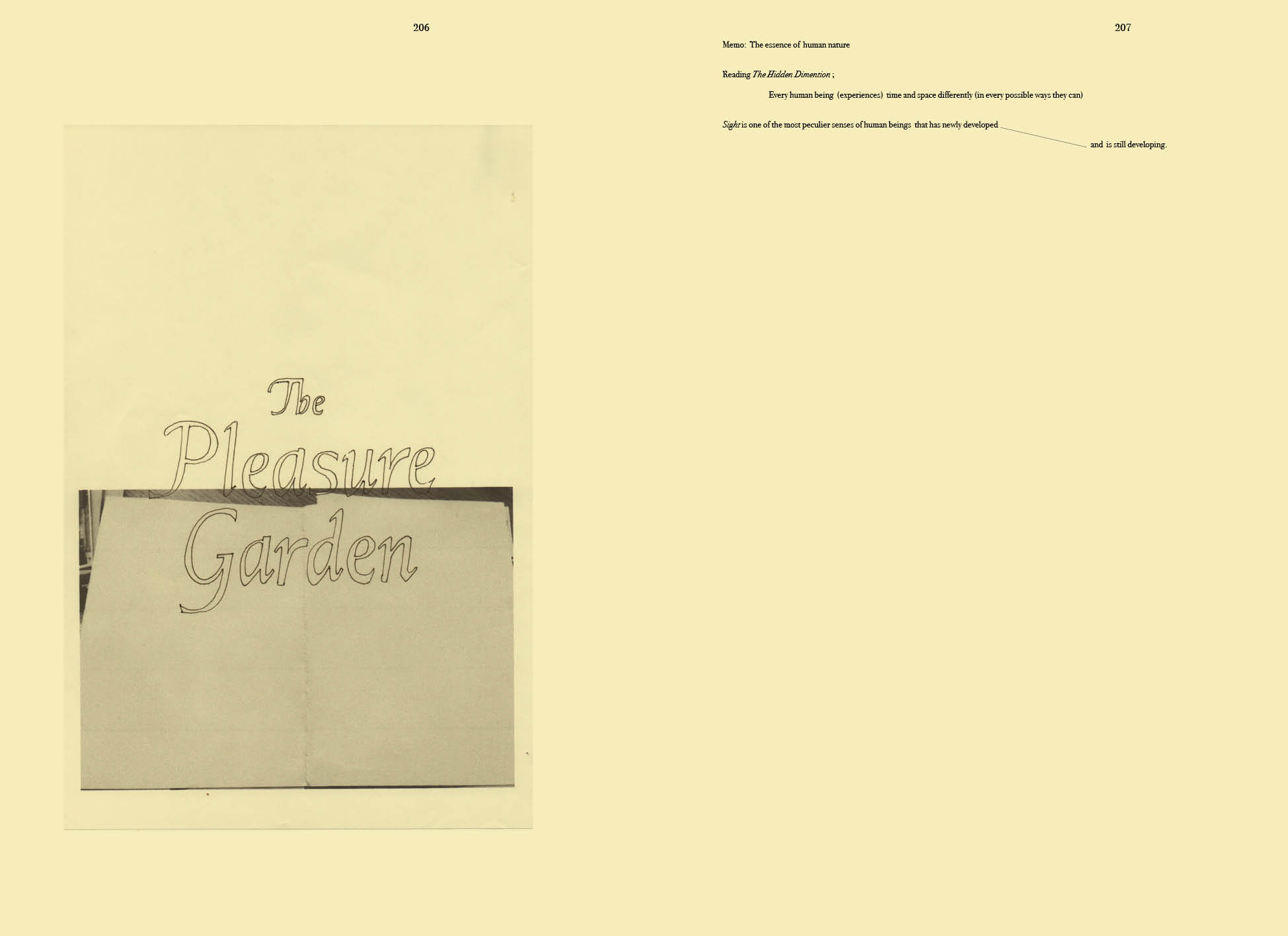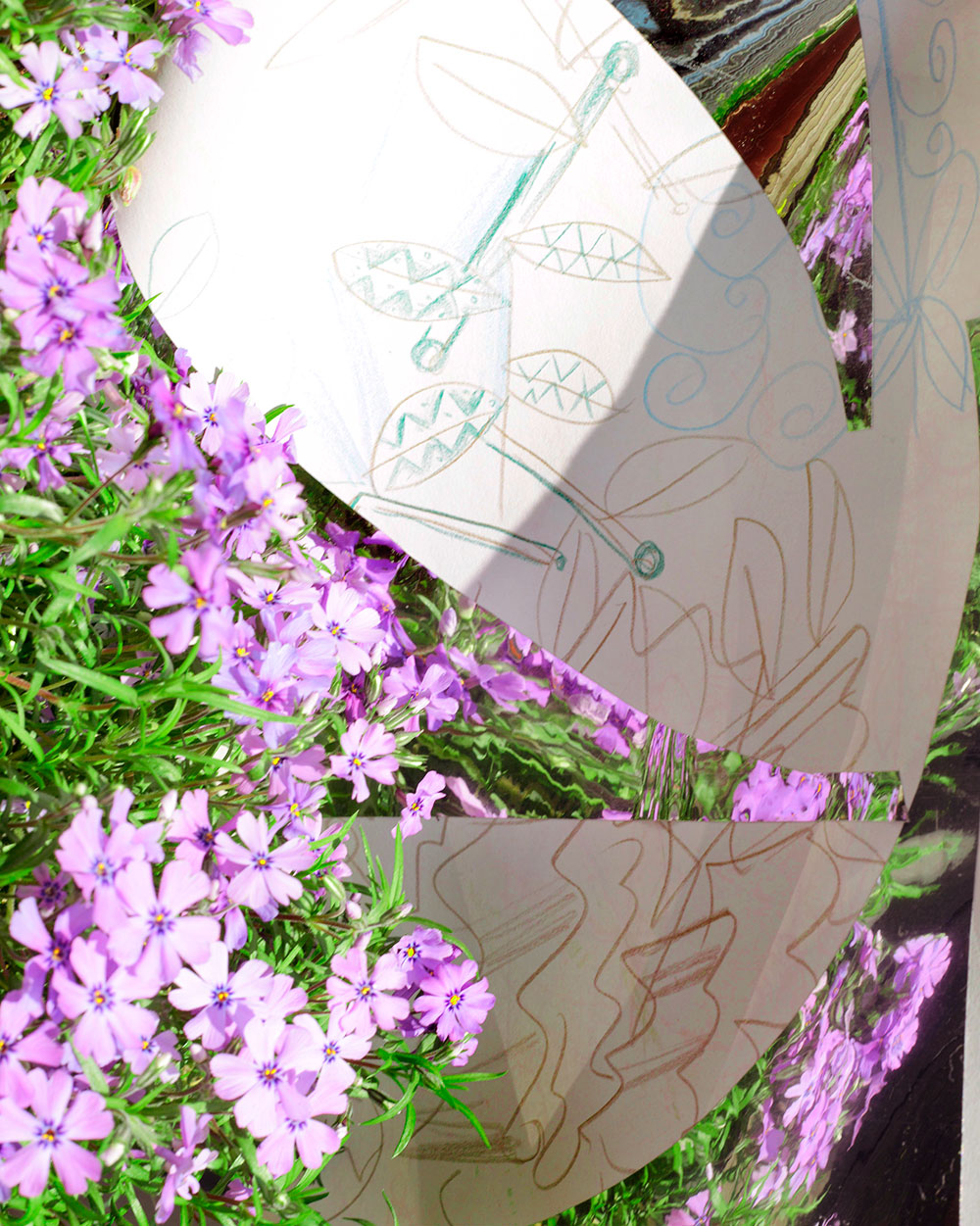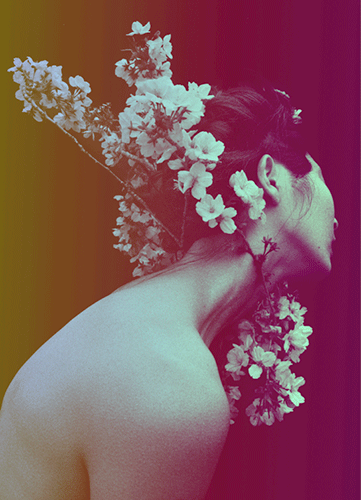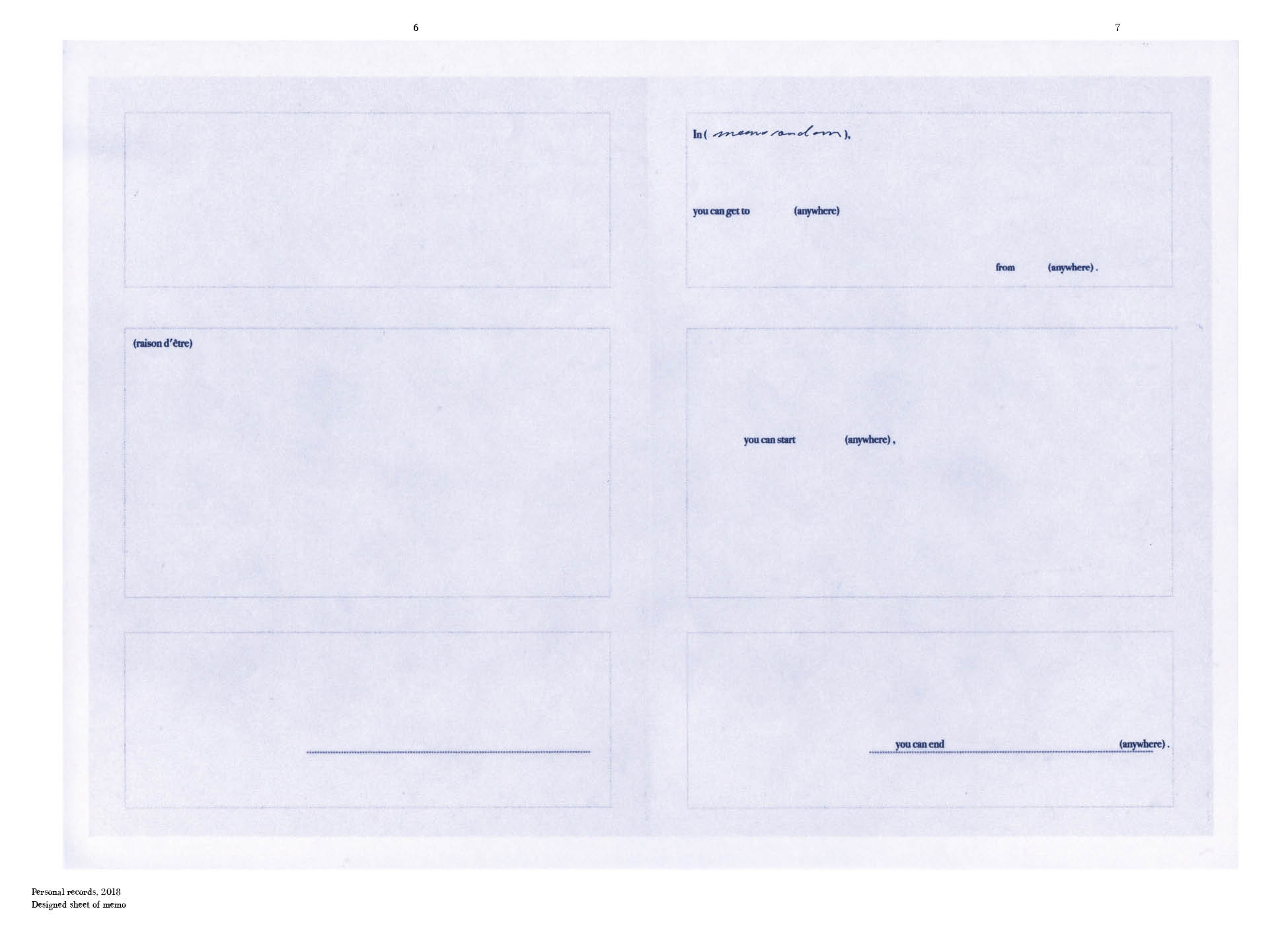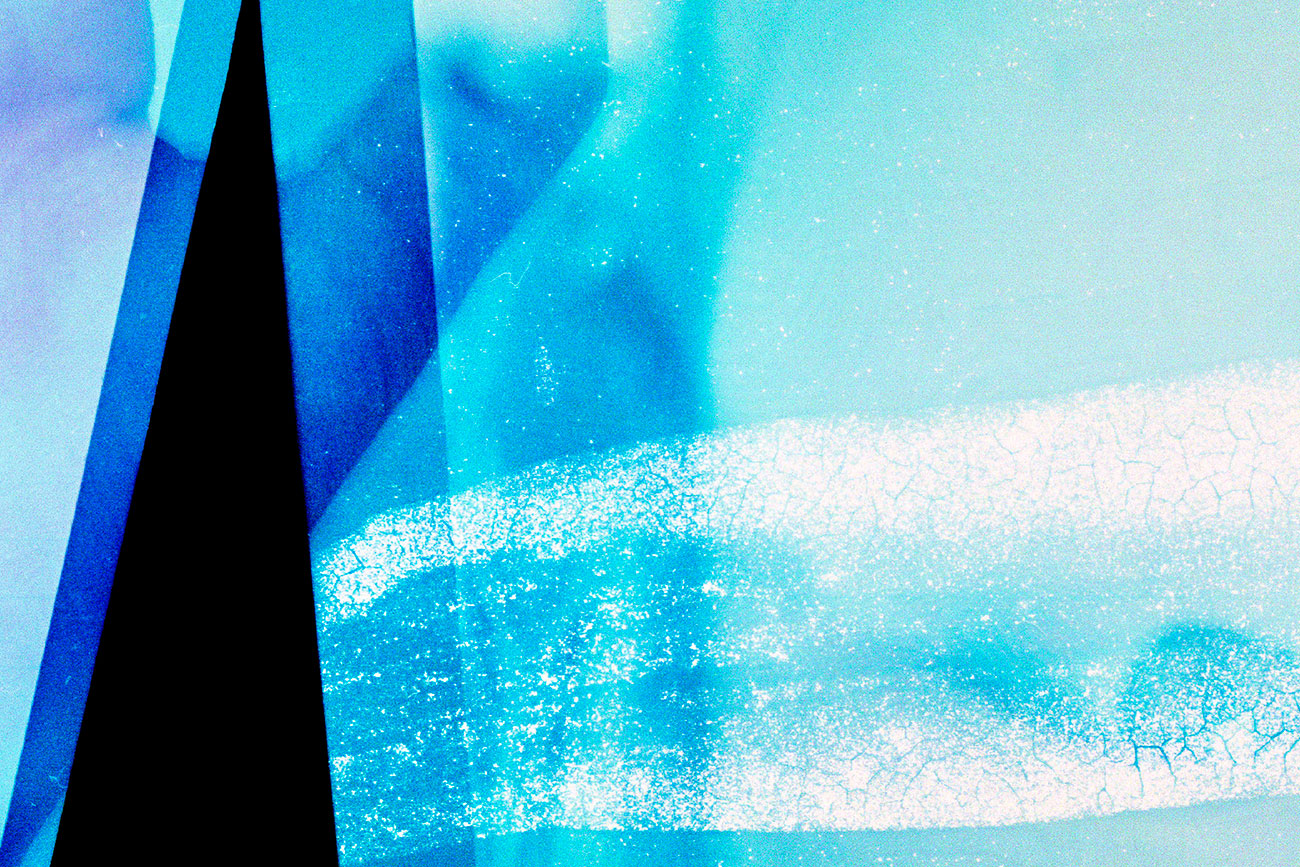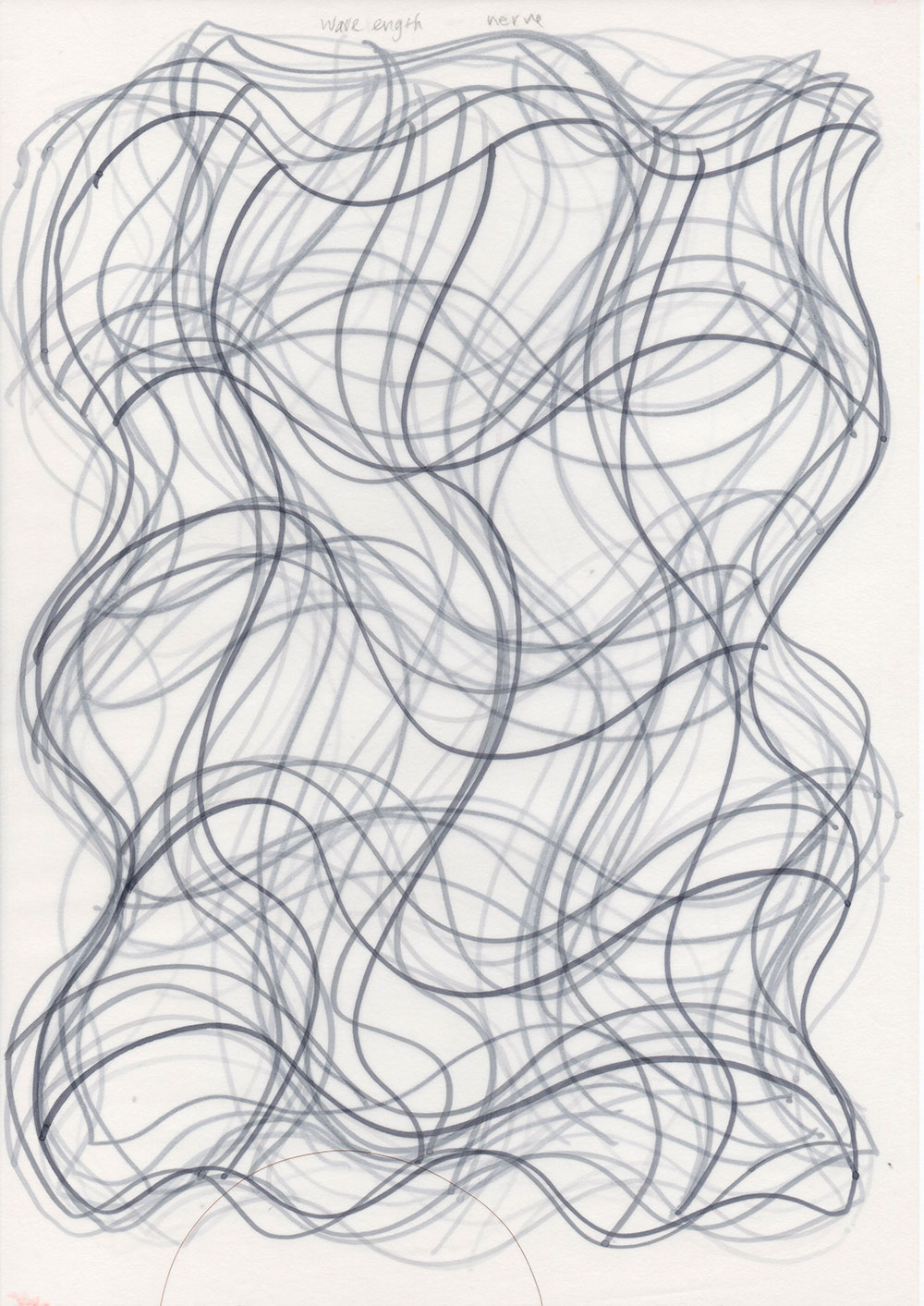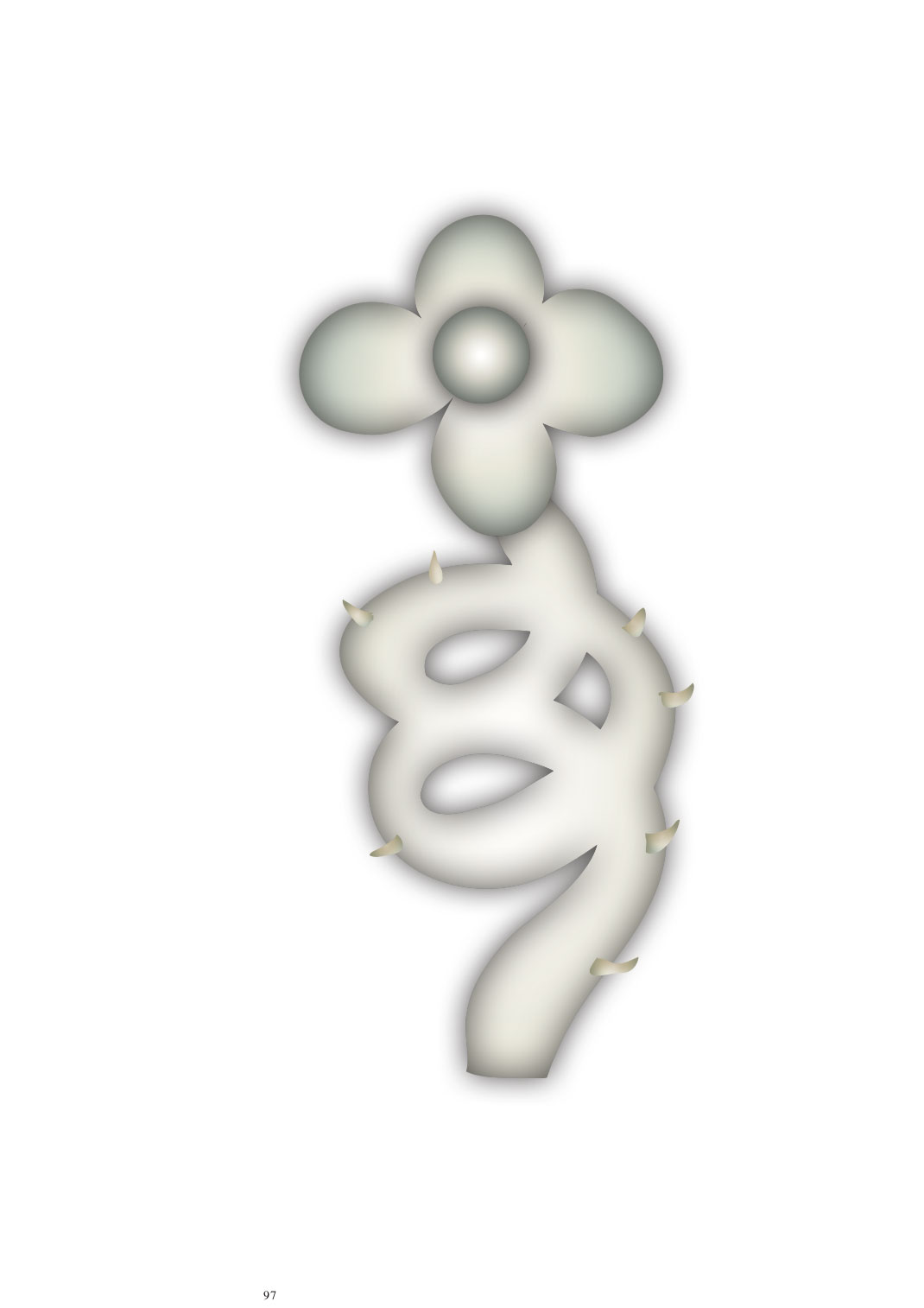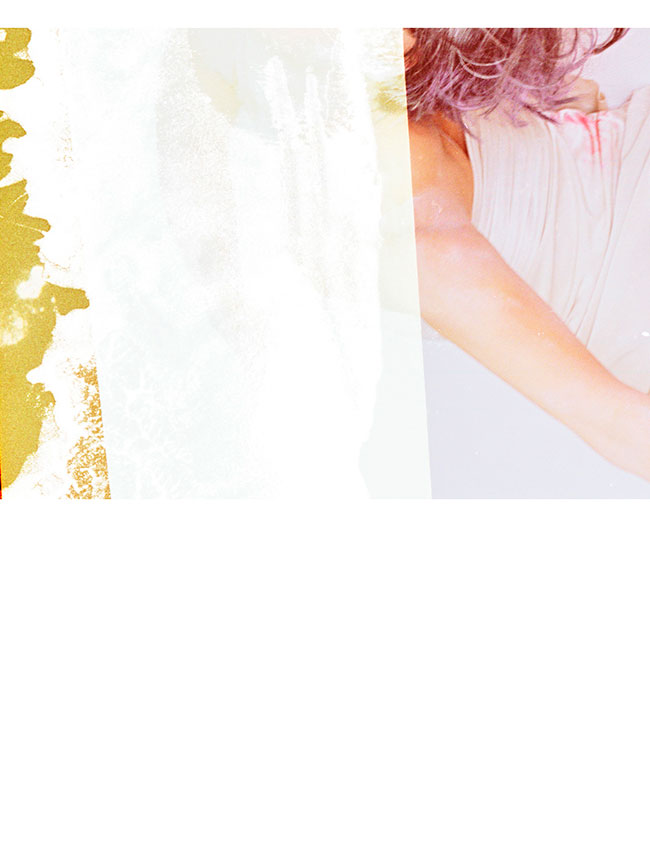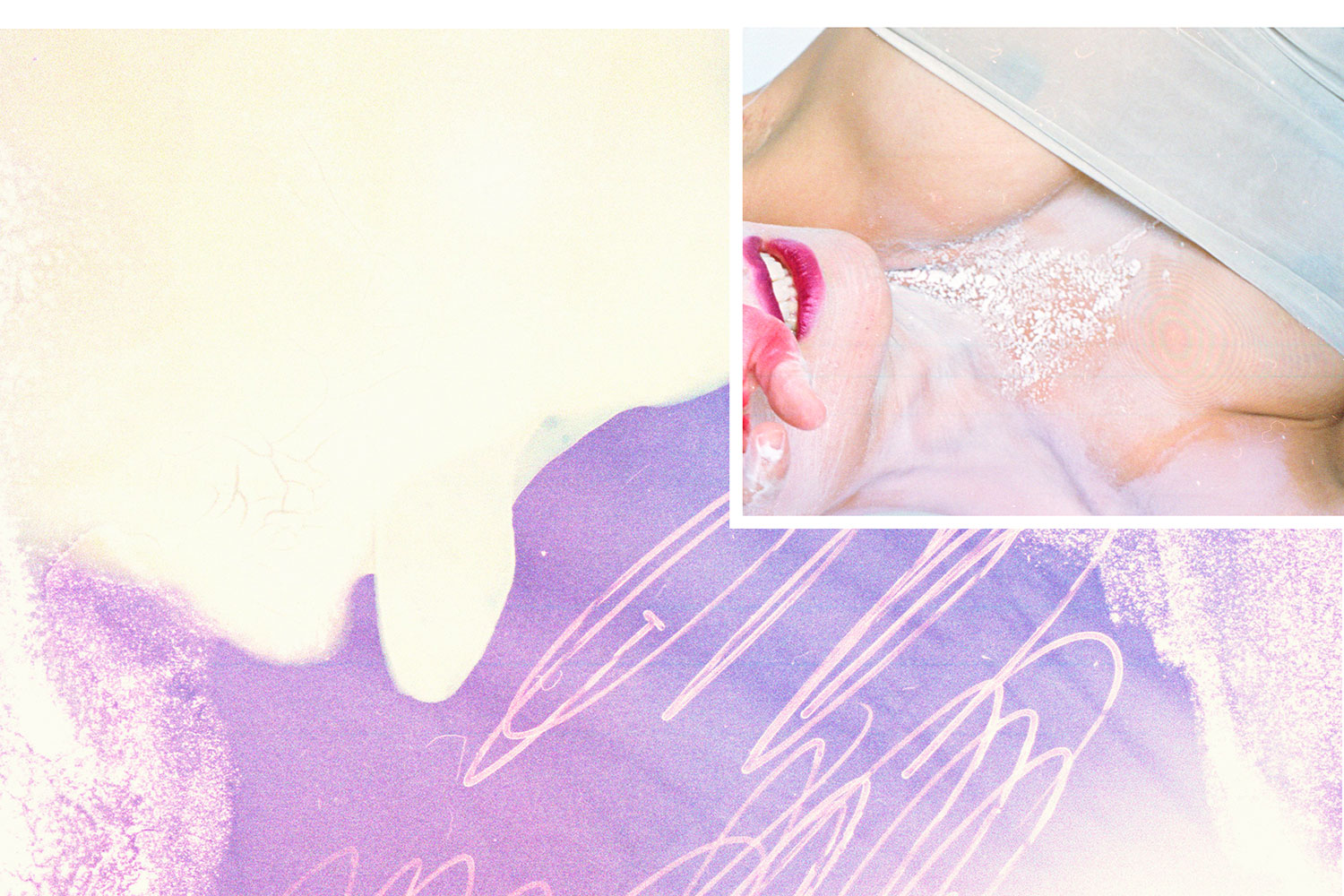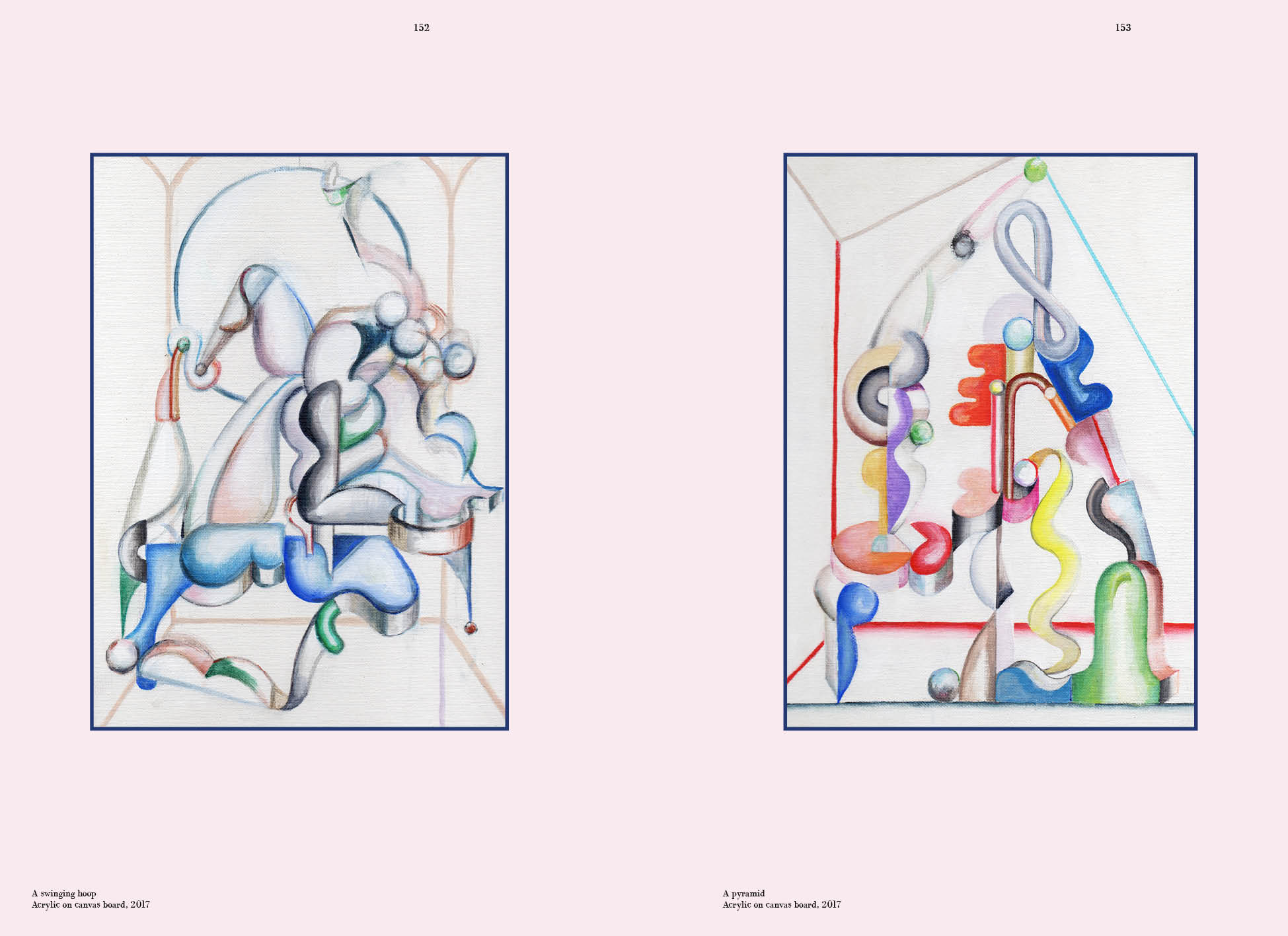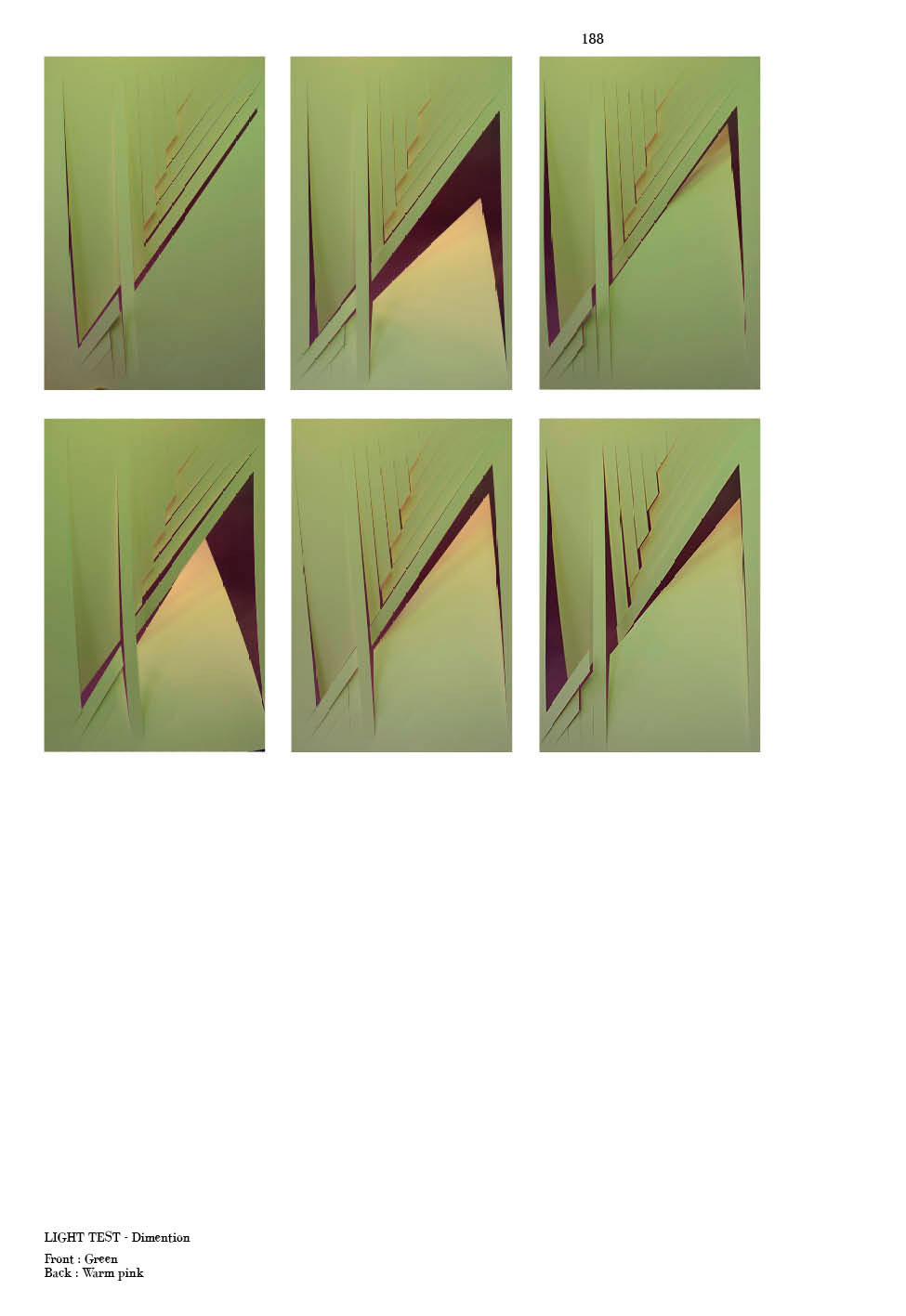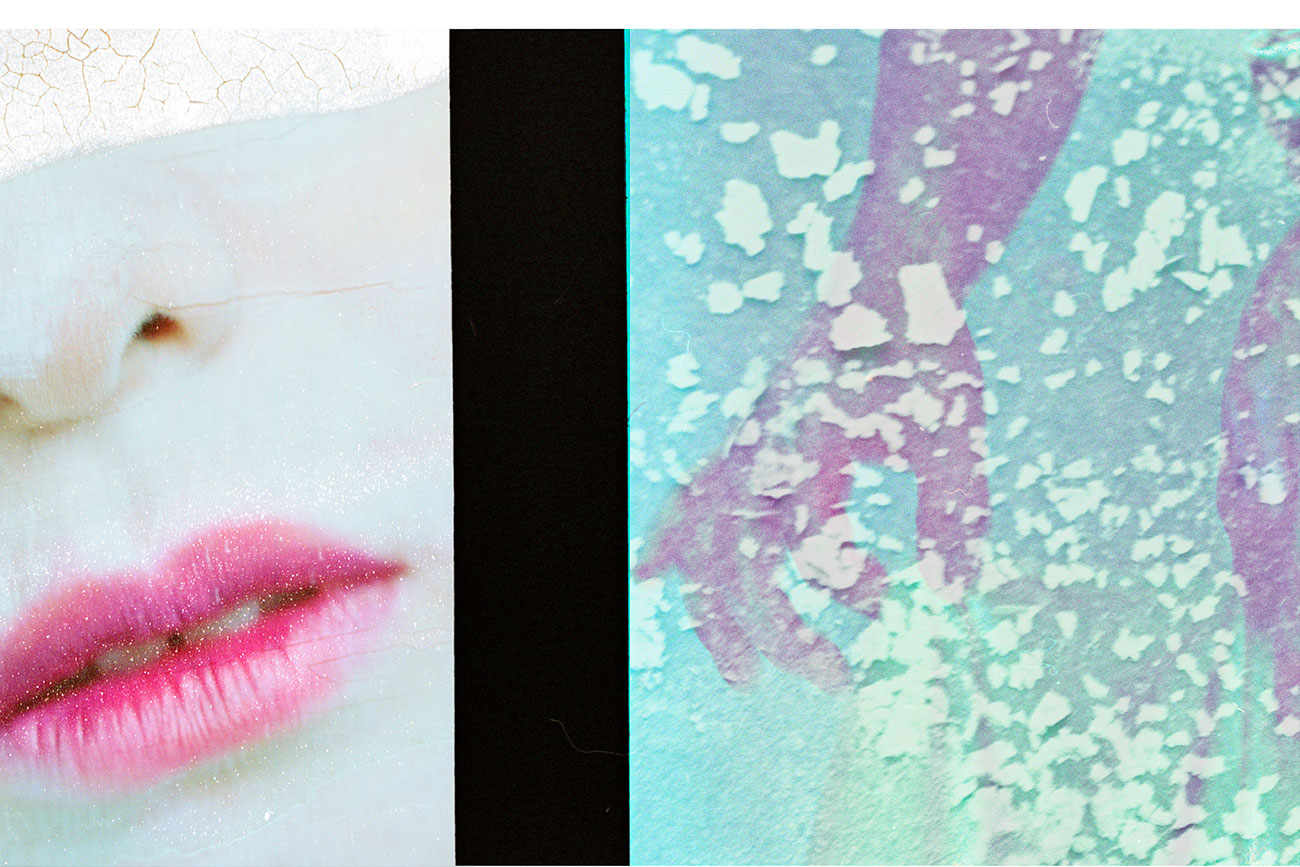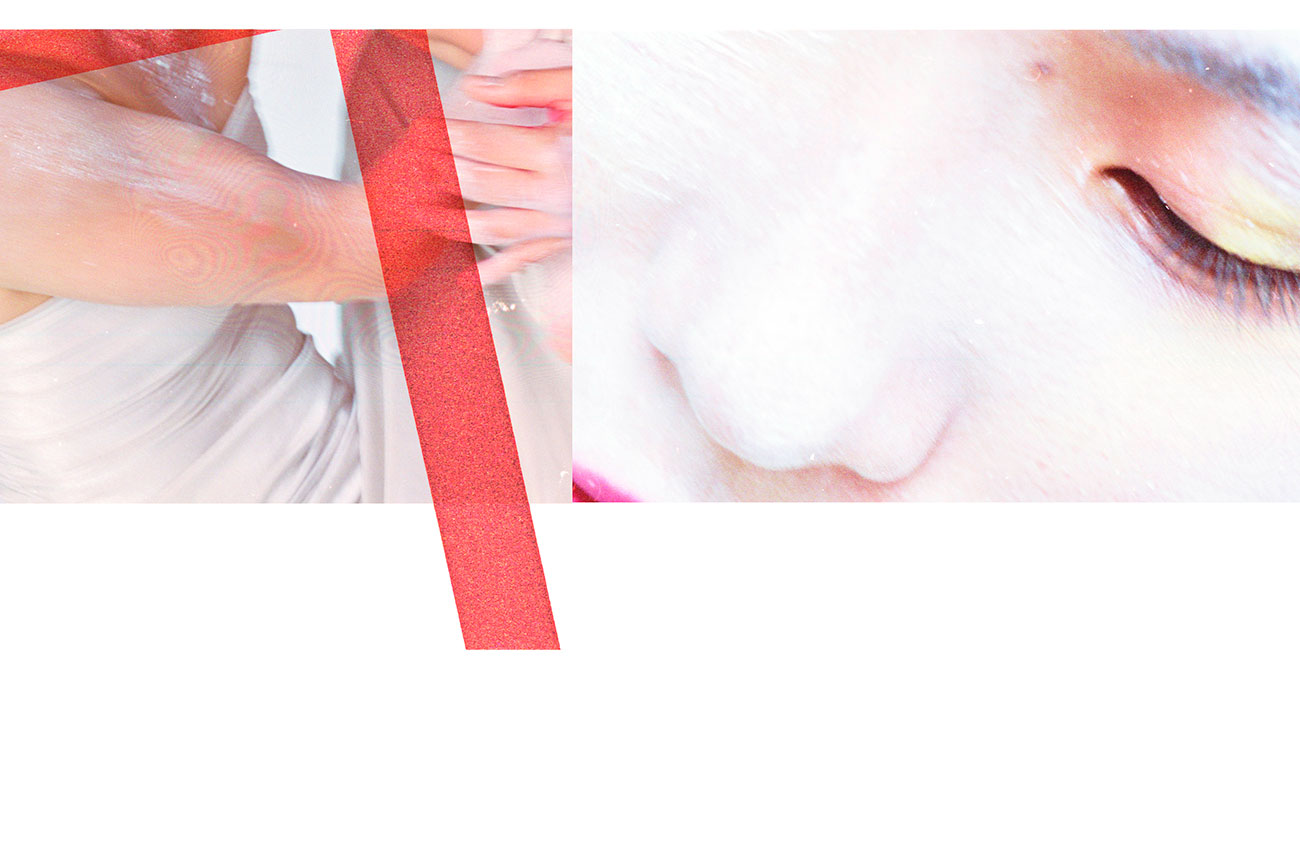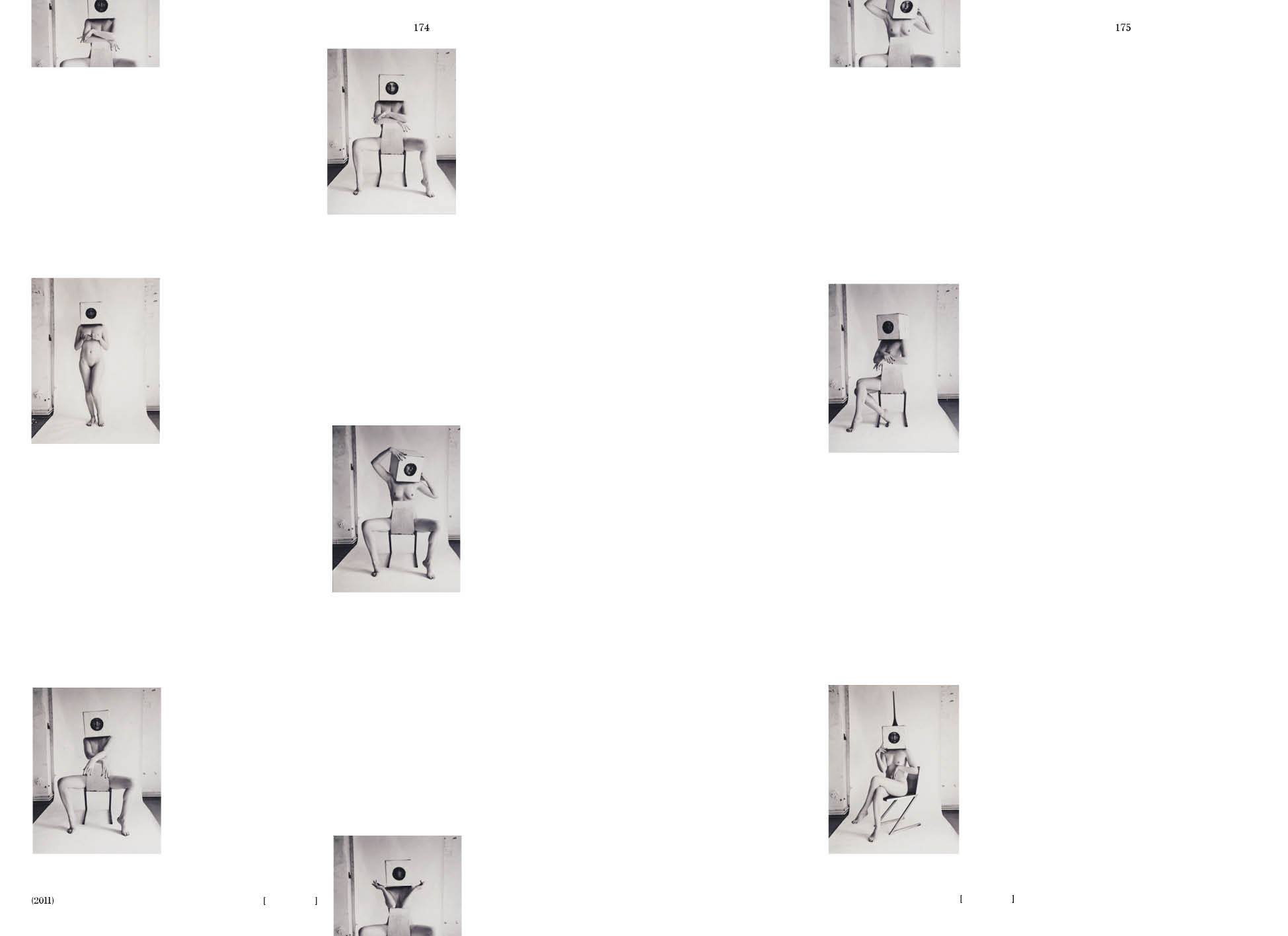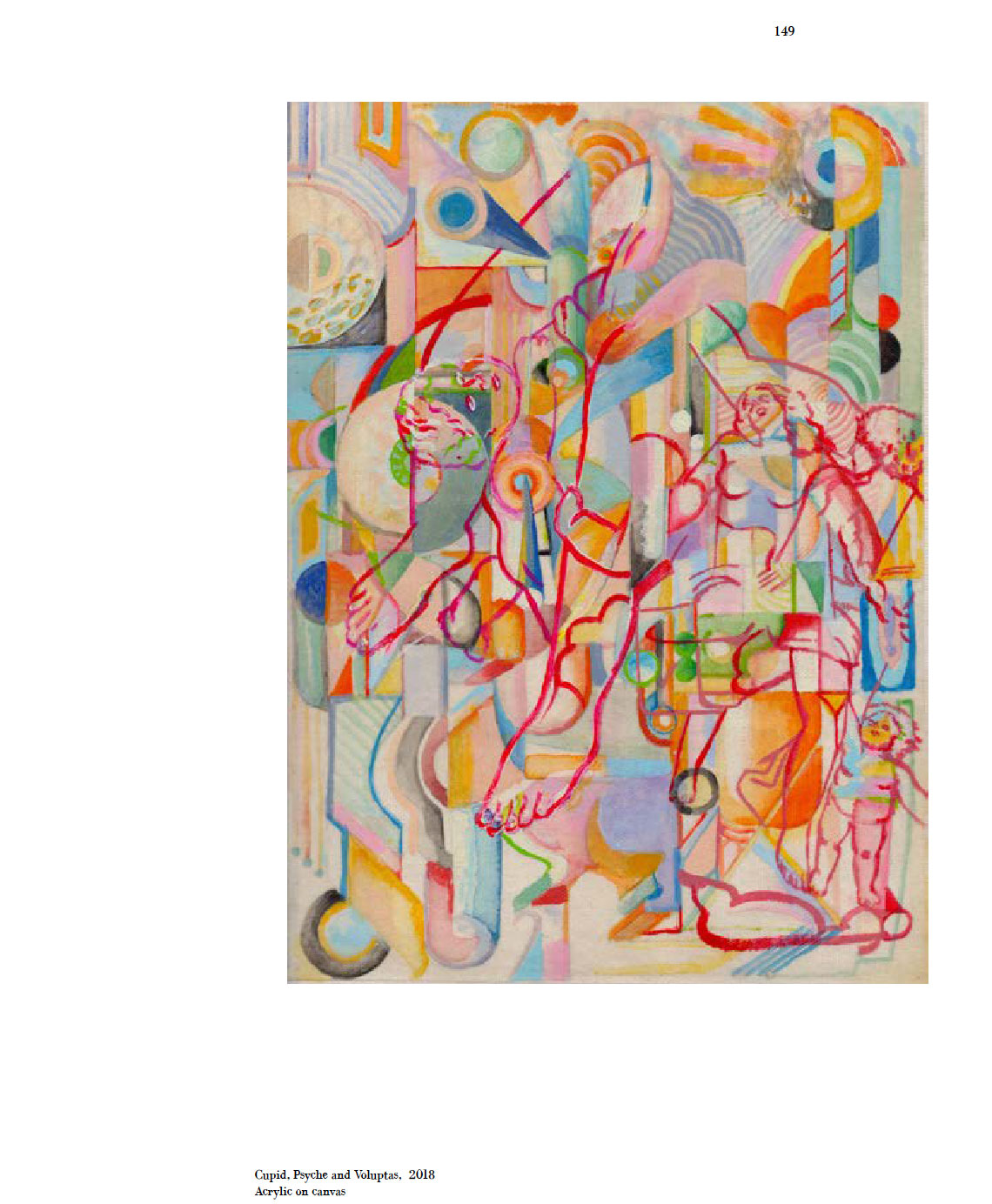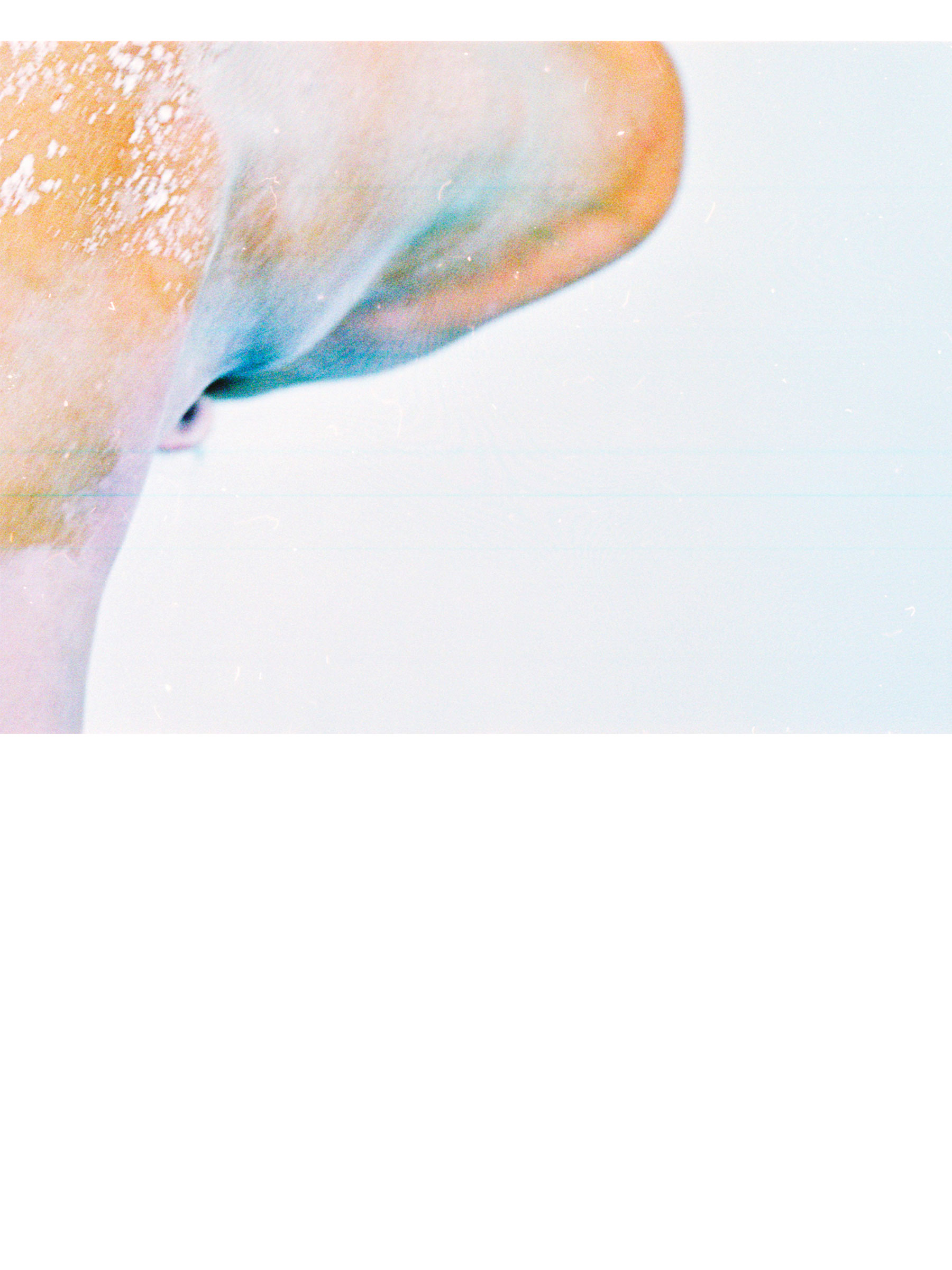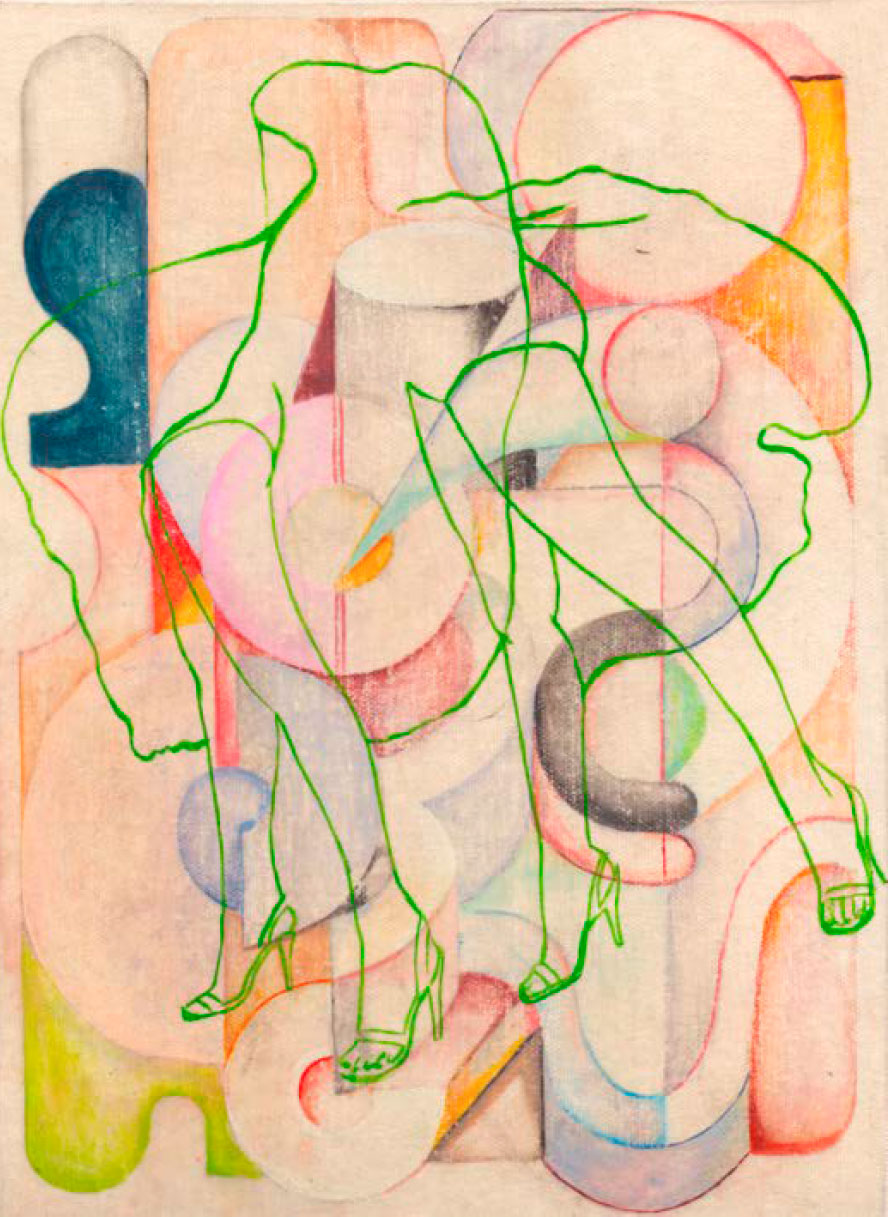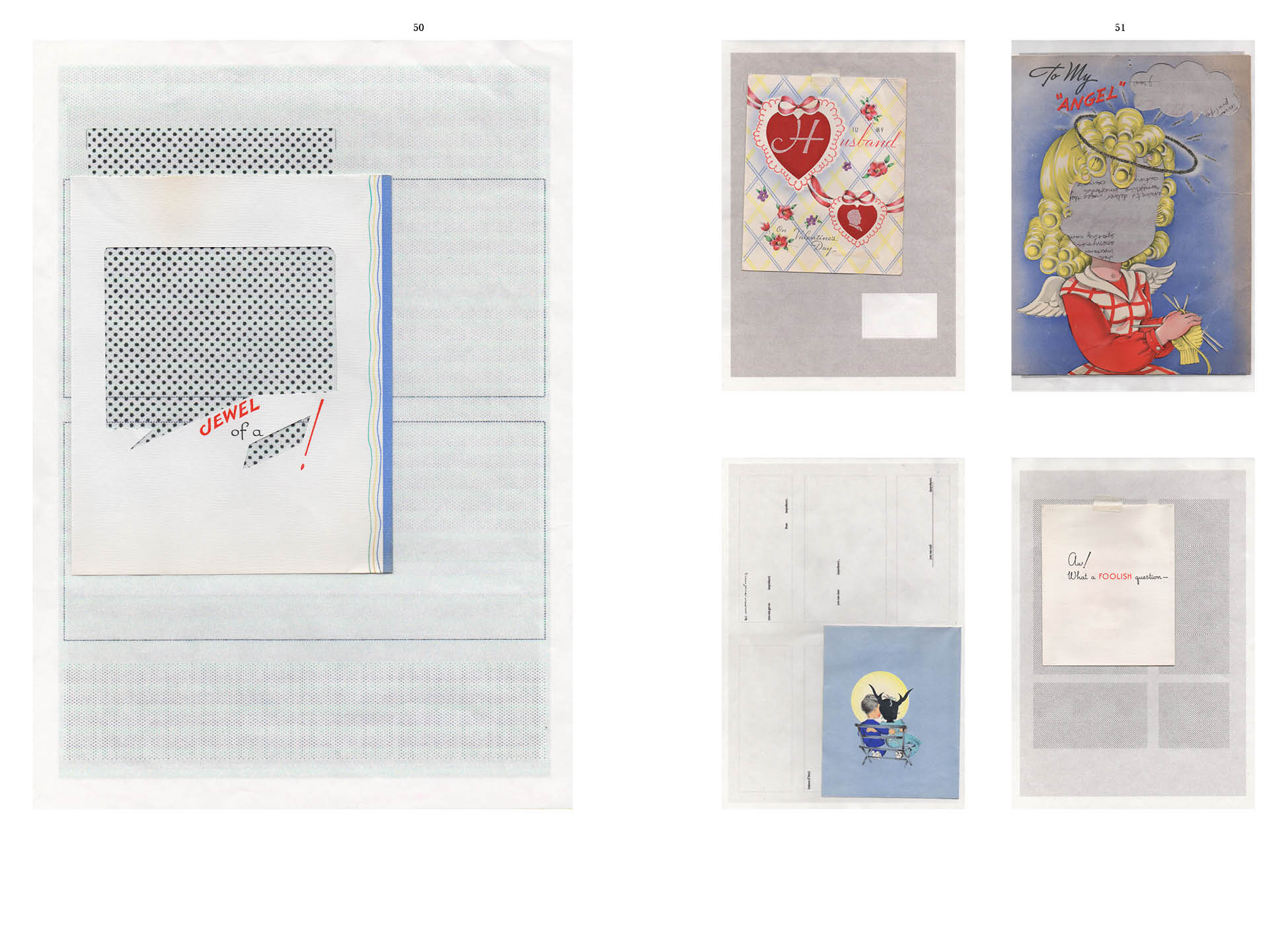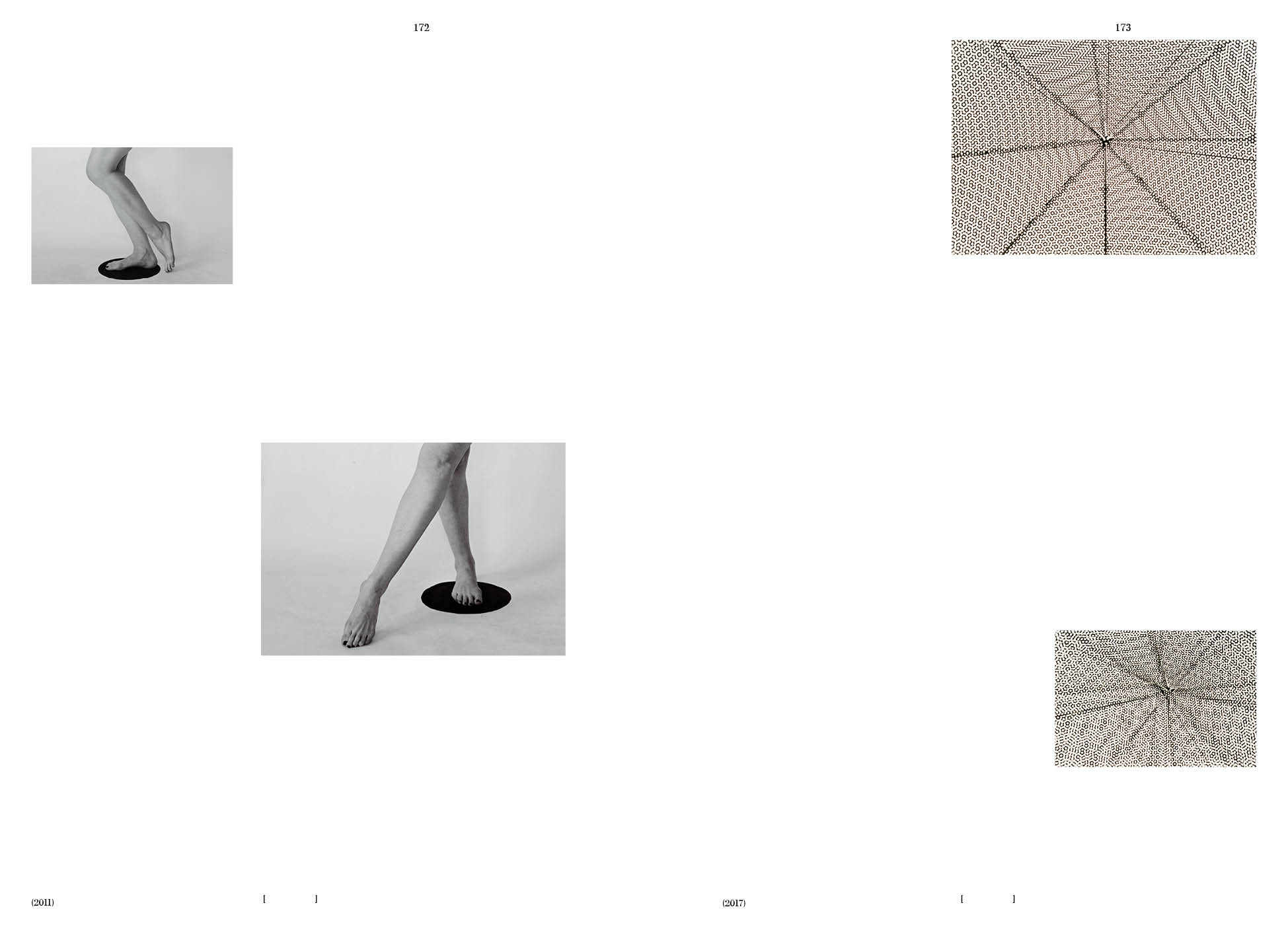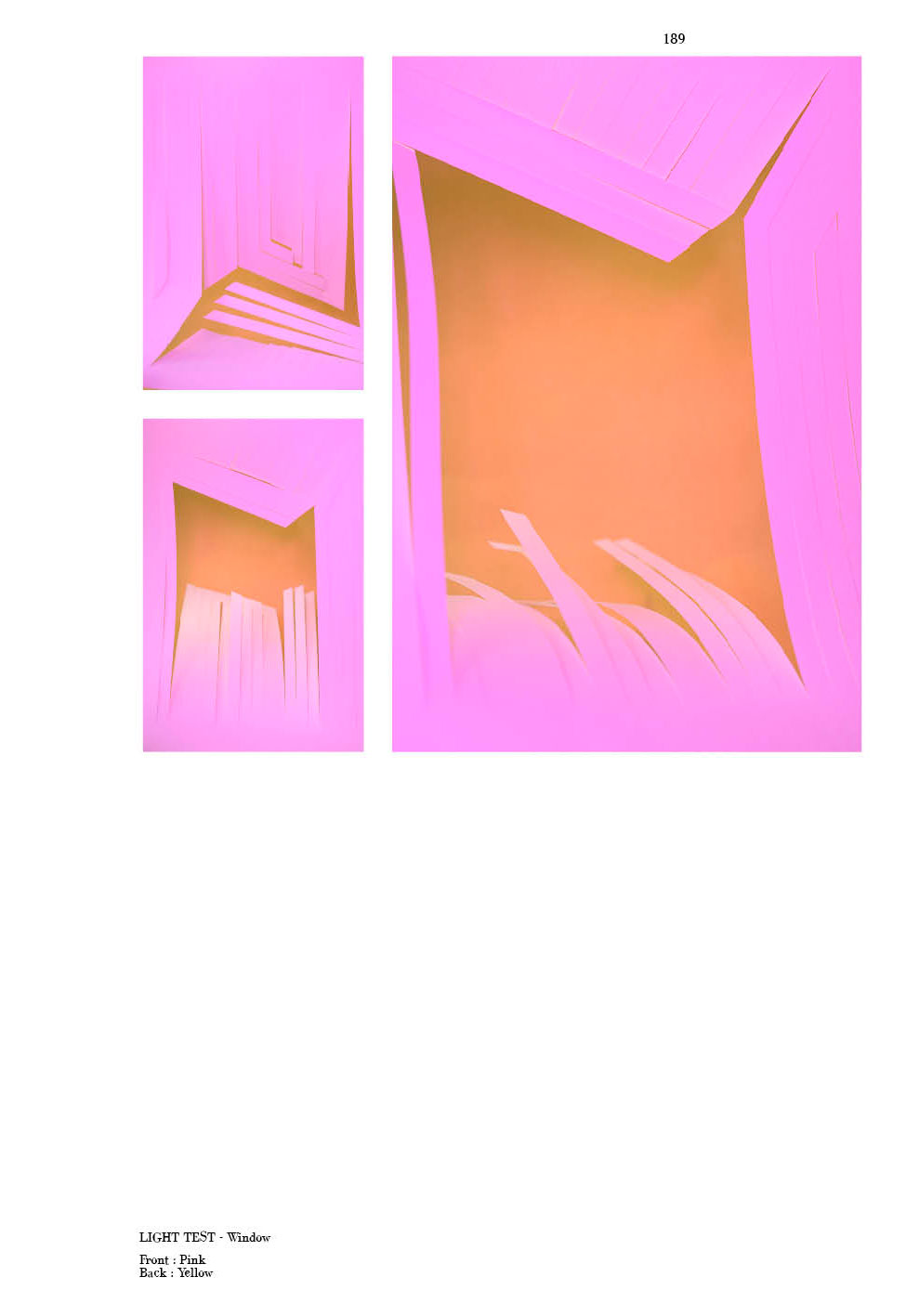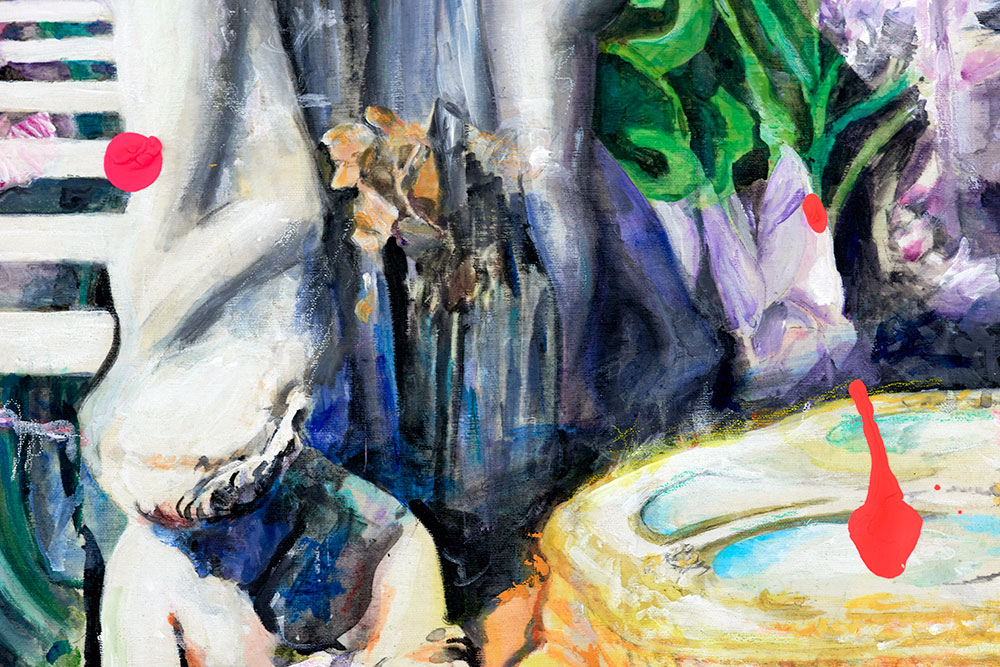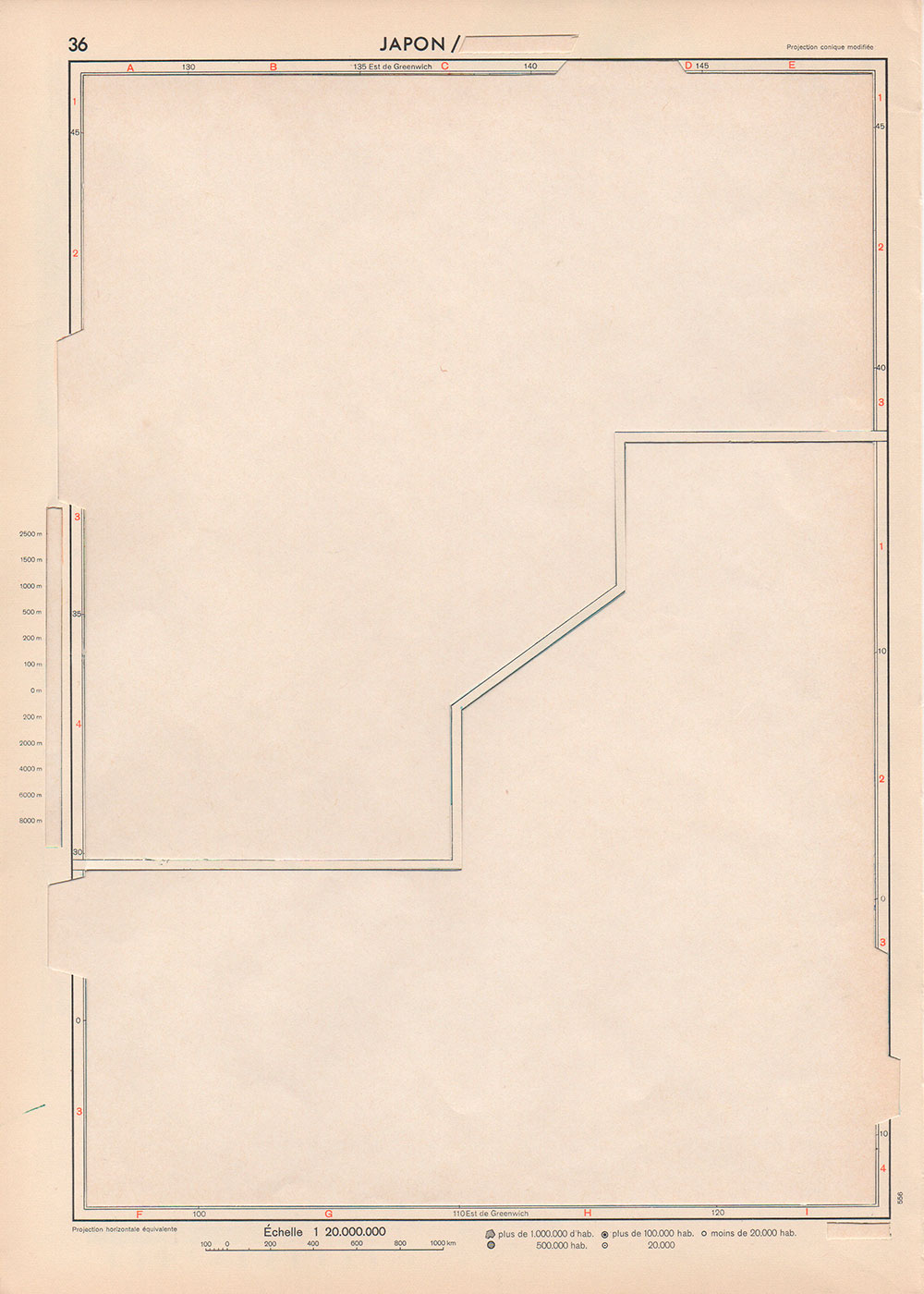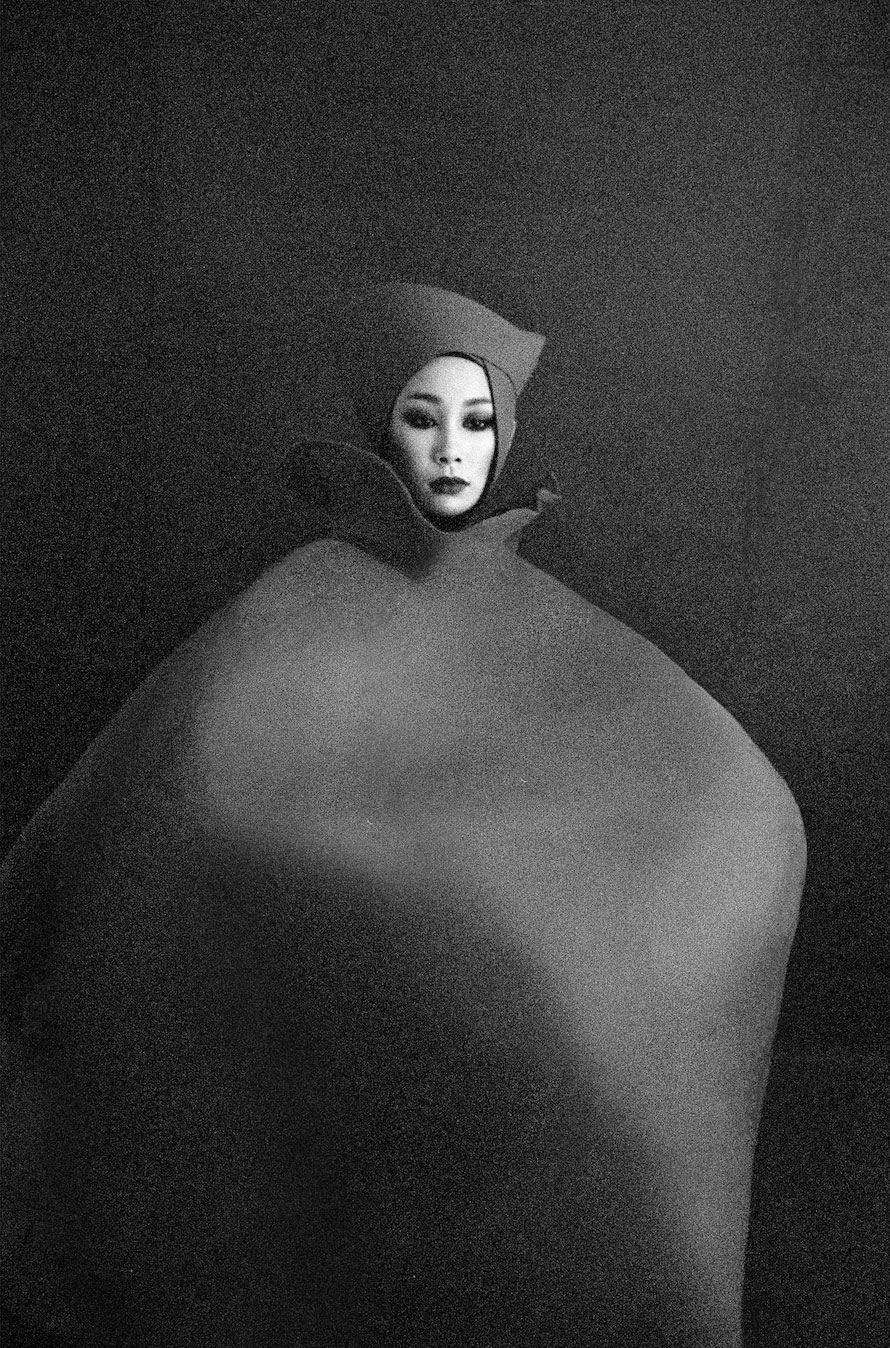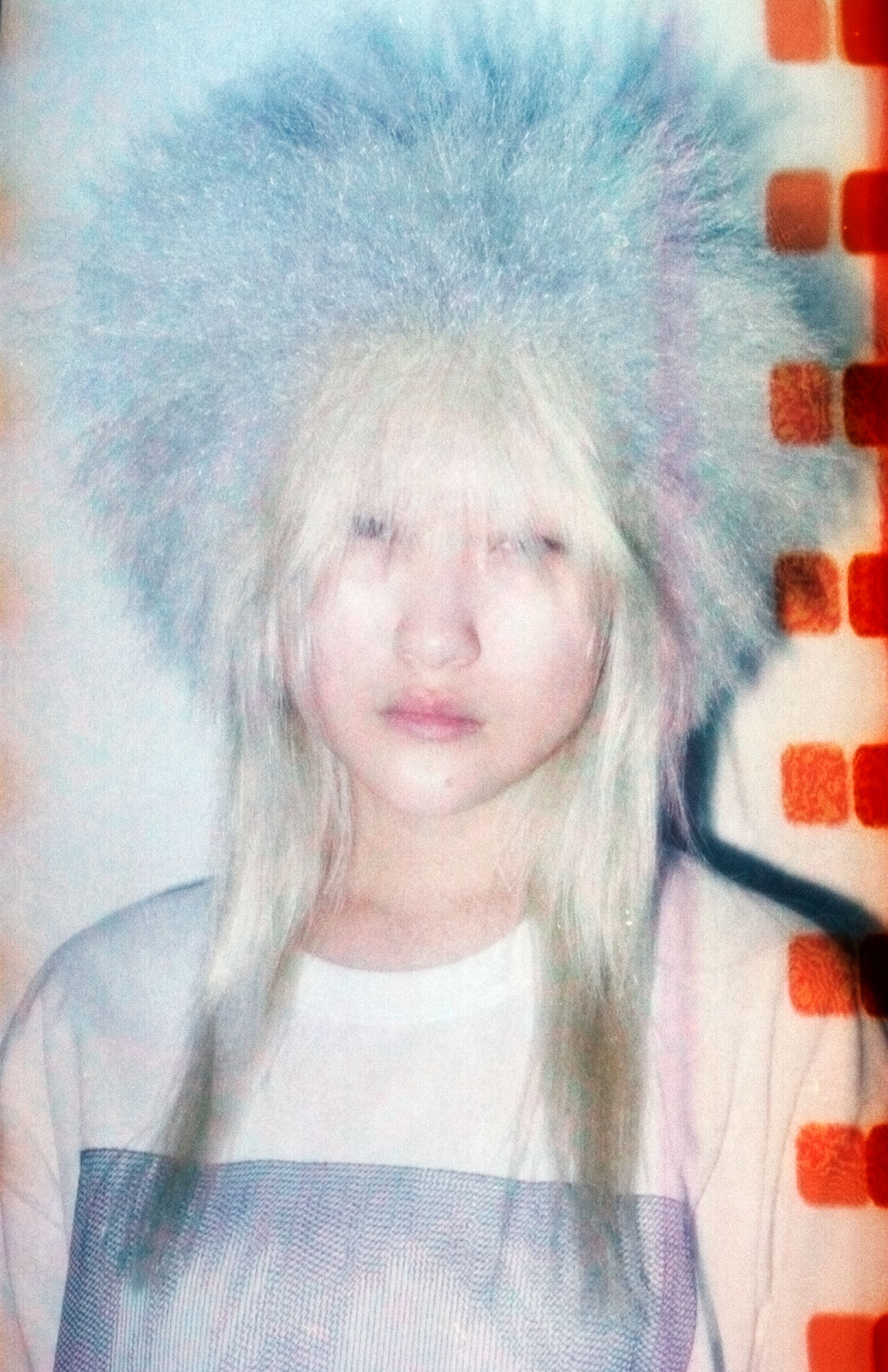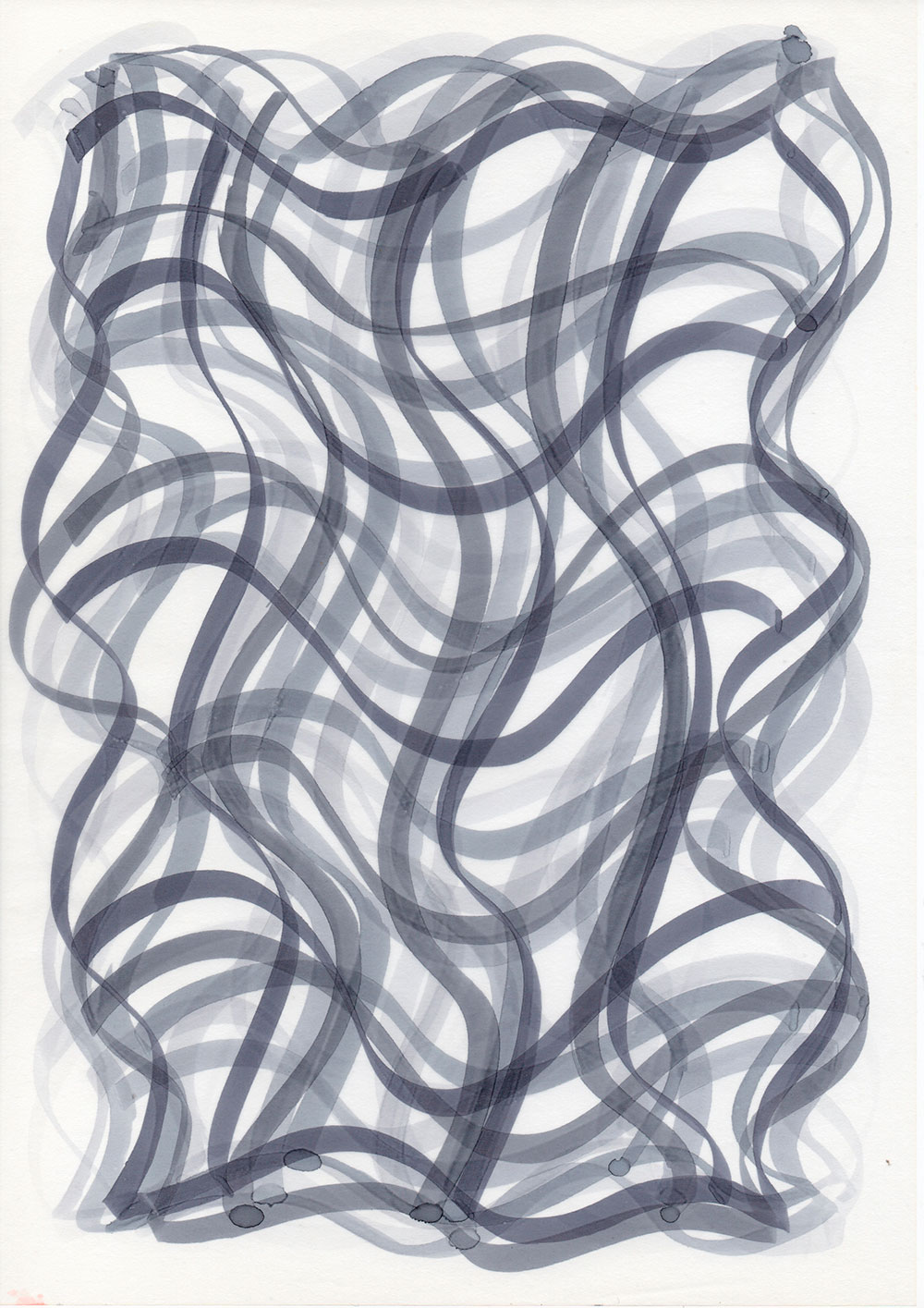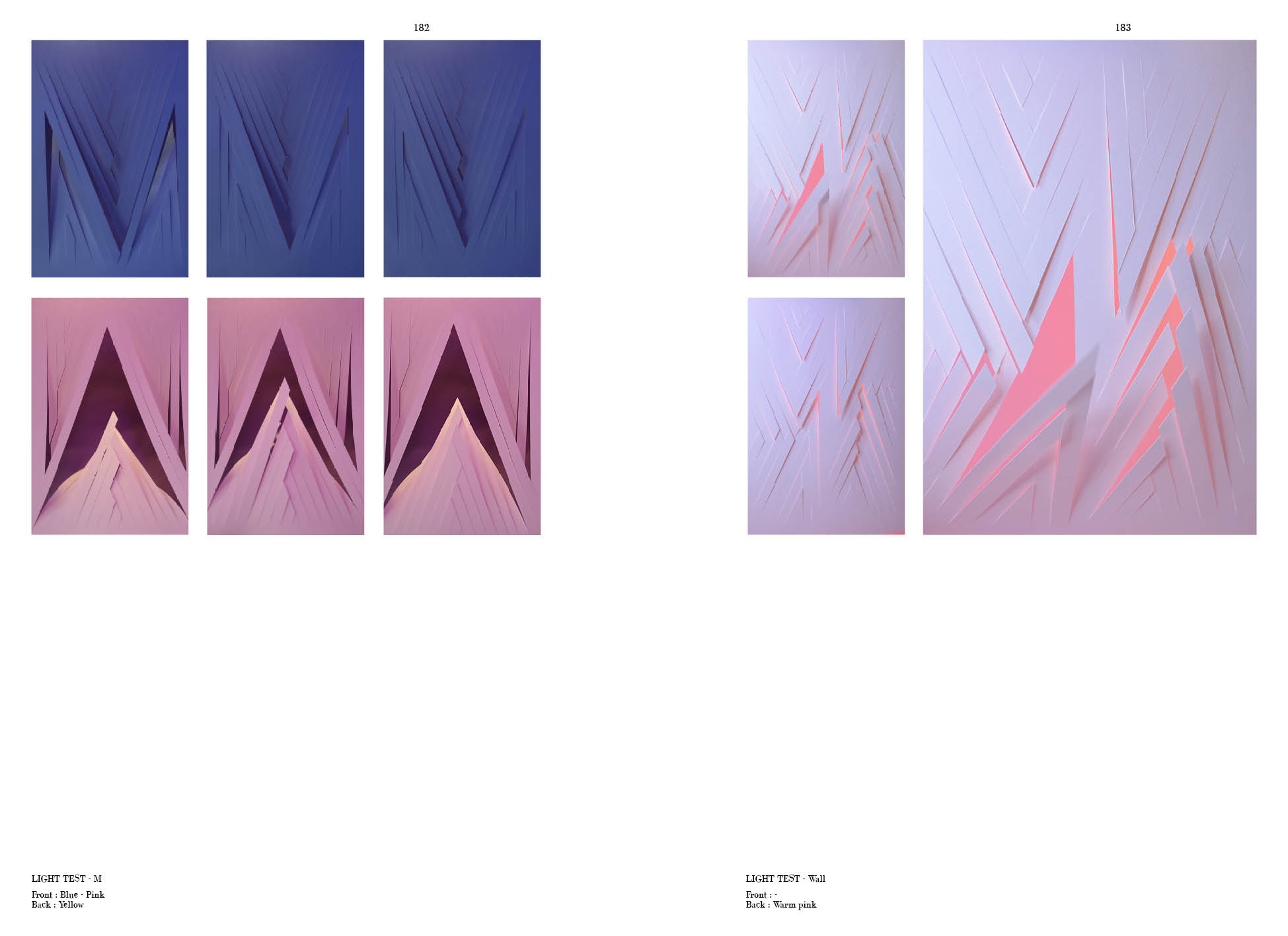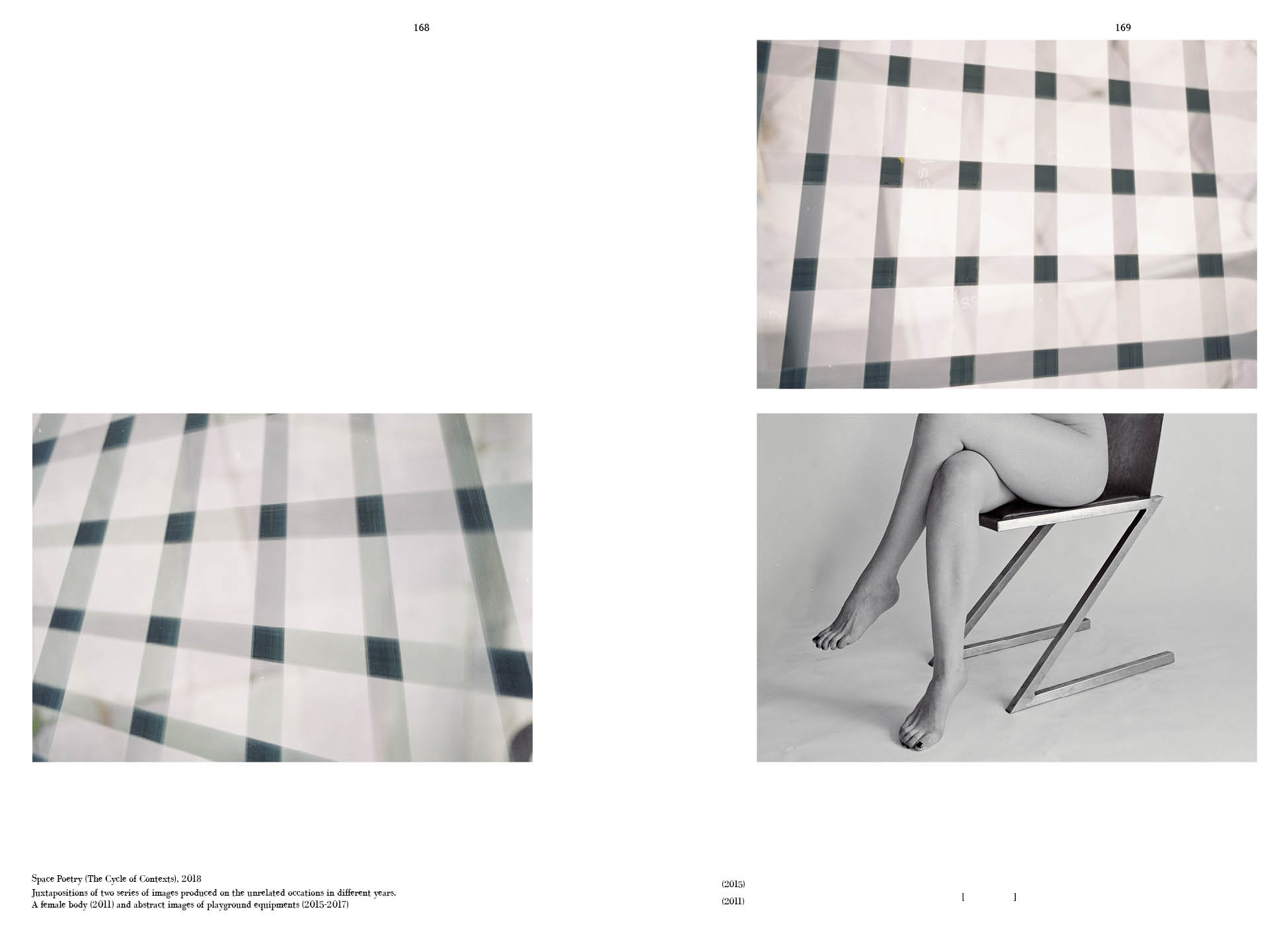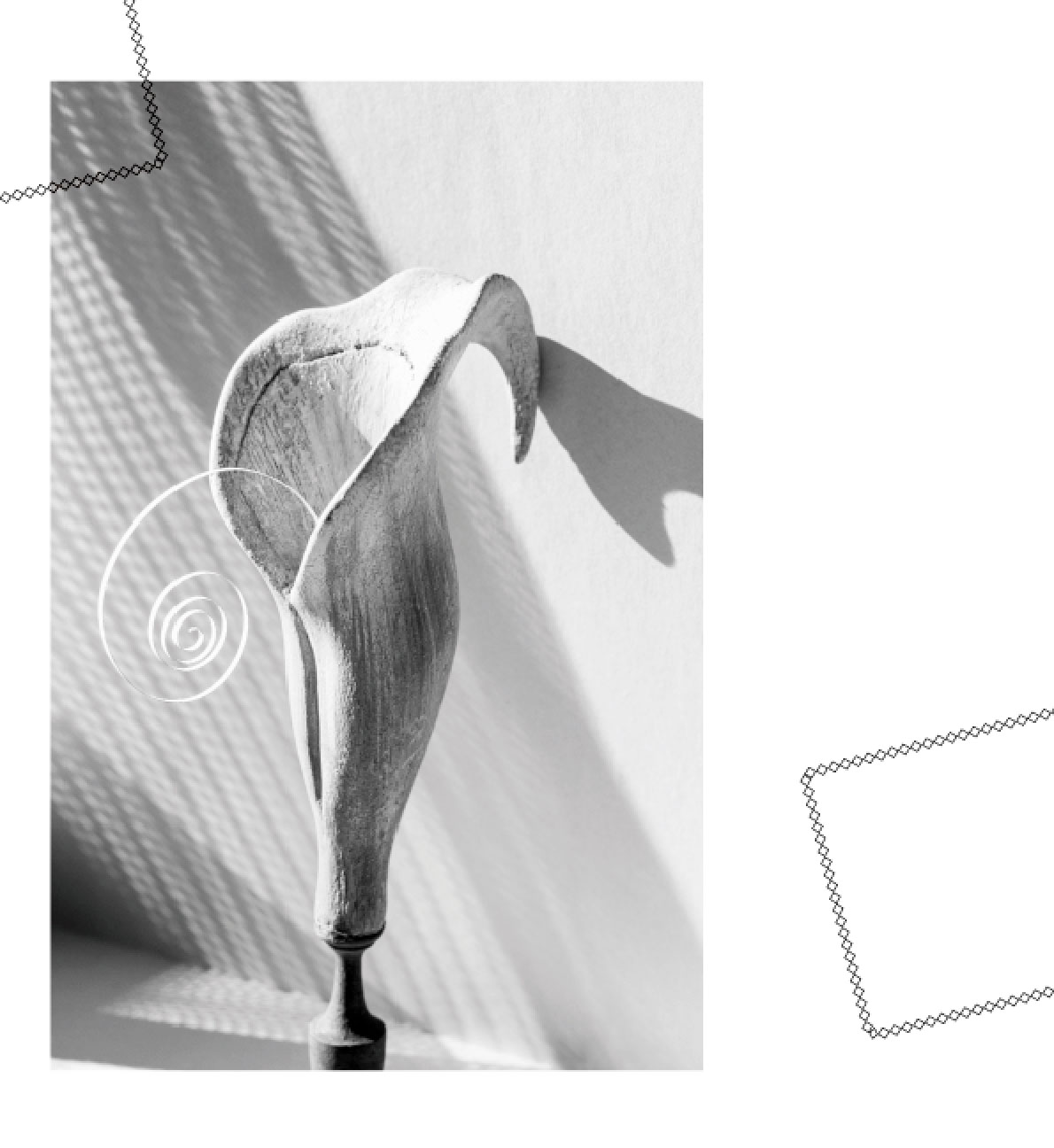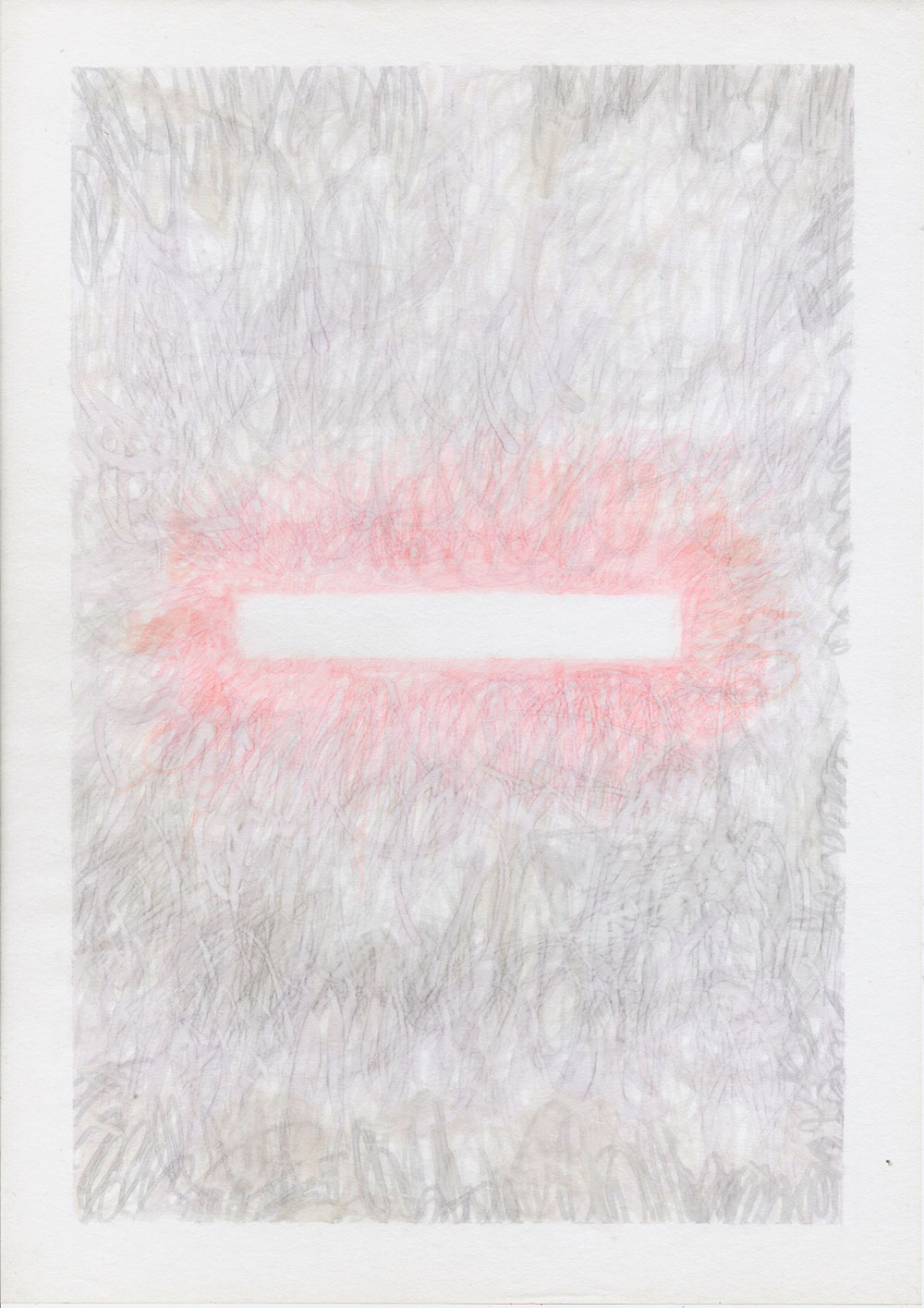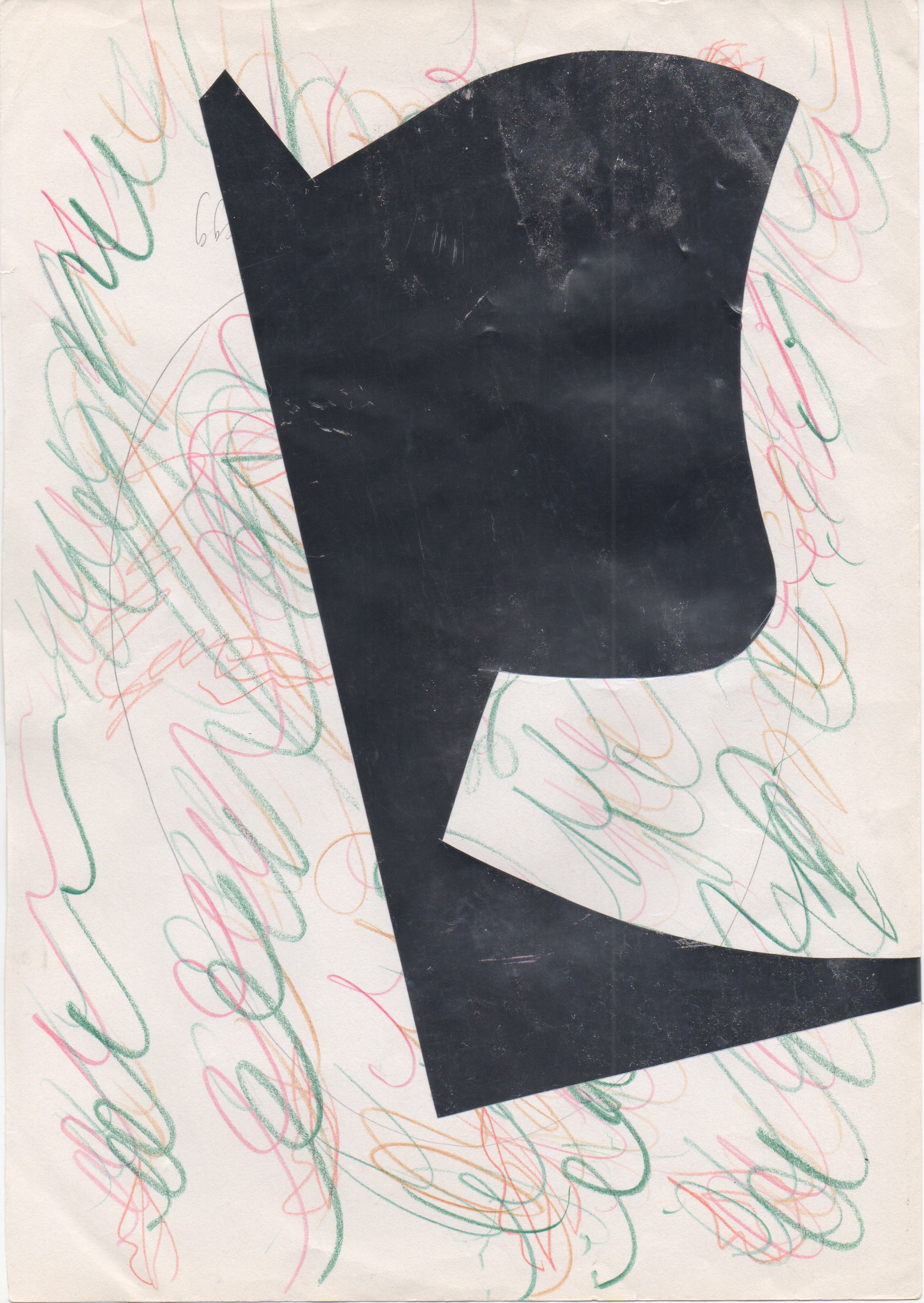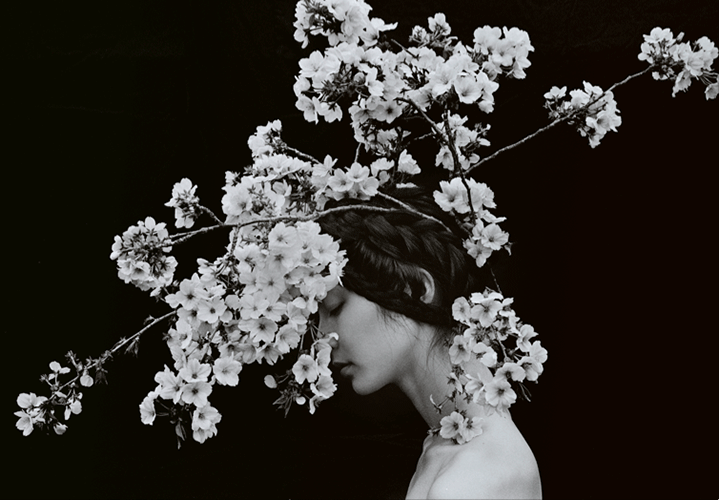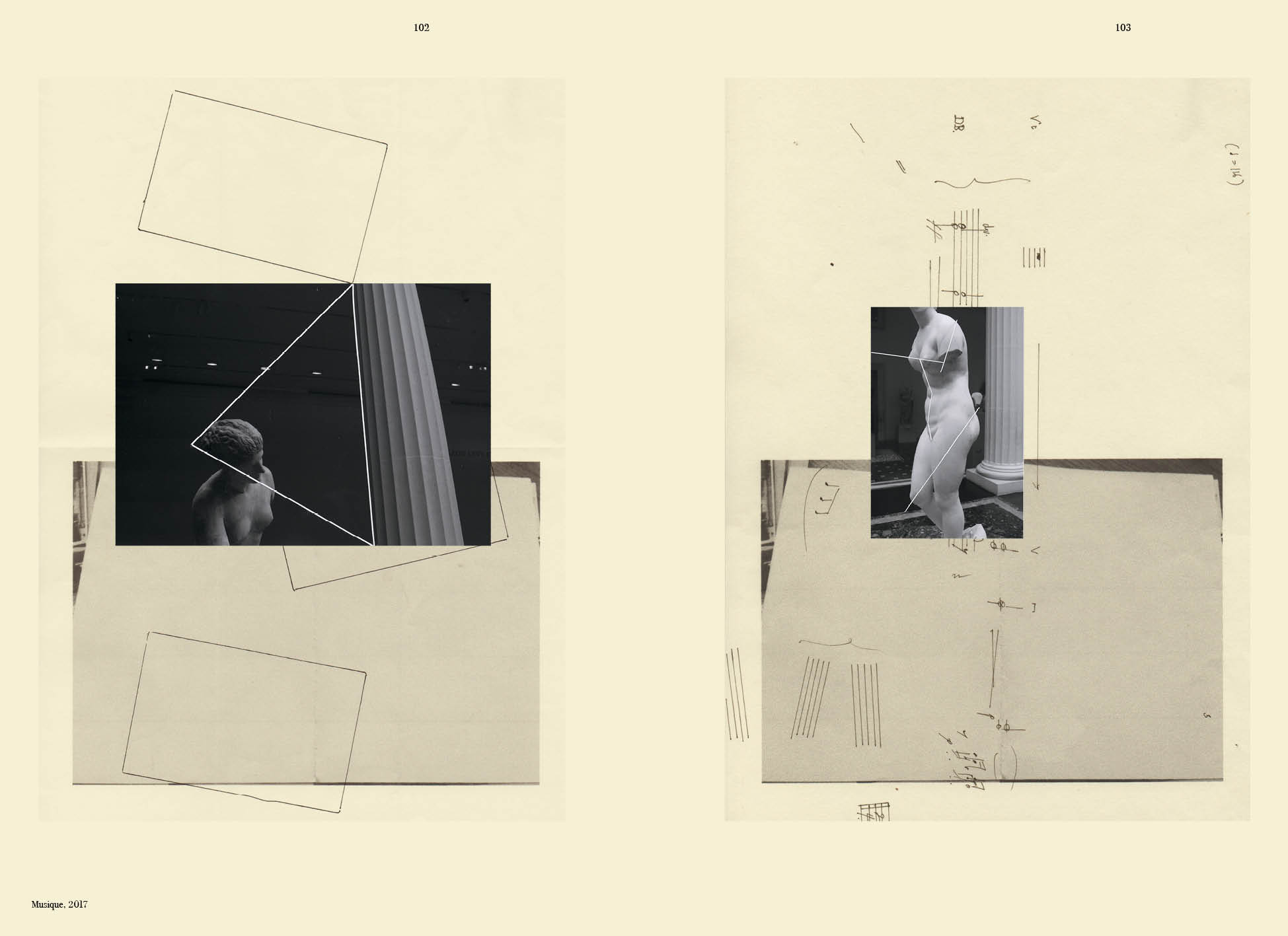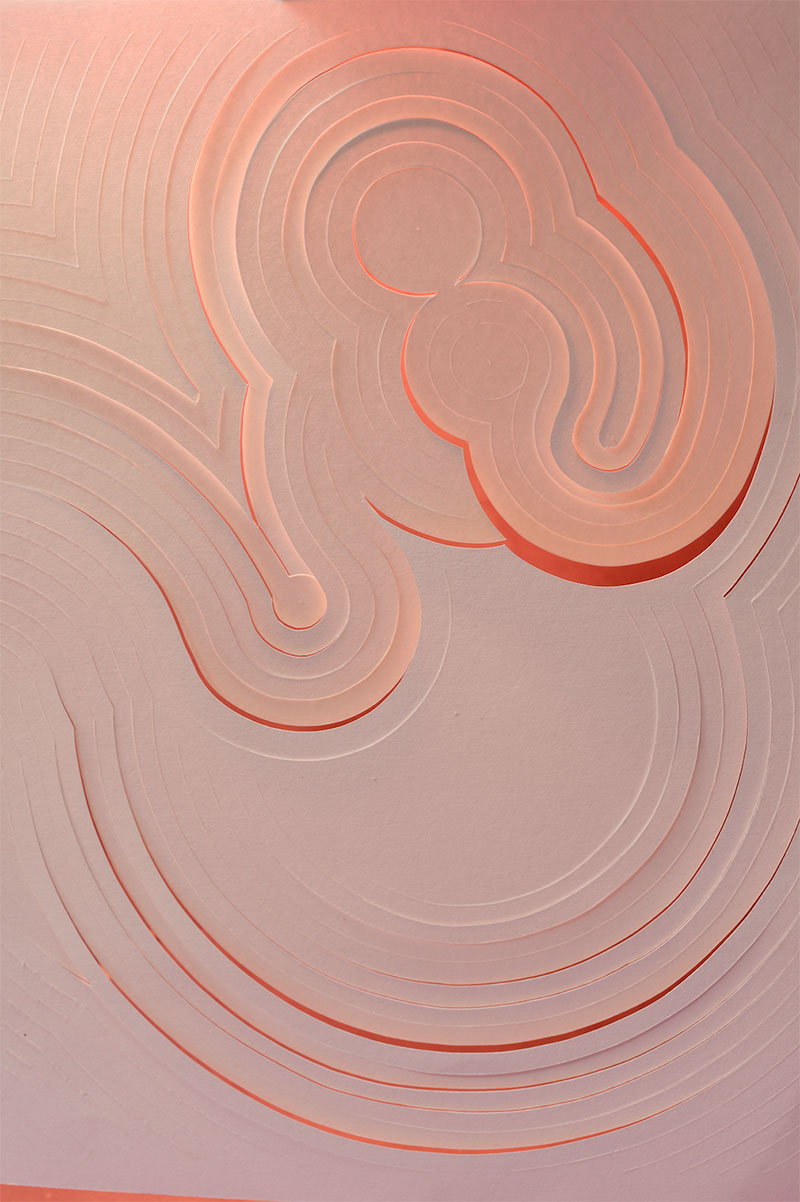The idea behind the word “memorandom” is very apt for our times: we collect pictures, quotes and texts on our computers, mobile devices and so on, and your format of saving your personal inspiration and works into a diary also makes me think about collecting images on digital platforms. What inspired you the idea behind “memorandom”?
We all collect fragmented images and texts – at least I do so. “memorandom” is 99% made of my own work, plus there is a 1% composed of objets trouvés, slides that I found in a market and that I wanted to include. The concept behind the book is very simple: I wanted to make my daily work, ideas, thoughts, memos, doodles, sketches, intuitive photography and inspiring quotes more substantial by compiling them in a volume. When your materials are spread all over the place, you eventually forget about them or your lose them. But collecting them in a book format means that they become a visible and tangible album of memories and stories. It is strange, but I recently felt my eyes and mind were engaged in a constant recollecting process: words, phrases and images have been incessantly keeping on coming back to my mind. I've been replaying them as if they were a mental script or film, an internal dialogue, both conscious and unconscious. I felt there was a possibility to expand and develop this personal dialogue, to give importance to these random elements and turn them into a compelling narration.
Do you feel that the book format suits better to your modus operandi, even in today's fast-paced digital world?
Nowadays when you work as a photographer most of the images you take are left as data in devices like a computer. They are not tangible, but invisible entities that exist in a hard disk that may break, making us forget those moments and those stories. It is surely handy to have your images in such formats as you can share them easily with other people, but I feel books are tangible entities that will always be with us, they can be stored on a shelf and you can always go back and leaf through them. I feel this is also a personal process that allows me to discover more about myself.
In “memorandom” you introduce an important creative concept - the possibility of dissent, mischief and disorder. Do you feel that sometimes these ideas are being forgotten in a world that constantly tries to tell us to conform?
I think that society requires us to constantly change ourselves and adapt in some ways, but life is not easy and each and every one of us has got their personality. We tend to keep ourselves busy with tasks and purposes. As a consequence, being true to ourselves becomes harder. I needed a place where I could work with no purpose or with no specific concept. “memorandom” is my personal way to stay true to myself, and put a disordered order to my random thoughts.
How would you describe “memorandom”? Is it a diary, a fragmented notebook, an insight into your working process or your personal visual Wunderkammer?
It’s everything of the above, but it is first and foremost a personal insight into my working process. Even when I call it a “random mix and match mash-up image book”, I realize I'm not carelessly putting things together. It has indeed taken me a lot of time to design it in a precise way. I would say that the process of creating and designing this book is an insightful act and a personal training for me.
interview by Anna Battista, October 2018






















